The LG UA7500 with an IPS panel also presents itself as a television primarily designed for everyday use. SDR content looks acceptable on it, upscaling and image processing are at quite a decent level, and webOS, as always, offers a lot of freedom – from YouTube to Netflix, as well as USB recording and AirPlay support. Similarly to the VA version, here we also find a set of features for gamers that may please the casual console user – ALLM, VRR in the range of 48–60 Hz, and Game Bar. This means that even despite hardware limitations, one can comfortably start their favourite game after work or school. The biggest advantage of the IPS variant is the wide viewing angles – the image retains its colours even when viewed from the side. However, the price for this is a significantly weaker black, which resembles dark grey more than deep pitch black, so this screen is best viewed in well-lit conditions. HDR is not a strong point of this model either, as its low brightness and limited colour palette greatly "flatten" it. But if we are looking for a television for everyday entertainment – news, films, series, or YouTube – the UA7500 performs this role quite well. It is a "regular" in the best sense of the word: cheap, simple to use, and with a system that provides really plenty of possibilities.
- Matching (Score)
- Our verdict
- TV appearance
- Where to buy
- Contrast and black detail
- HDR effect quality
- Factory color reproduction
- Color reproduction after calibration
- Smoothness of tonal transitions
- Image scaling and smoothness of tonal transitions
- Blur and motion smoothness
- Console compatibility and gaming features
- Input lag
- Compatibility with PC
- Viewing angles
- TV efficiency during daytime
- Details about the matrix
- TV features
- Apps
- Playing files from USB
- Sound
LG UA75006LA (IPS) vs LG QNED86A / QNED85A / QNED87A
Direct compare
QNED85A / QNED86A / QNED87A / A6A / A6B / A6C
Available screen sizes: 43”
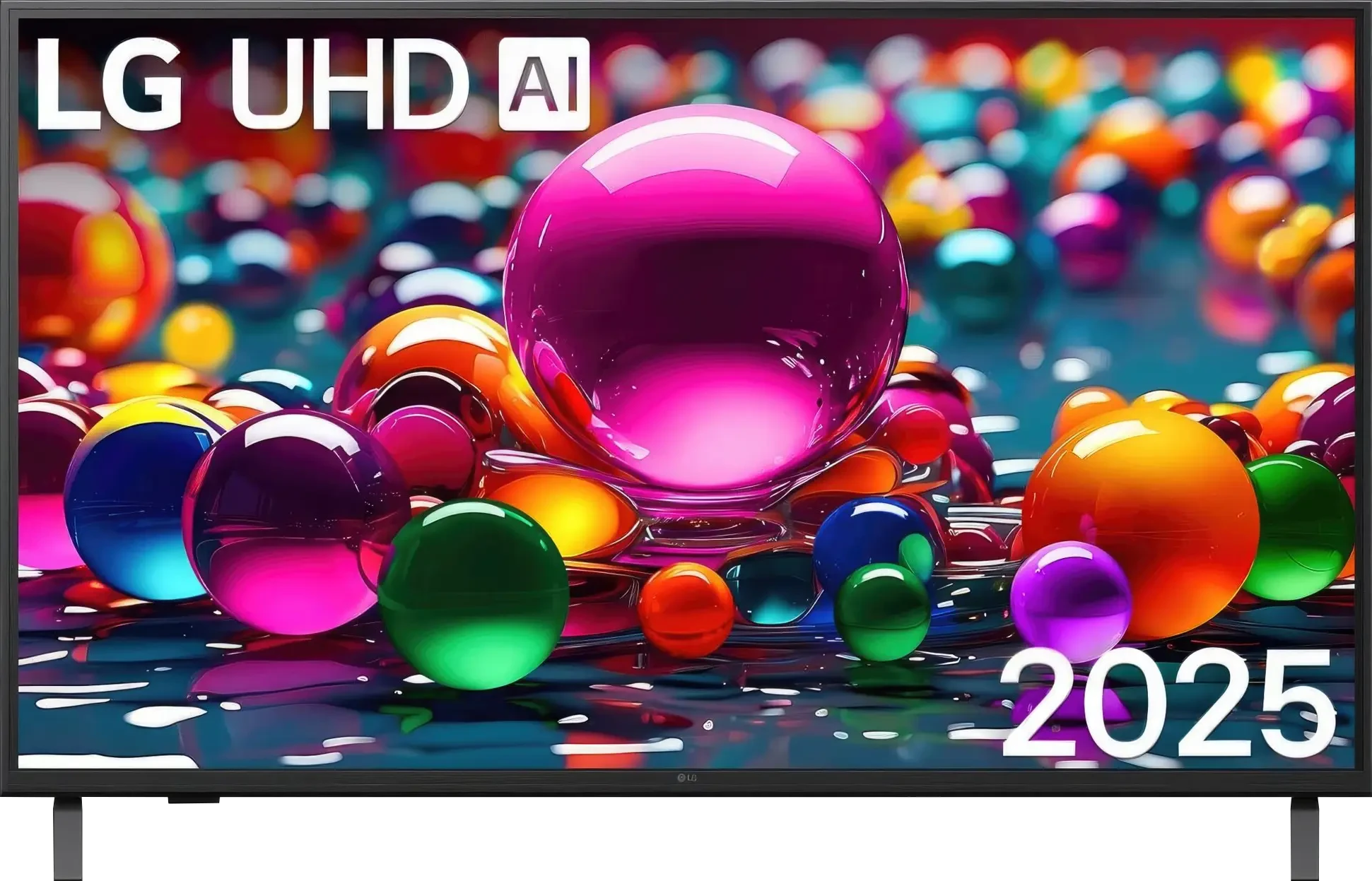
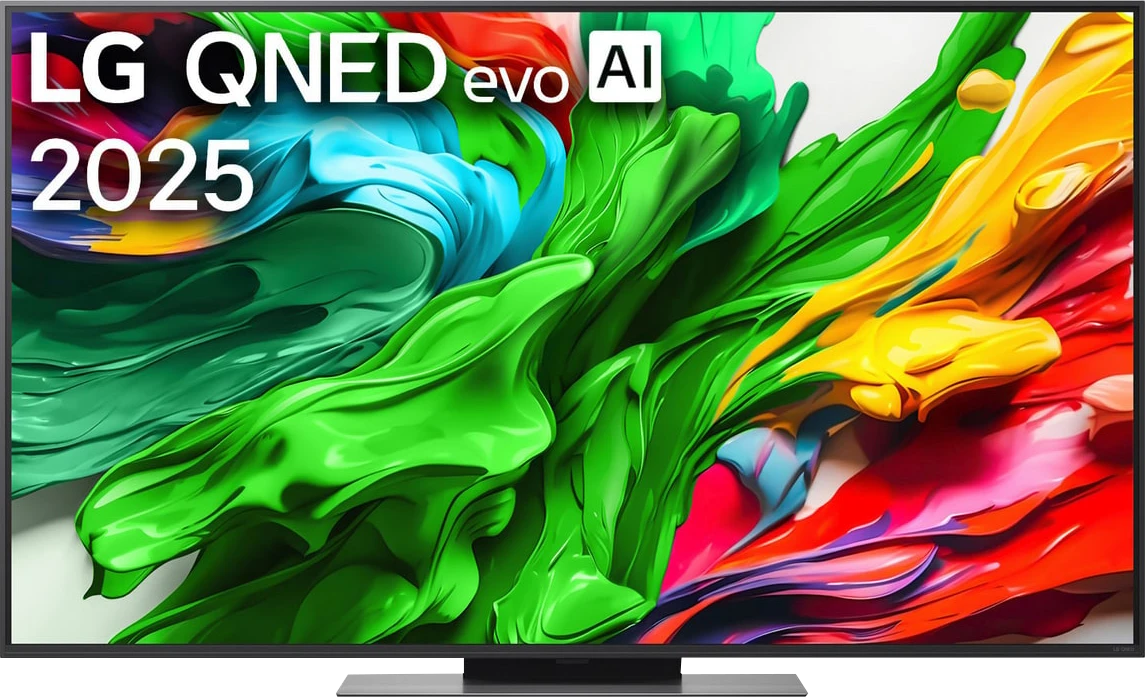
Panel type: LCD IPS
Resolution: 3840x2160
System: WebOS
Model year: 2025
Complete the survey to find out the result

Panel type: LCD IPS
Resolution: 3840x2160
System: WebOS
Model year: 2025
Complete the survey to find out the result

Overall rating
5.6
7.0
Movies and series in UHD quality
5.0
6.4
Classic TV, YouTube
4.8
6.1
Sports broadcasts (TV and apps)
5.1
7.1
Gaming on console
6.7
8.3
TV as a computer monitor
6.0
8.0
Watching in bright light
4.0
5.8
Utility functions
7.0
8.4
Apps
9.1
9.1
Sound quality
6.0
6.0
Complete the survey to find out what fits your preferences
Advantages
Wide viewing angles, the image does not lose colours as much from the side
Very good readability of fonts when working with PC (chroma 4:4:4)
Ability to record to USB from built-in tuners
WebOS with a large selection of apps and support for AirPlay
Low input lag (below 10 ms)
friendly for the "casual gamer": ALLM, VRR (48–60 Hz), Game Bar, HGiG
120 Hz panel, good for sports and gaming
Very low input lag
Great for gamers (VRR, ALLM, HGiG etc.)
Complete set of HDMI 2.1 ports
Good compatibility with PC (excellent font readability)
Bright picture (around 700 nits in HDR), performs well in moderately bright rooms
Good viewing angles (IPS)
Support for Dolby Vision
User-friendly webOS operating system with Magic Remote and voice assistant
Ability to record programmes to USB
Disadvantages
Very weak black levels and low contrast (approx. 1000:1)
Low brightness (approx. 250 nits), image easily disappears in daylight
Absence of dynamic HDR formats (Dolby Vision, HDR10+)
Quite a plasticky casing and no Magic remote included
Very poor black levels and contrast due to the IPS panel
Lack of the advertised 144 Hz in PC mode
Aggressive "light bands" when local dimming is enabled (edge local dimming ruins evening movie sessions)
Confusion in model designations and versions – even televisions with the same name in different stores can have different stands (central or two feet) or frame colours, which can be very misleading when purchasing.
Our verdict
QNED86A6A is a television that truly does an excellent job in its price range when it comes to sports, gaming, and everyday TV viewing. The 120 Hz panel ensures smooth images and sharp motion, which both sports fans and gamers will appreciate. It also features low input lag along with a complete set of gaming functions such as HGiG, VRR, and ALLM. The television works just as well with a computer as it does with a console, so whether in the office or on a desk in the 43” version, it serves excellently as a work monitor. Another strong point is the webOS system. This is a fast, stable, and application-rich operating system that, paired with the Magic remote, offers very convenient operation. The new version of the remote is slimmer and fits better in the hand, while the on-screen cursor is a solution that many competitors lack. Additionally, there are classic features – USB recording, Bluetooth for headphones, and a full HDMI 2.1 set with eARC and Dolby Atmos support. This makes the televisions from the QNED85 series some of the most "multimedia" televisions in their class. However, there’s no point in mincing words; this model also has its significant flaws. Its biggest flaw is undoubtedly the contrast, or rather, the lack thereof. The IPS panel combined with edge-lit "mini-LED" is simply a very bad idea. The screen is just not suitable for watching movies in a dark living room. The blacks are bluish-grey, and local dimming can generate light strips reminiscent of lasers, which effectively spoil the desire to watch. This is not a choice that can be wholeheartedly recommended for home cinema. The second problem may not be directly related to the television itself but rather to its sales. It concerns the chaos in naming and discrepancies in derivative versions. The same model, even with the same marking, can have a different bezel colour or stand depending on the store. This can truly be frustrating for the buyer and evoke a sense of confusion. To summarise briefly: LG QNED86A6A is a great television for sports, gaming, and everyday television, with a user-friendly system and substantial functionality. But if you are looking for a screen strictly for movies or series and require deep blacks, it would be better to look towards televisions that can truly be called Mini-LEDs with full confidence.
TV appearance
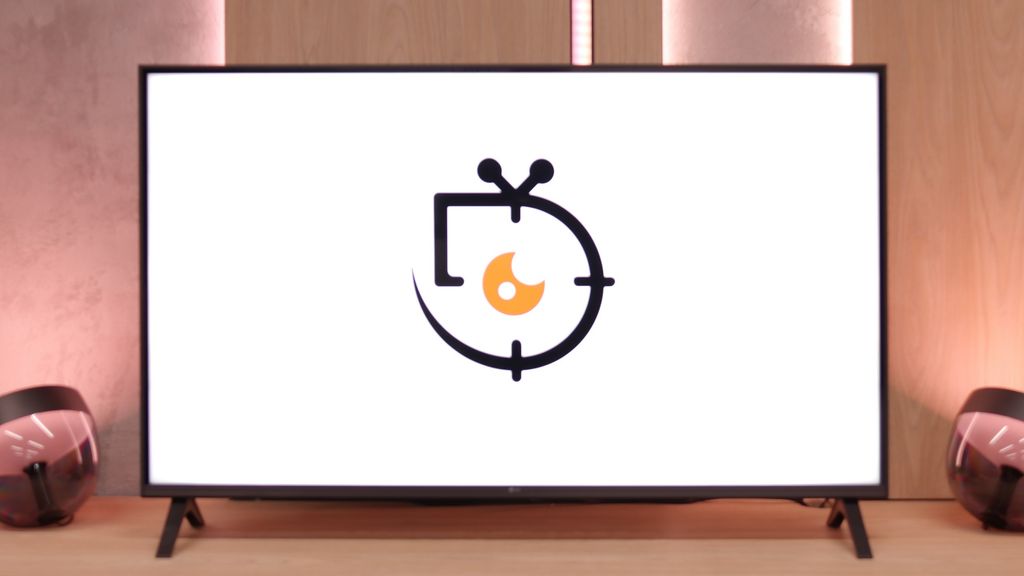
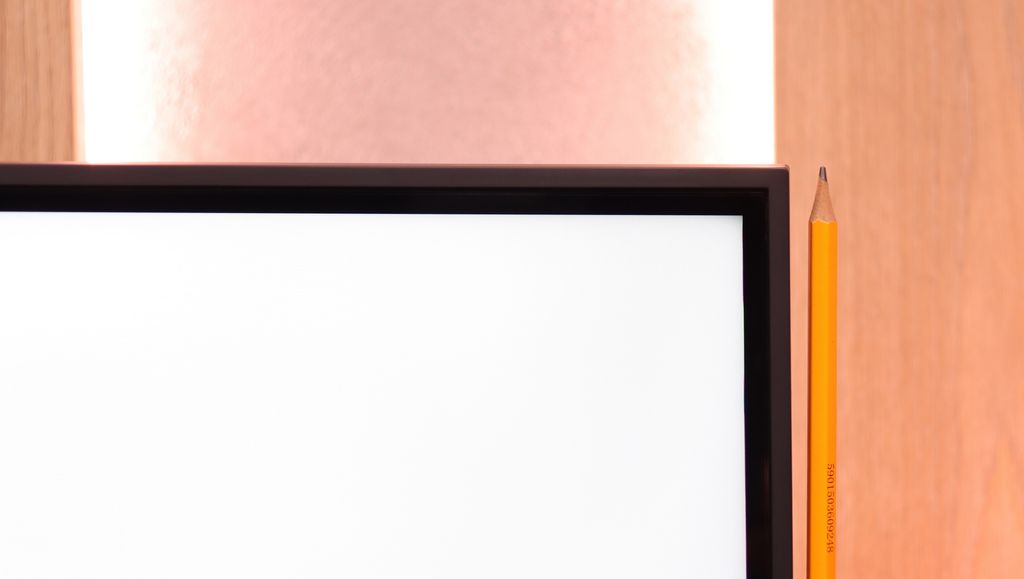
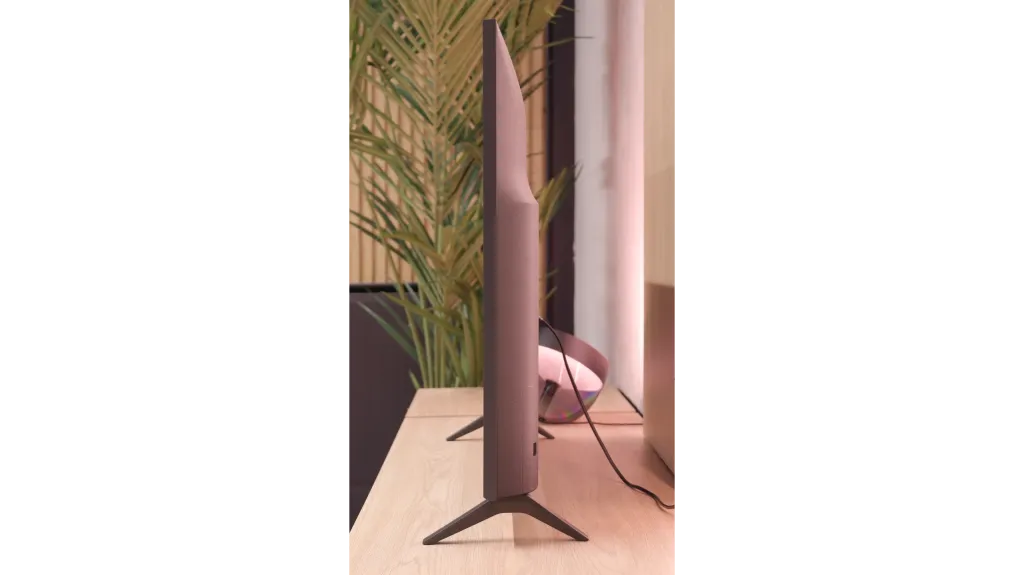
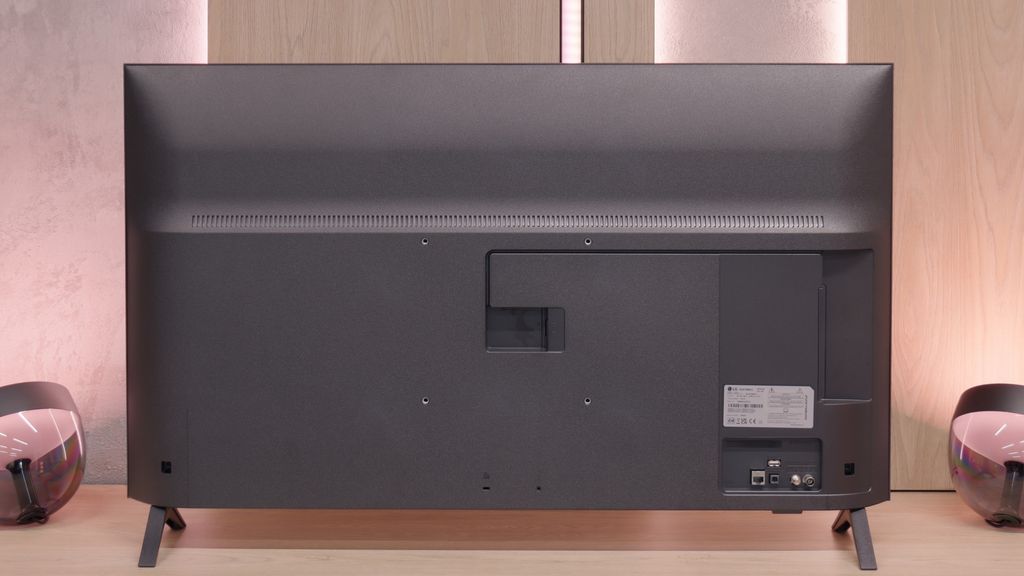
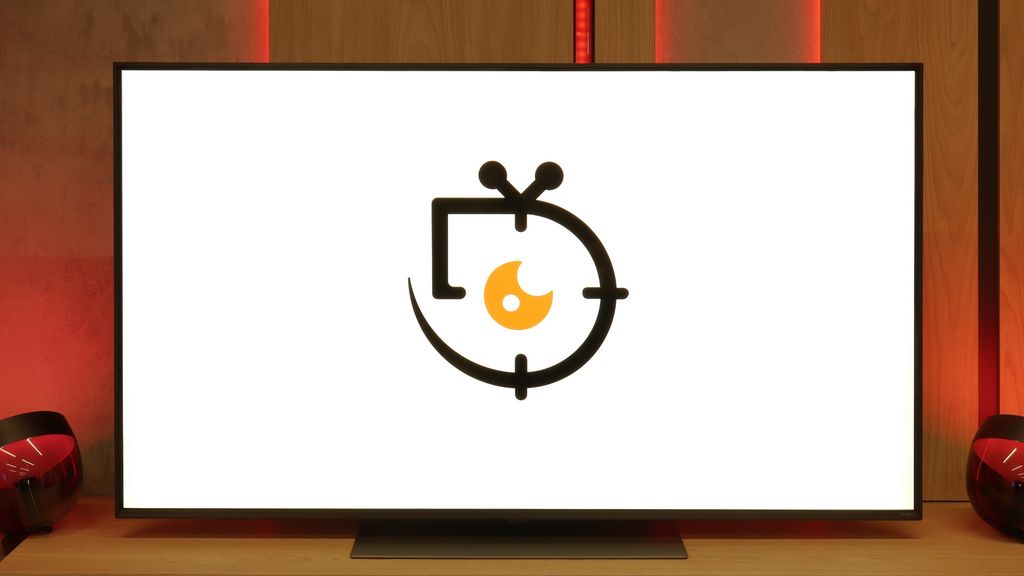
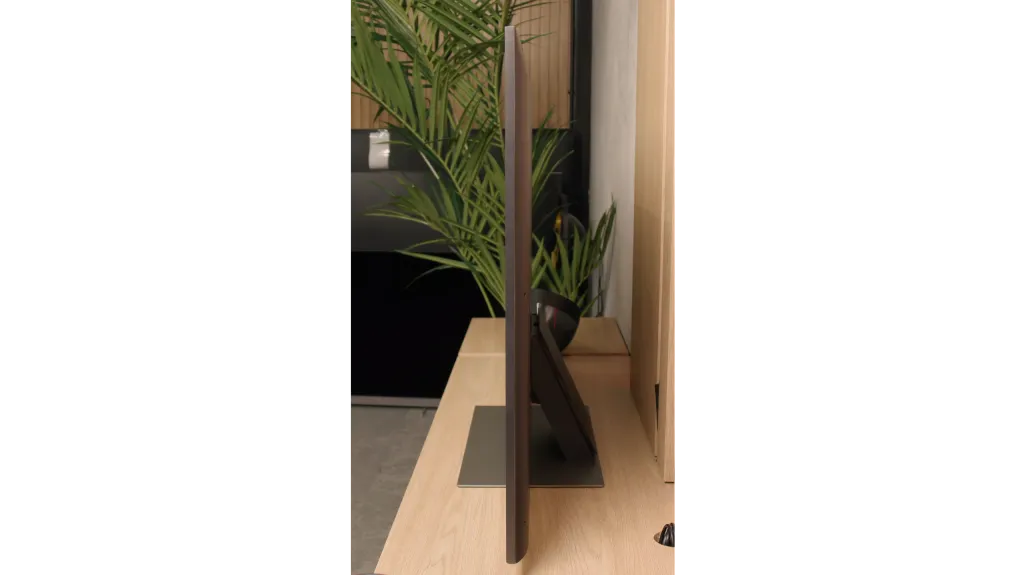
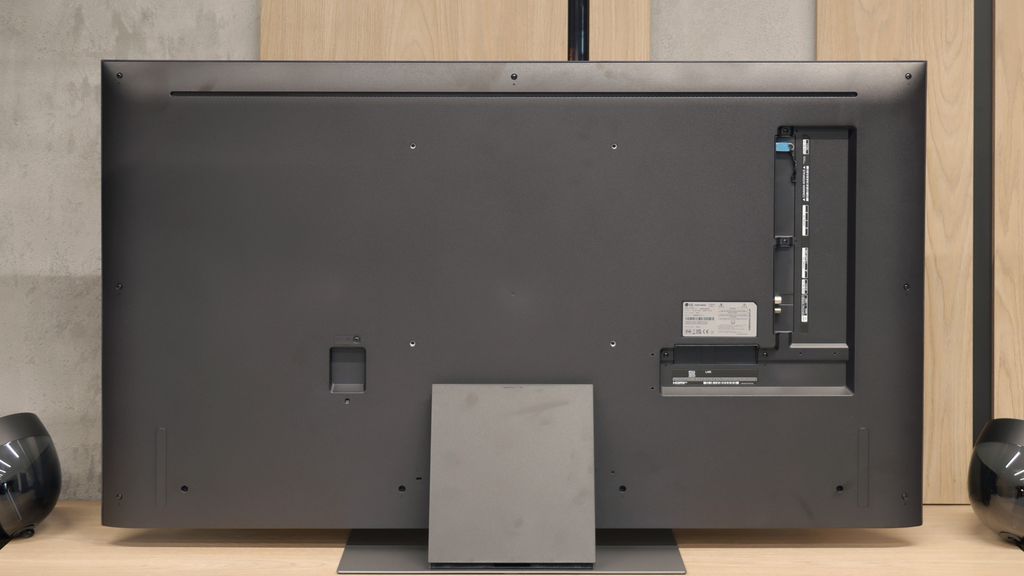
Contrast and black detail
1.9/10
3.5/10
Local dimming function: No
Local dimming function: Yes, number of zones: 6 (1 x 6)
Contrast:

Result
1,100:1

Result
1,050:1

Result
800:1

Result
900:1

Result
1,050:1

Result
4,050:1

Result
1,750:1

Result
4,800:1

Result
1,850:1

Result
1,350:1
Halo effect and black detail visibility:
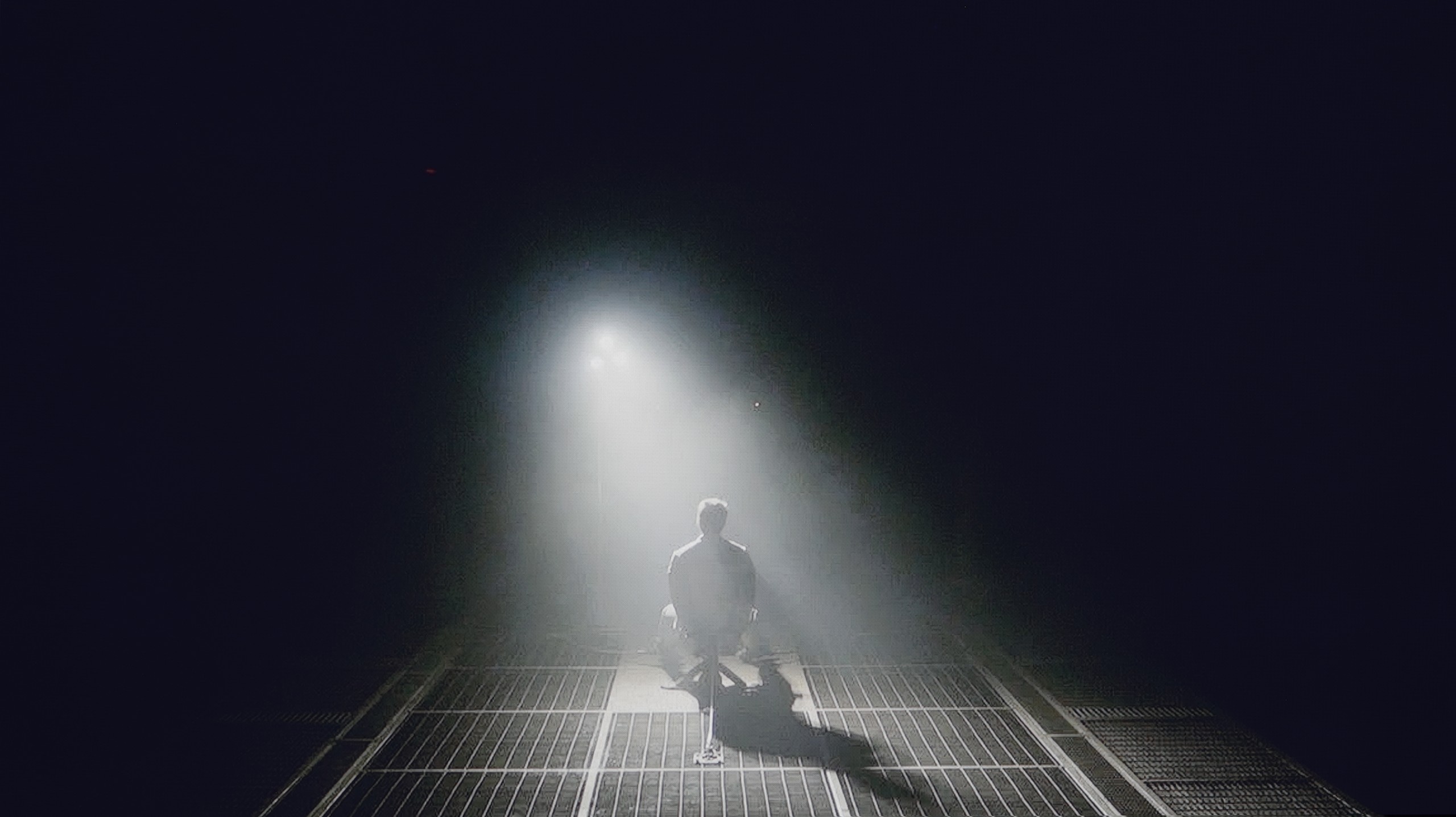
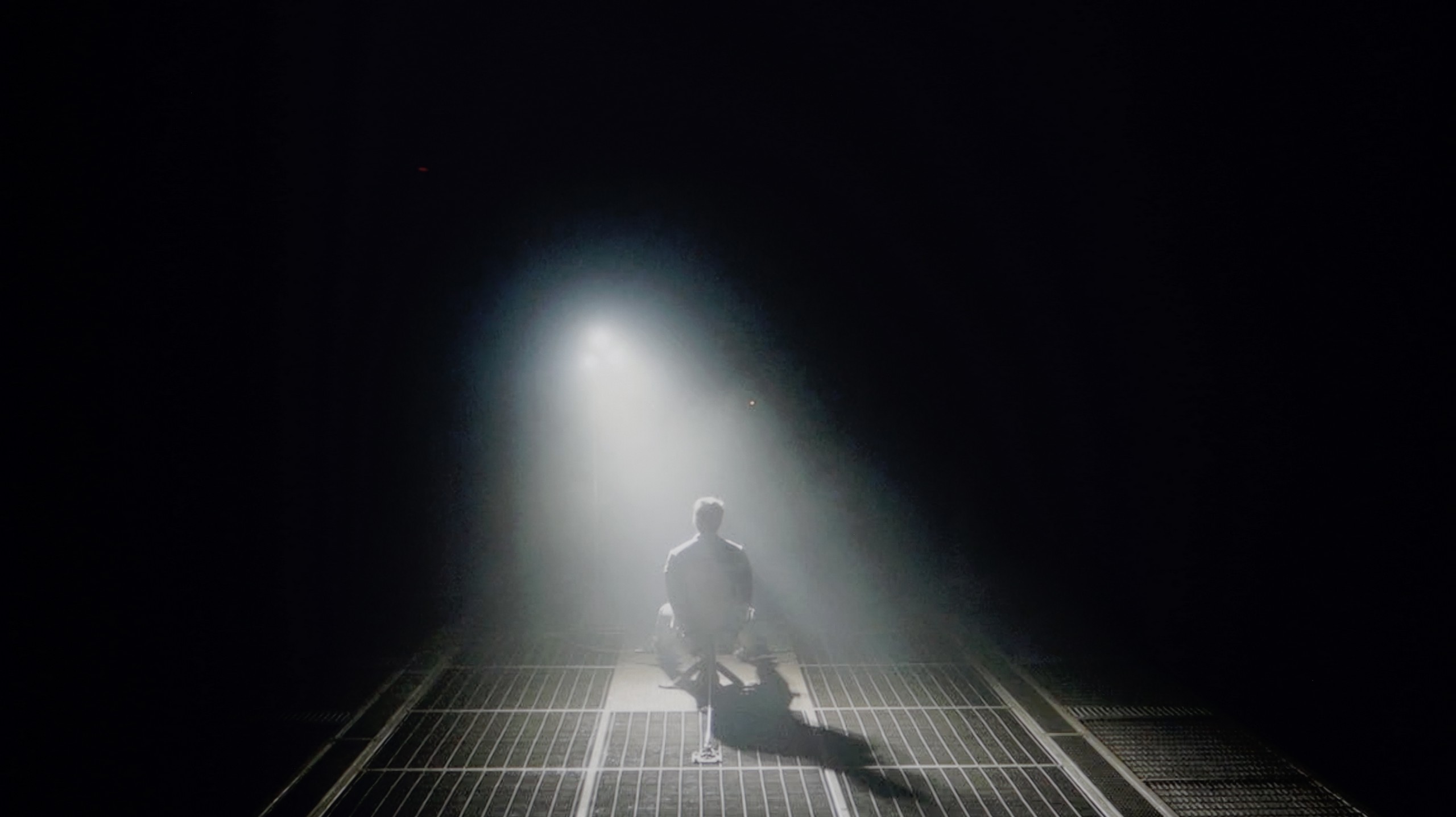
In the case of IPS panels, the situation looks completely different compared to the VA panel version. The contrast stops around 1000:1, which means that blacks are rather muted and resemble a shade of grey. During evening viewing, it's hard to talk about a cinematic atmosphere because the screen cannot separate bright and dark parts of the image as clearly as the VA variant does. However, in return, we get wide viewing angles, which work well in larger groups, when everyone is watching the television from different spots in the living room. It's a compromise that may not appeal to everyone, but in a bright room, while watching television during the day, it performs definitely better than during night screenings. Because it is during night screenings that the smallest LG UA7500 simply struggles.
Although the manufacturer describes the QNED86A as a Mini-LED television, there is no multi-zone local dimming system here like those found in more expensive models. In practice, we are dealing with traditional edge lighting, which only allows for dimming horizontal bands of the screen from top to bottom. Combined with a low-contrast IPS/ADS panel, the effect simply falls short. If we decide to leave local dimming on, a problem arises – the television can illuminate selected portions in such a way that it looks like "flying lasers" cutting across the screen. This is very distracting, and it is difficult to speak of truly cinematic experiences under such conditions. Therefore, in our opinion, it is better to turn this feature off. However, one must reckon with the fact that the contrast then drops to around 1500:1, but at least the picture does not irritate with artificial flashes.
HDR effect quality
3.7/10
6/10
Luminance measurements in HDR:

Result
250 nit

Result
225 nit

Result
261 nit

Result
160 nit

Result
269 nit

Result
602 nit

Result
524 nit

Result
690 nit

Result
512 nit

Result
500 nit
Scene from the movie “Pan” (about 2800 nits)
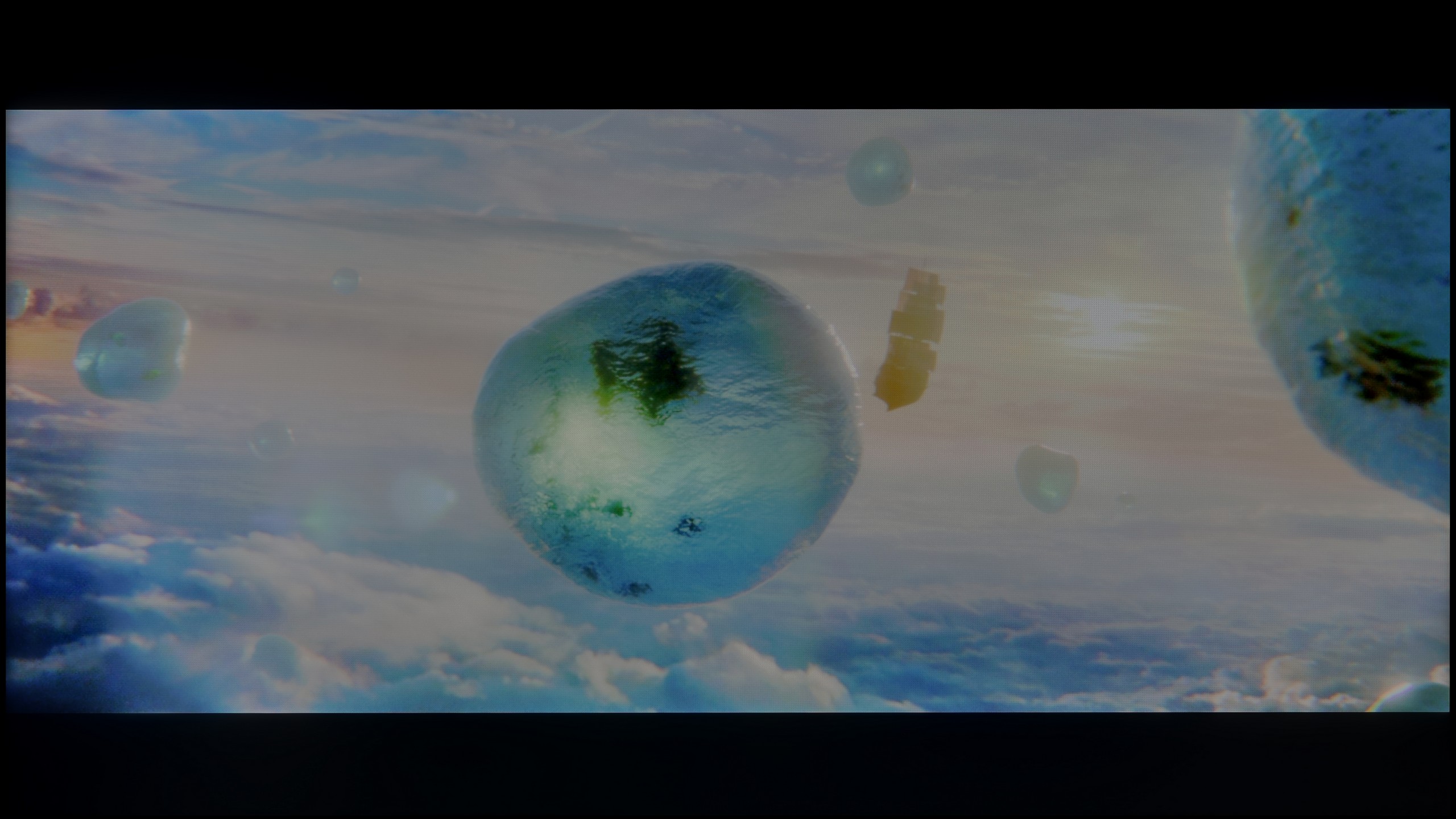
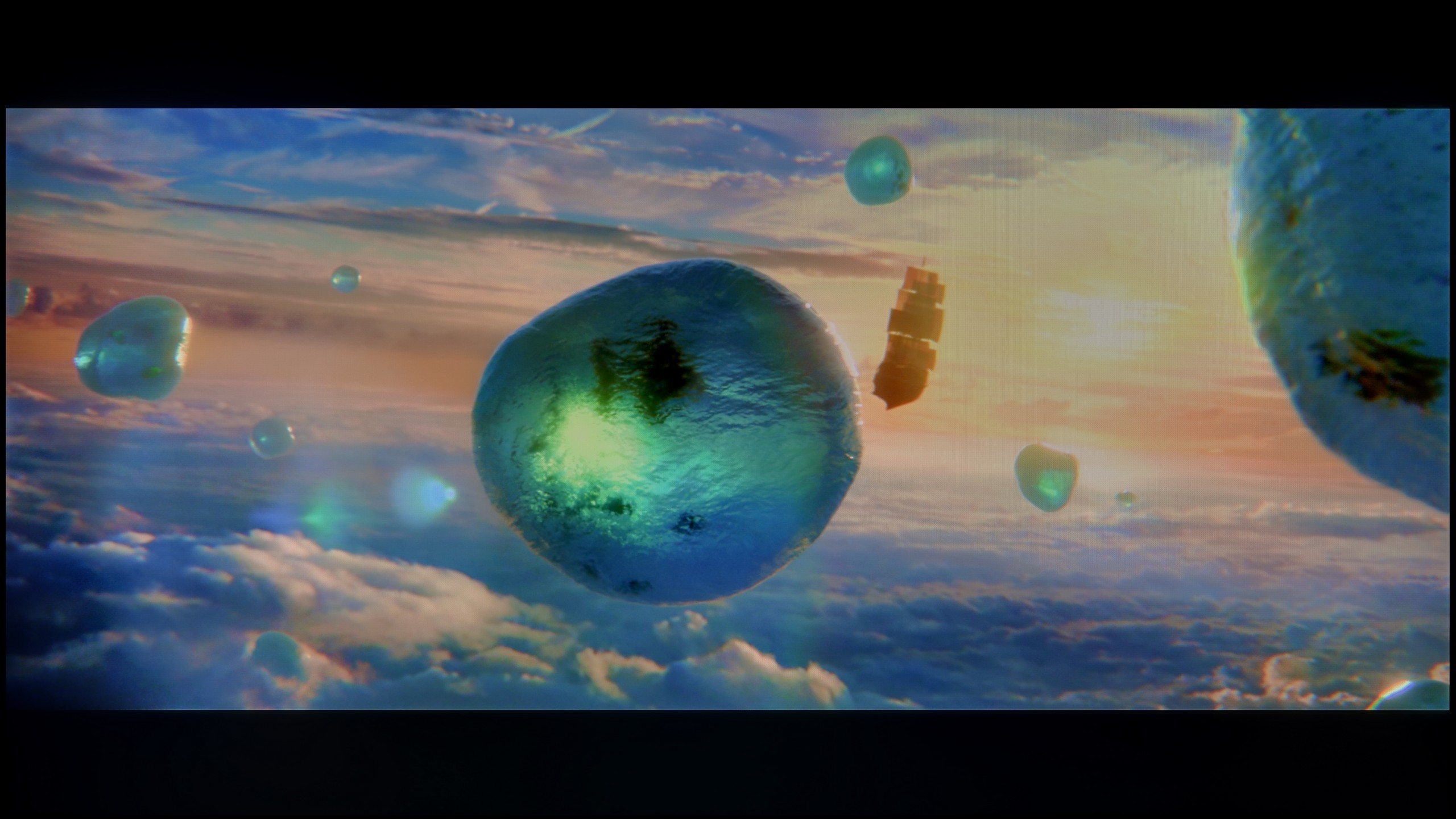
Scene from the movie “Billy Lynn” (about 1100 nits)
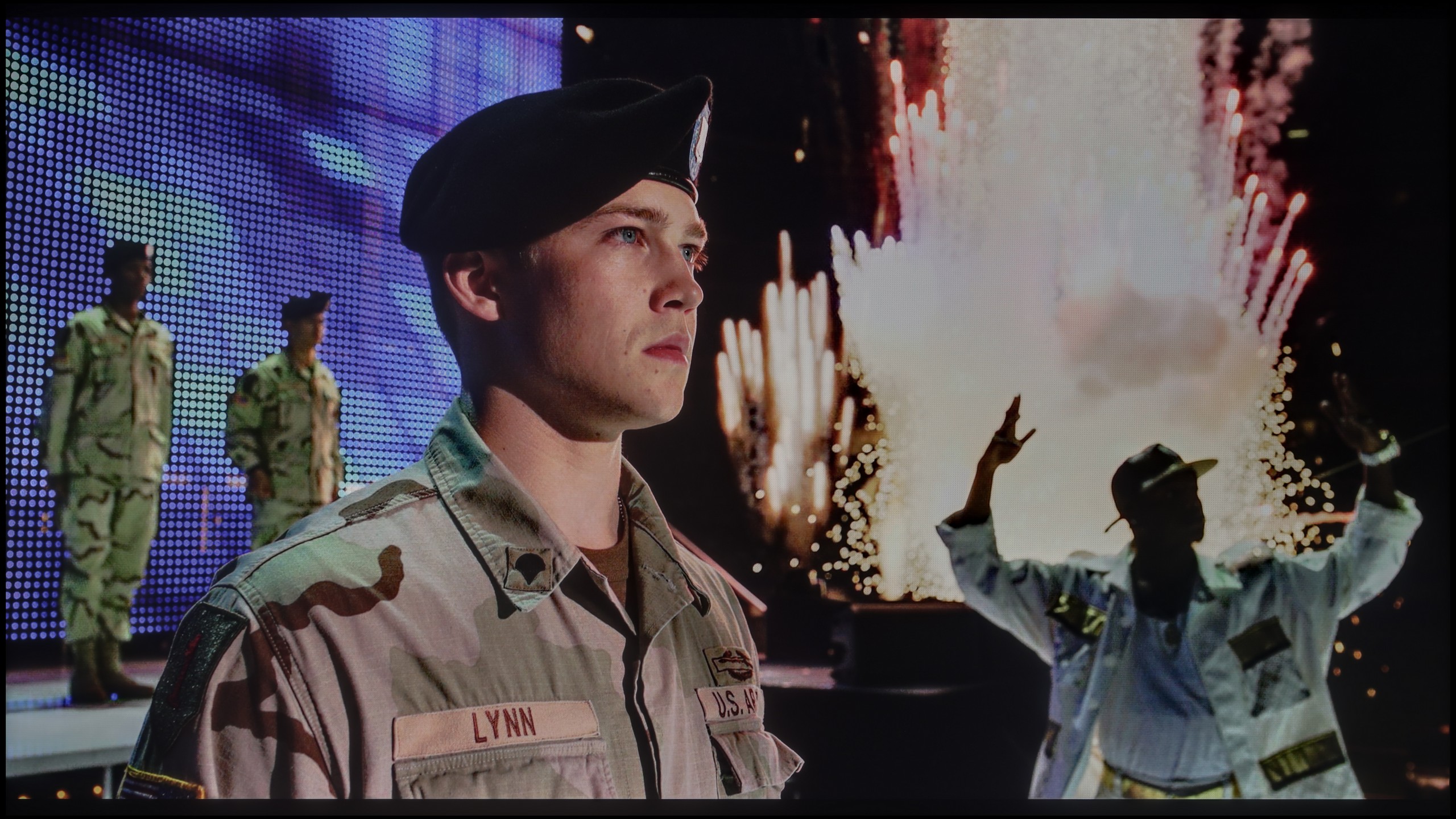
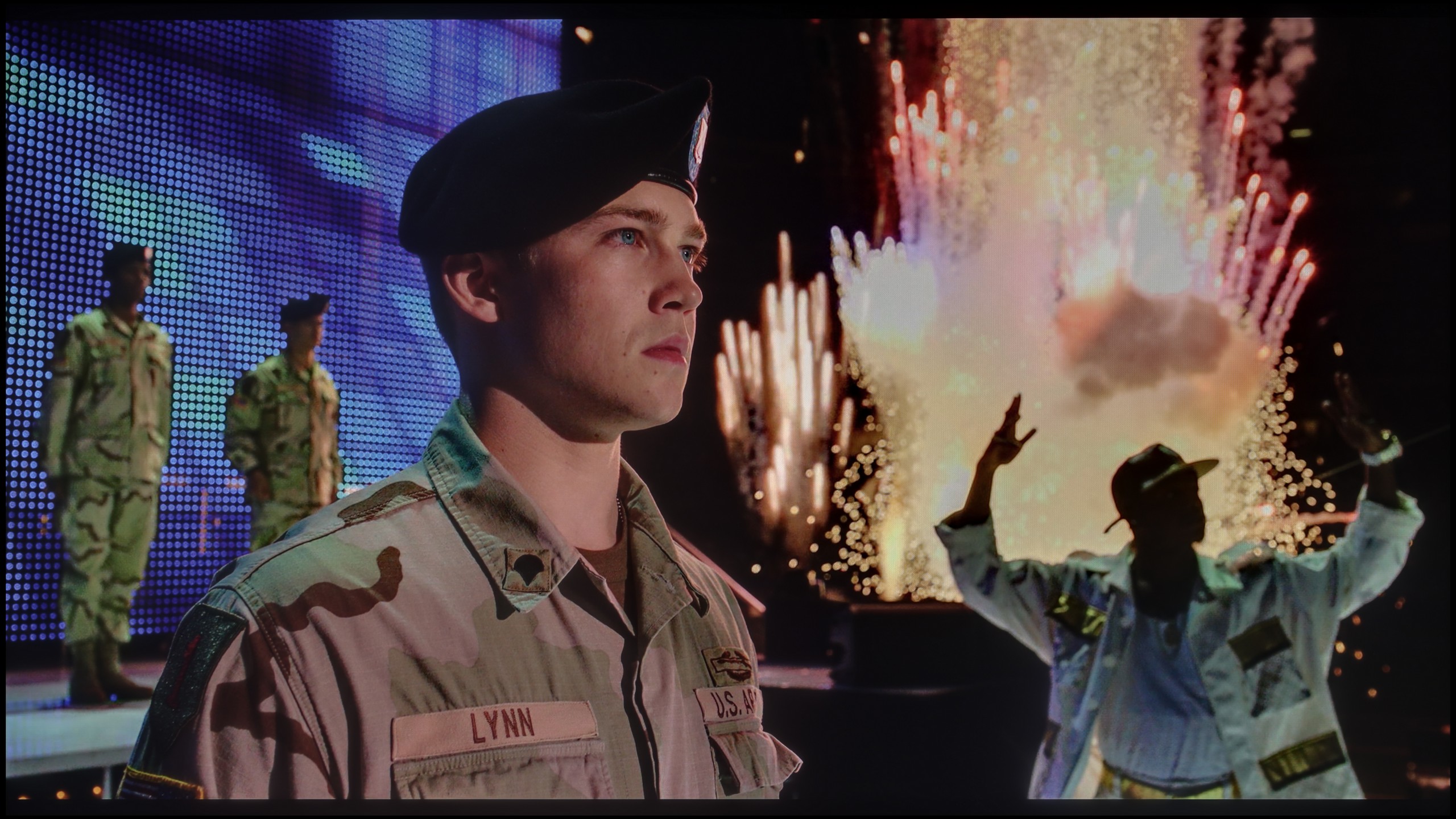
Static HDR10

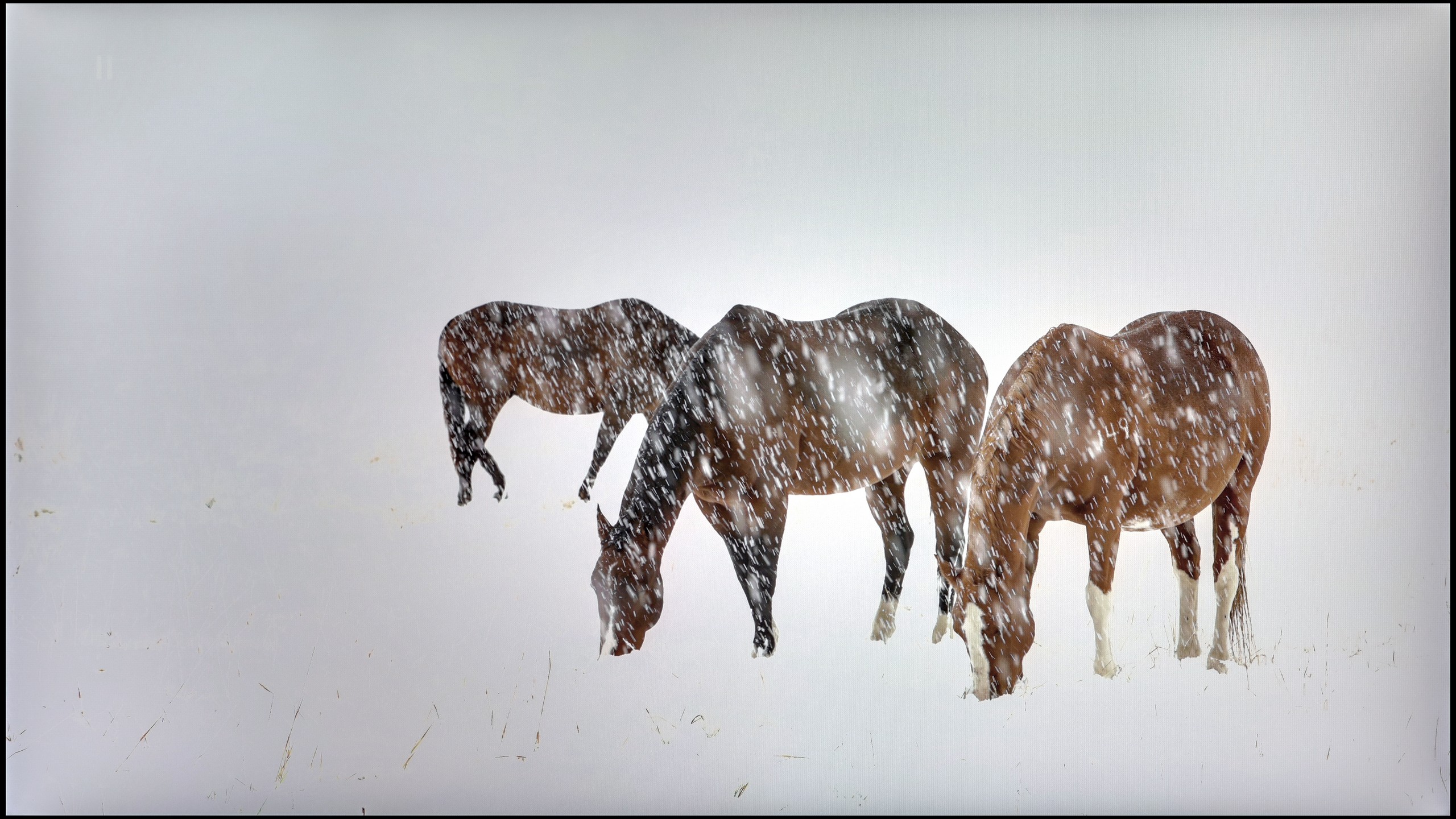
HDR luminance chart:
LG QNED86A / QNED85A / QNED87A
HDR luminance
LG UA75006LA (IPS)
HDR luminance
The version with an IPS panel looks even more modest, where the peak brightness barely reaches 250 nits. In practice, this means that a real sense of HDR effect is out of the question, and the materials viewed resemble rather ordinary SDR. Similar to VA panels, the image behaves stably on most test patterns, but in demanding scenes with fine details, the television has a tendency to slightly dim the image. This allows for slightly better blacks; however, this comes at the expense of losing detail in bright elements. The absence of additional colour filters is also noticeable here. The UA7500 with an IPS panel does not belong to QLEDs or PFS LED panels, and the DCI-P3 colour gamut is limited to 80%, meaning that HDR films lack significant colour depth and appear quite flattened.
Against a backdrop of contrast and black, the brightness of the QNED86A and the overall HDR effect perform much better. This is a television that can achieve around 700 nits under the best conditions, so in terms of luminance alone, there is nothing to be ashamed of. As a result, scenes with strong lights, explosions, flashes, or bright parts of the landscape look clear and can make an impression. Interestingly, even in more challenging moments with small, contrasting elements on the screen, the television manages well with their backlighting, and the details are quite visible. The problem arises when there are many dark tones. The lack of effective local dimming causes the black to practically disappear, and instead, we get a grey haze spreading across the entire screen. This kills the sense of depth and makes the image look flat, as if it lacks a cinematic character. In bright animations or colourful family films, this will not be a problem, as vibrant colours and bright light dominate. But in horrors or productions set in darkness, these limitations are very strongly felt. As a comfort, it is worth adding that the QNED86A is actually a QLED television with a PFS LED filter, which gives it very good coverage of a wide colour gamut. Both the DCI-P3 palette and the broader BT.2020 perform really well here. This makes the colours in HDR films saturated, juicy, and with the appropriate depth – even if the black itself disappoints, the colours can save the viewing experience and make the image look attractive.
Factory color reproduction
5.6/10
5.6/10
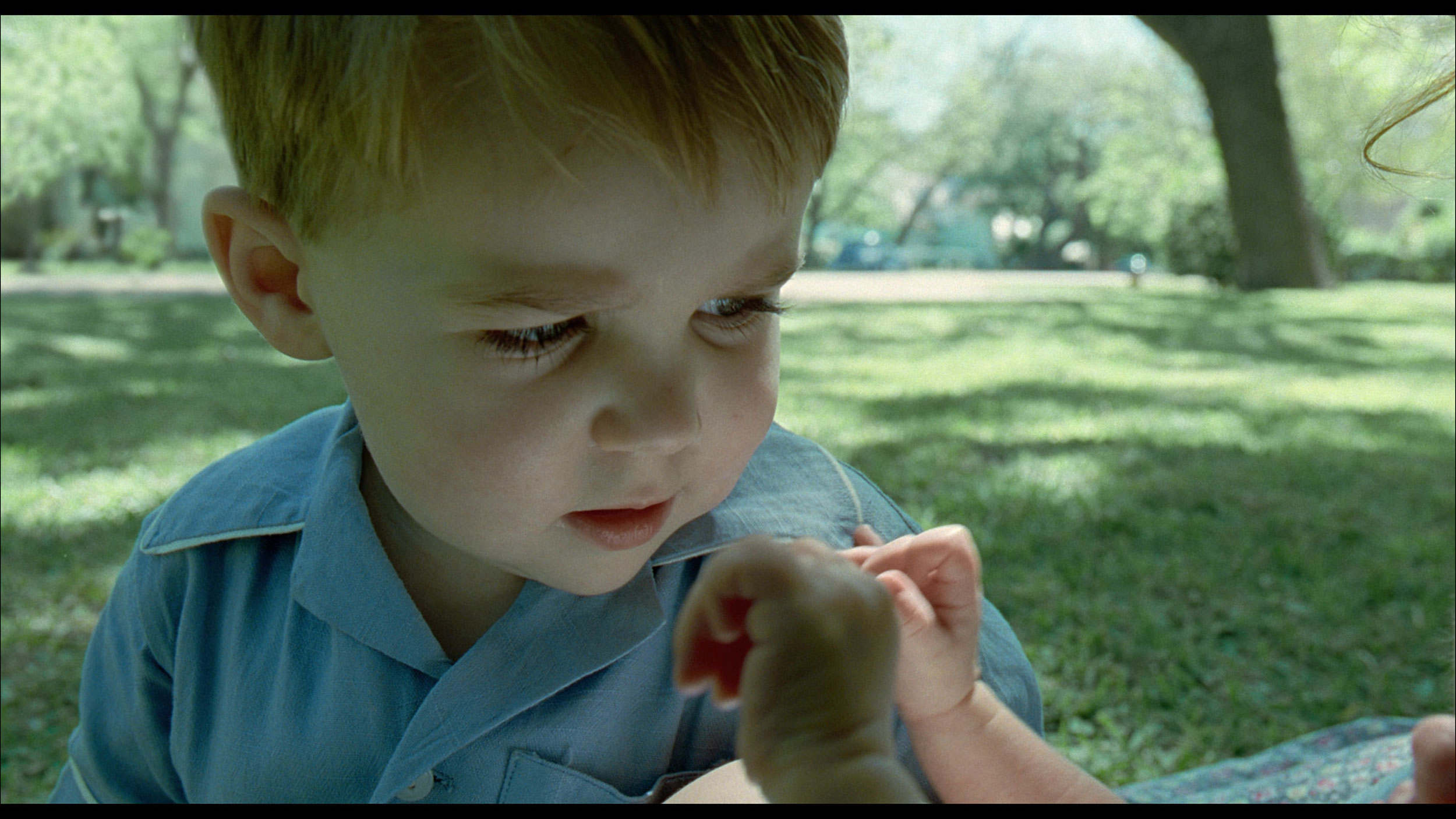
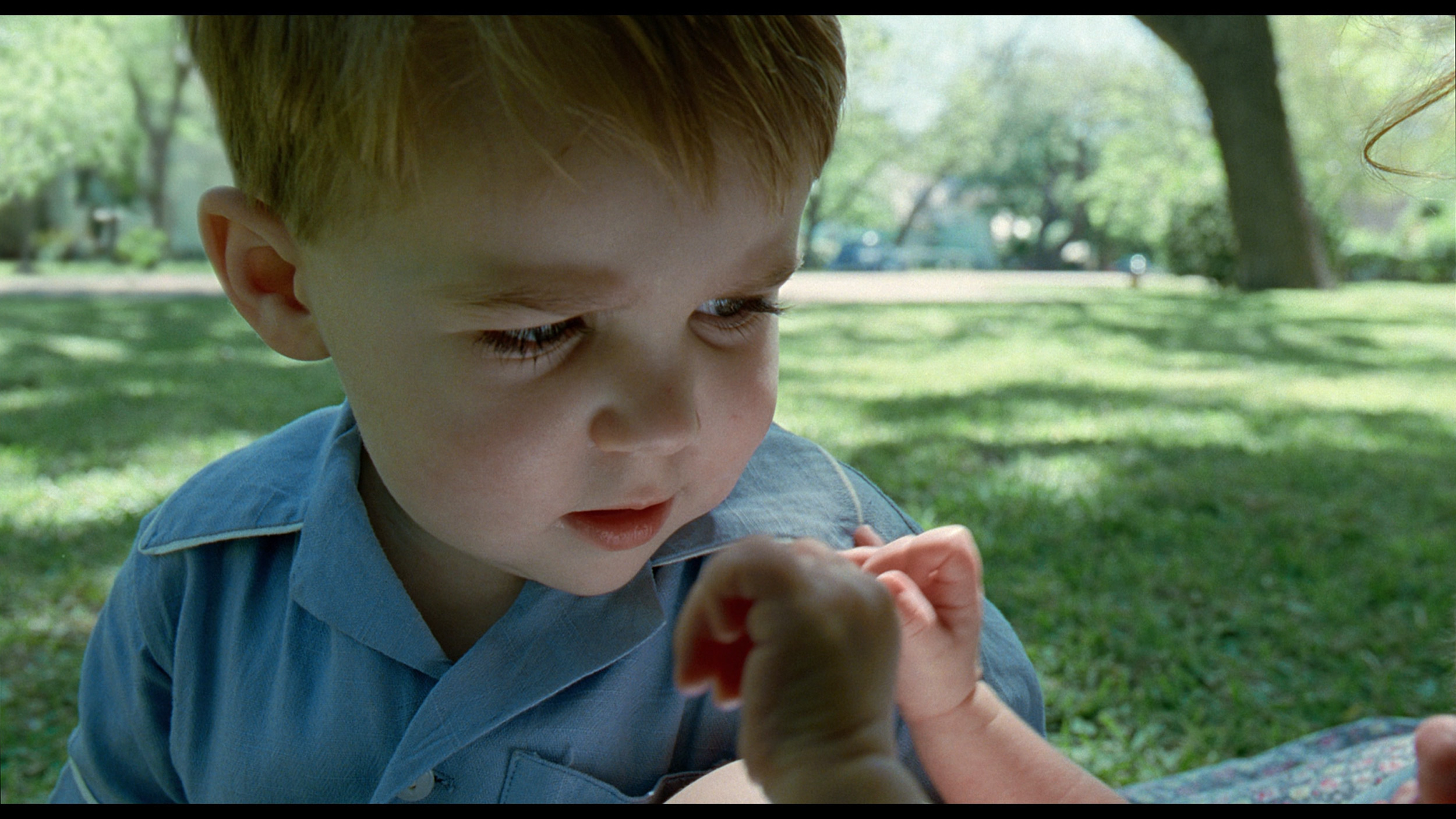
Factory Mode
After calibration


Factory Mode
After calibration
The Filmmaker mode on the LG UA7500 performs better than one might expect from such a budget television, but let's not get carried away with praise. The picture is quite well put together and does not irritate at first glance, but its weaknesses soon start to show. This is most evident in scenes with bright points – lamps in the background or reflections of light on the skin are distinctly overemphasised. Characters' faces often appear unnatural, as if they have been 'overexposed'. Additionally, the default gamma setting brightens even the smallest details, causing the image to lose subtlety in darker areas. However, it remains true that for its price bracket, the UA7500 in factory mode offers a fairly decent starting point. It is clear that without additional adjustment, it will not be possible to avoid these issues, which is why – as with other televisions – we decided to see what could be achieved after calibration.
We primarily tested the QNED86A in Filmmaker mode, which is designed to provide the most faithful picture. Unfortunately, right out of the box, there were quite a few shortcomings. The most noticeable was the poorly tuned white balance – there was a lack of blue, causing the overall image to take on a slightly yellowish, and at times even orange hue. An even bigger problem turned out to be the way the television manages brightness. Due to its technical limitations – specifically, local dimming that only works along the edges of the screen – the QNED86A tends to oversaturate entire scenes. This is where the flattening effect we mentioned earlier comes from. Instead of clear depth and contrast, we get something akin to “boosted brightness,” which can strain the eyes over time.
Color reproduction after calibration
7/10
7.6/10

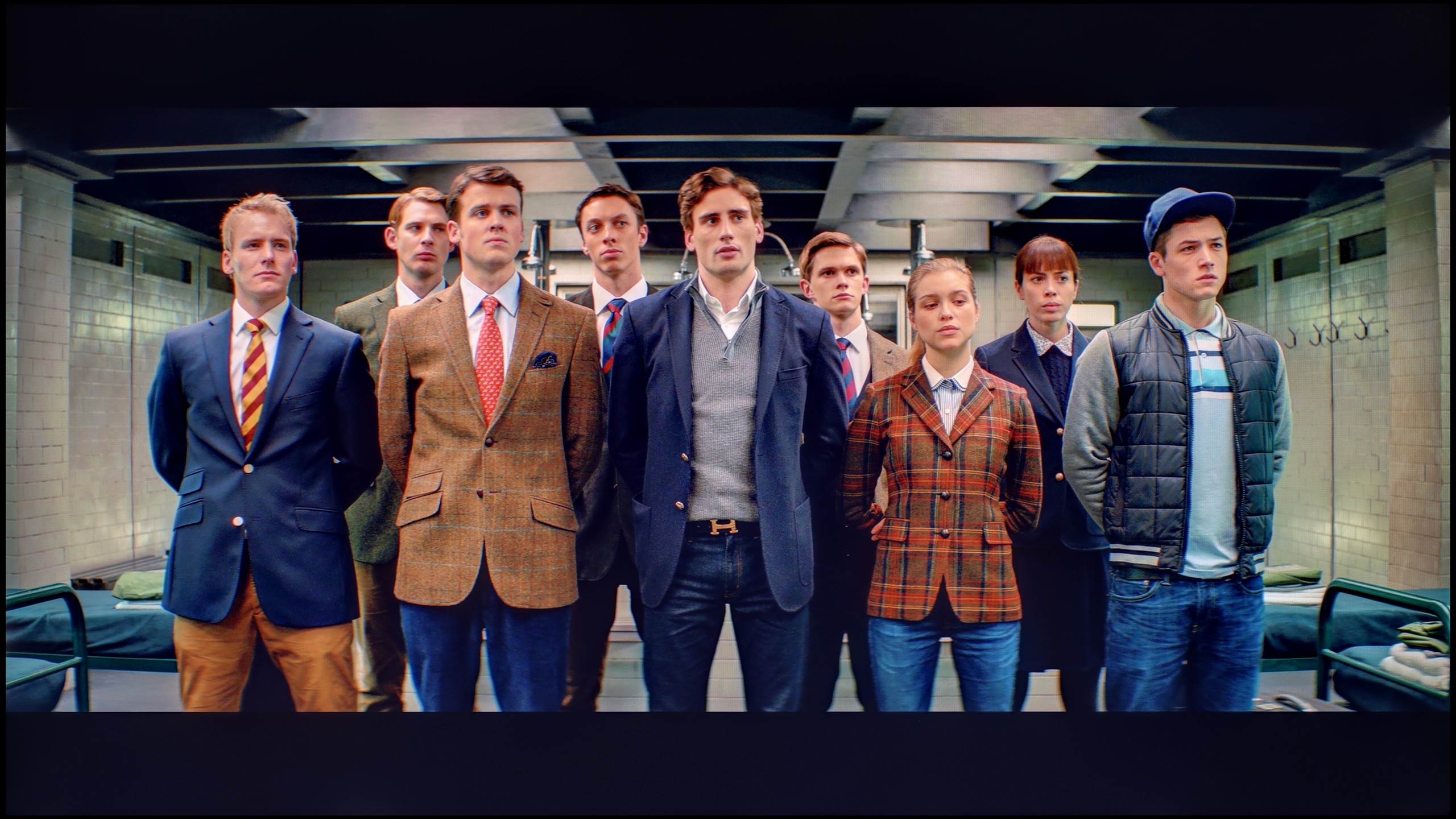
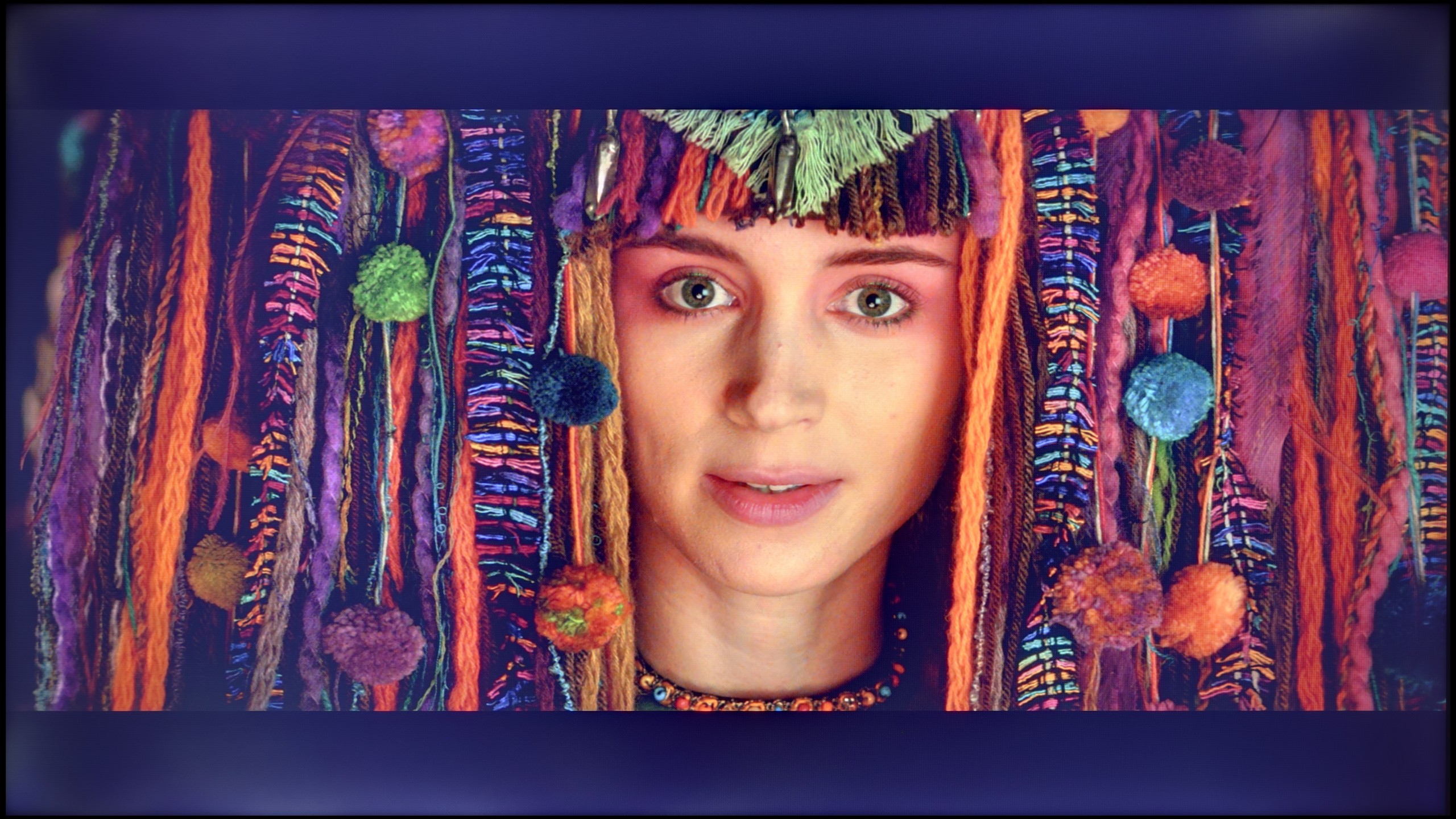
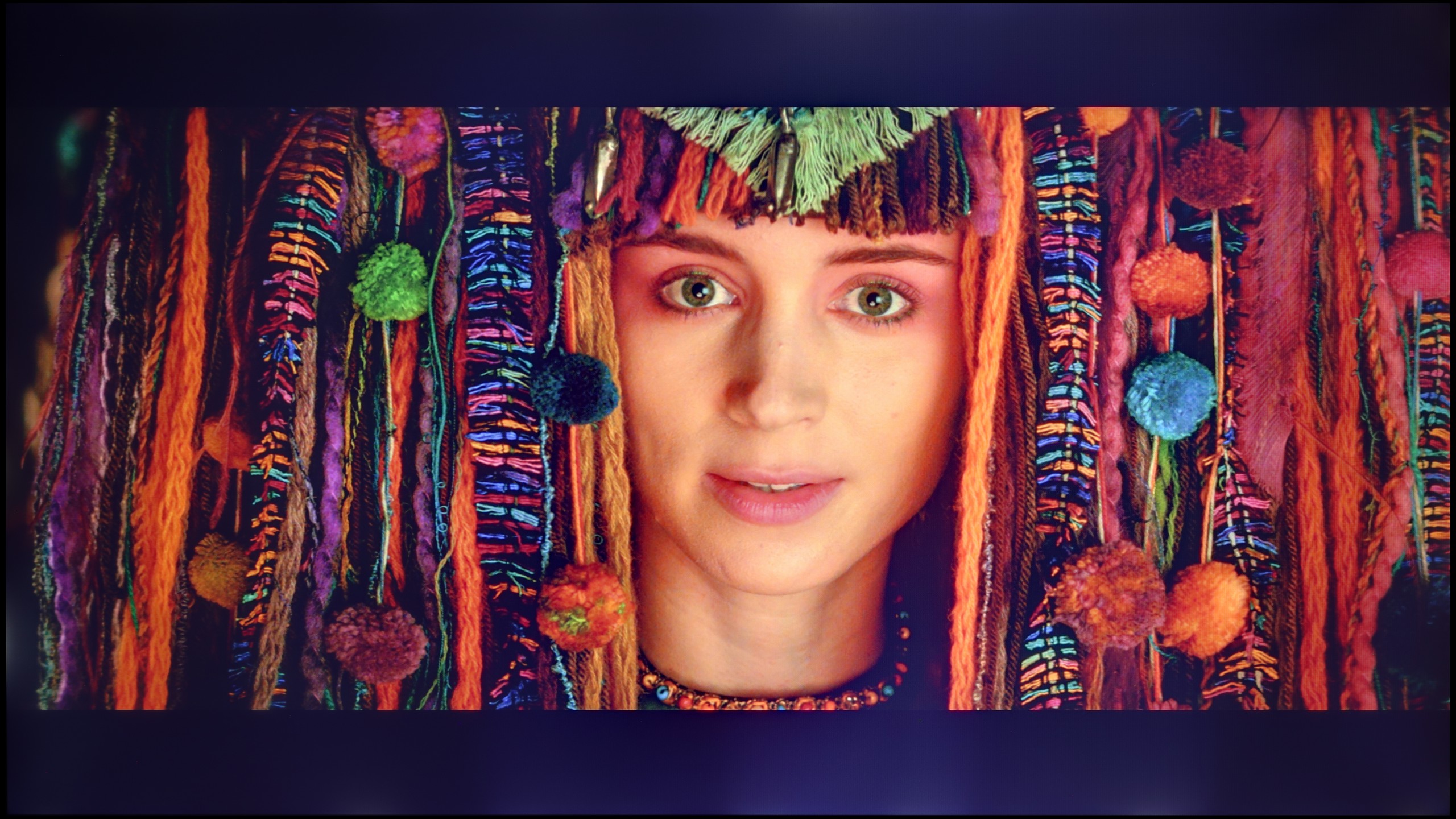
The greatest improvement we noticed was during the calibration of the mode intended for everyday SDR content. We managed to smooth out the white balance in an acceptable way and control the issue of excessive brightening of fine details due to the gamma characteristics. As a result, the image gained the consistency and naturalness that was lacking in the factory settings. After this correction, we can confidently state that for everyday television content, programmes, or materials from YouTube, the LG UA7500 performs really well – especially after professional calibration. The situation is somewhat different for HDR content. Here, calibration allowed us to tame the white balance and slightly improve brightness management, but the limitations of the design are immediately evident. The lack of additional filters expanding the colour palette means that the most vibrant colours appear flat, and the image does not have the intensity one would expect from good HDR. Therefore, in SDR, the UA7500 performs quite well, but in HDR – despite the corrections – it remains far behind, and this is a feature one must accept when choosing this television.
What has been saved in the QNED86A6A is undoubtedly the colours. After calibration, the white balance was set with great precision, ensuring that deviations on the Colour Checker palette mostly did not exceed the visibility threshold for the human eye. In other words – the hues finally looked natural, without the strange yellow or orange tones that previously spoiled the perception. Unfortunately, even the best calibration cannot circumvent the structural limitations. The already very modest number of local dimming zones and their unfortunate placement mean that the analysis of the EOTF curve in films still showed clear over-brightening of scenes. The picture tended to flatten, lacking cinematic depth. Fortunately, this effect is not so noticeable in older productions or in SDR content. There, the calibration truly makes a difference and allows one to harness the QNED so that the image can be appealing. However, the specifics of this construction – especially the issues with contrast – cannot be completely bypassed.
Smoothness of tonal transitions
8.2/10
8.9/10
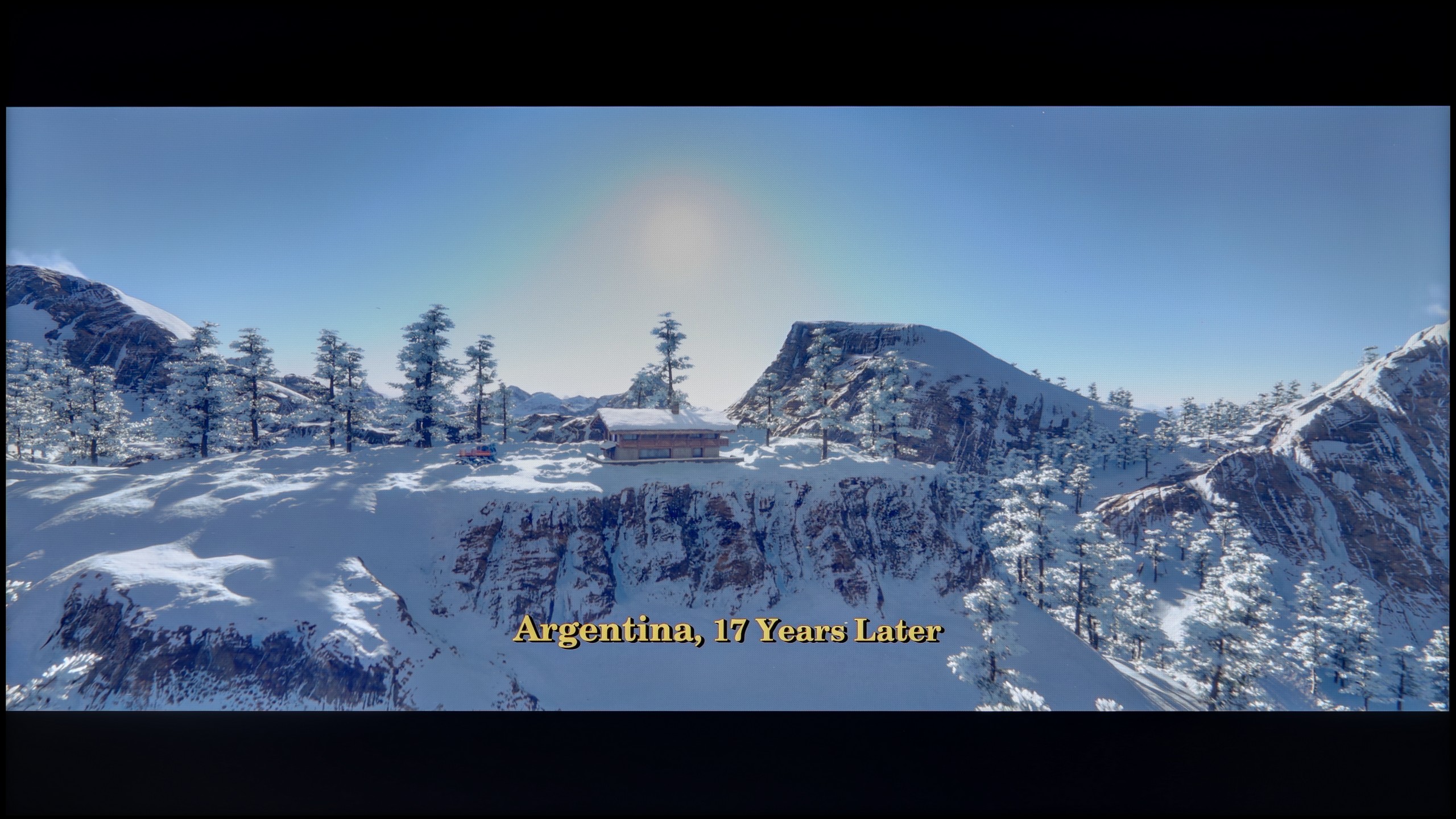
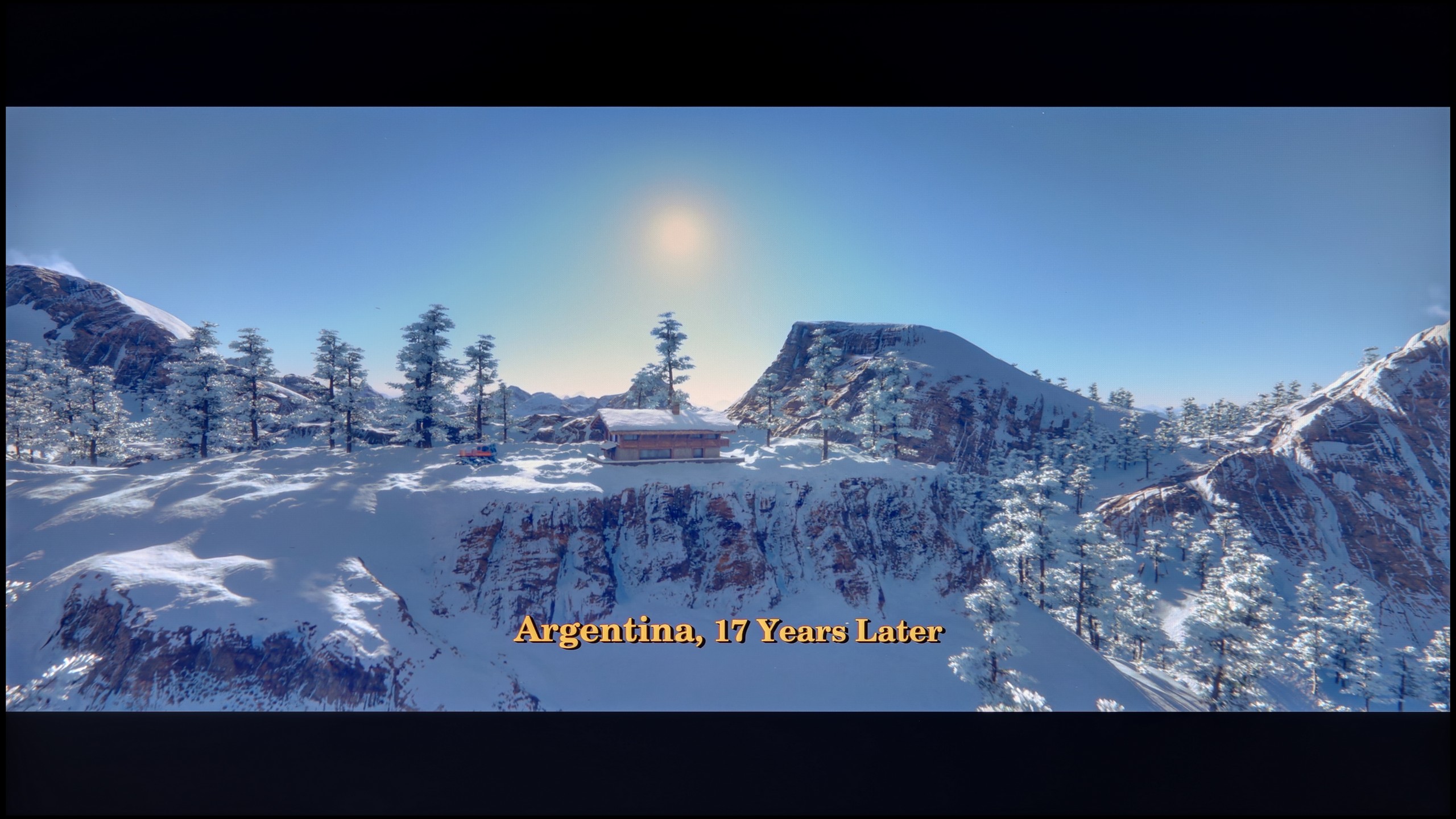

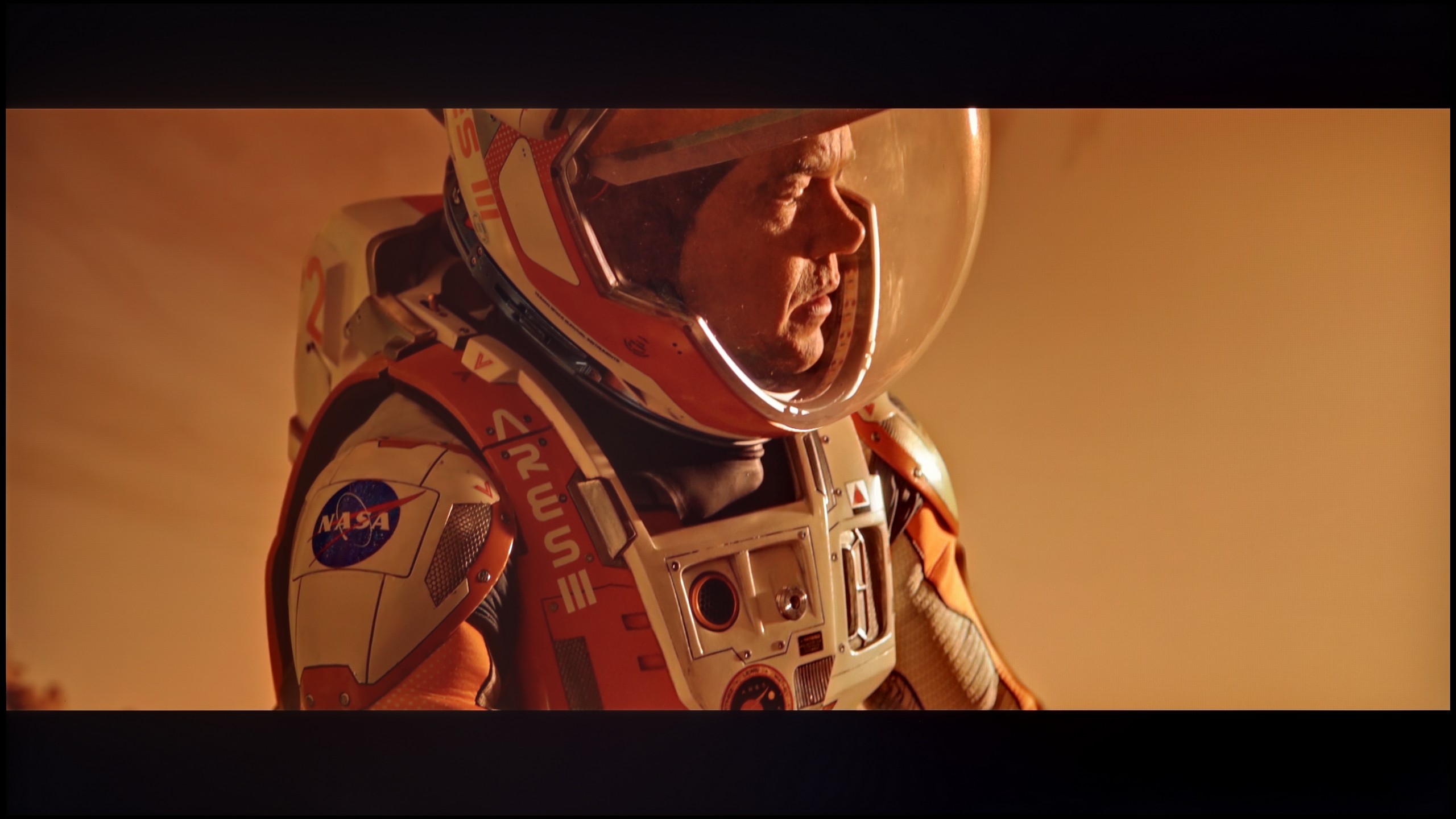
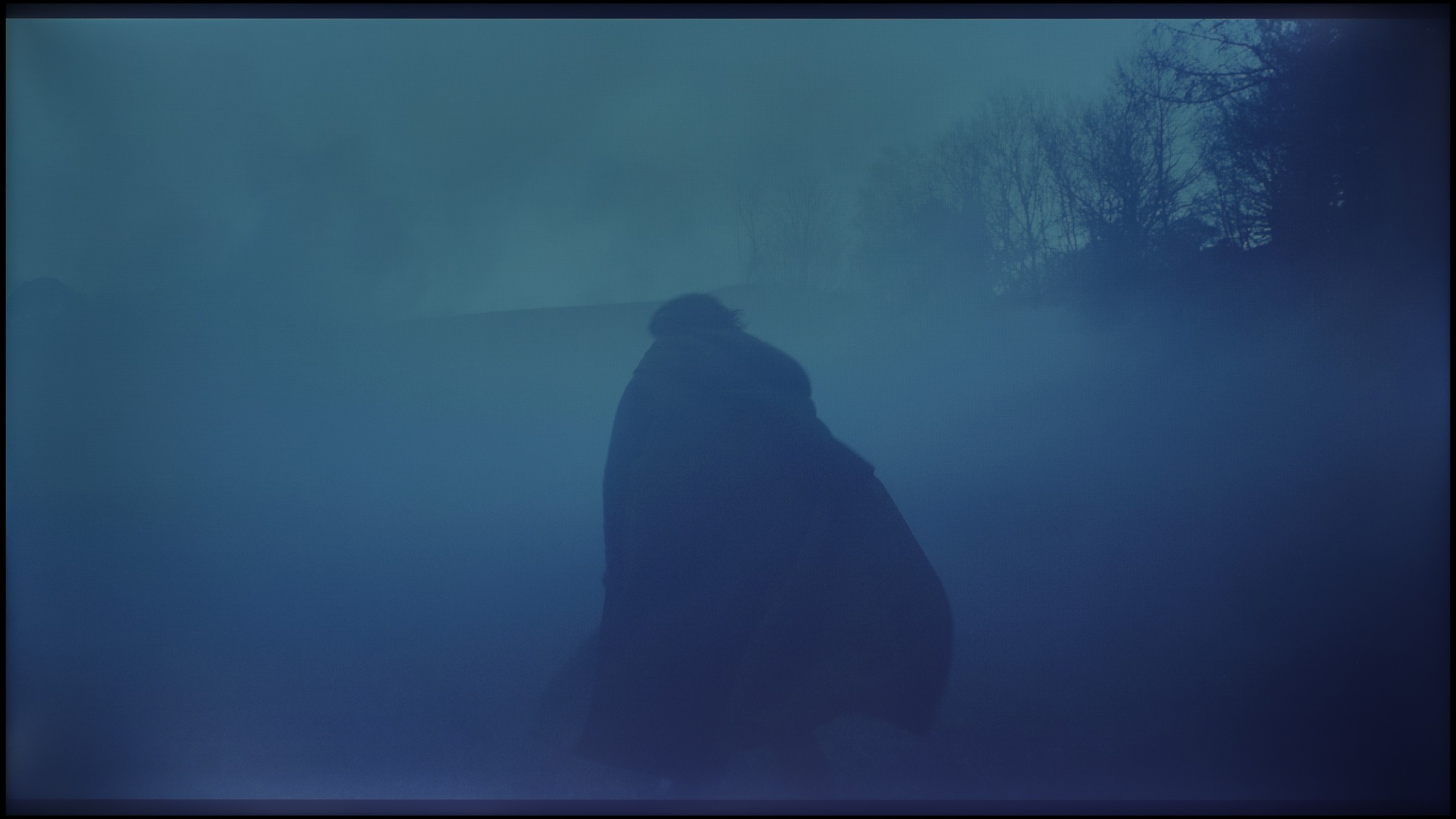
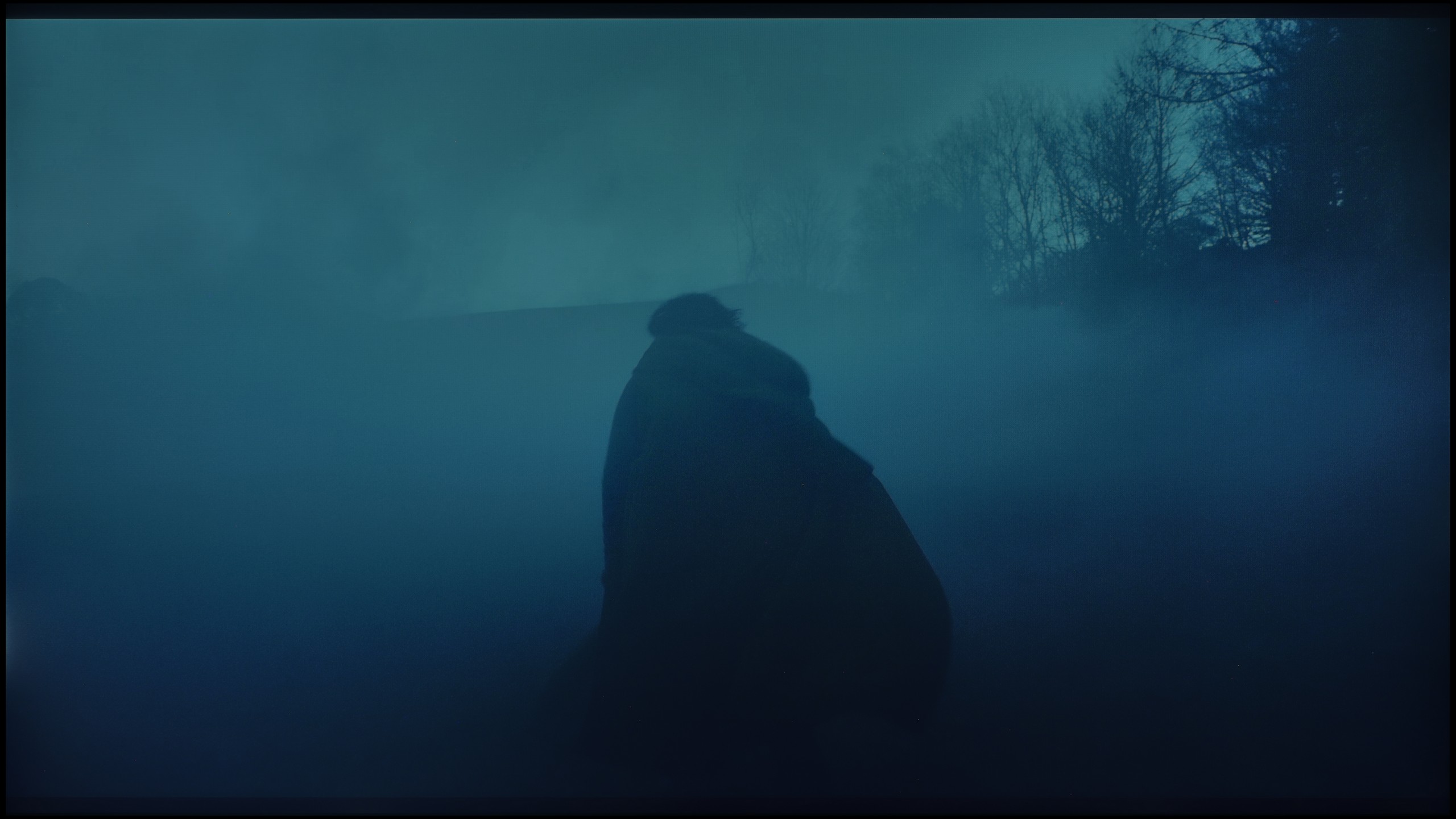
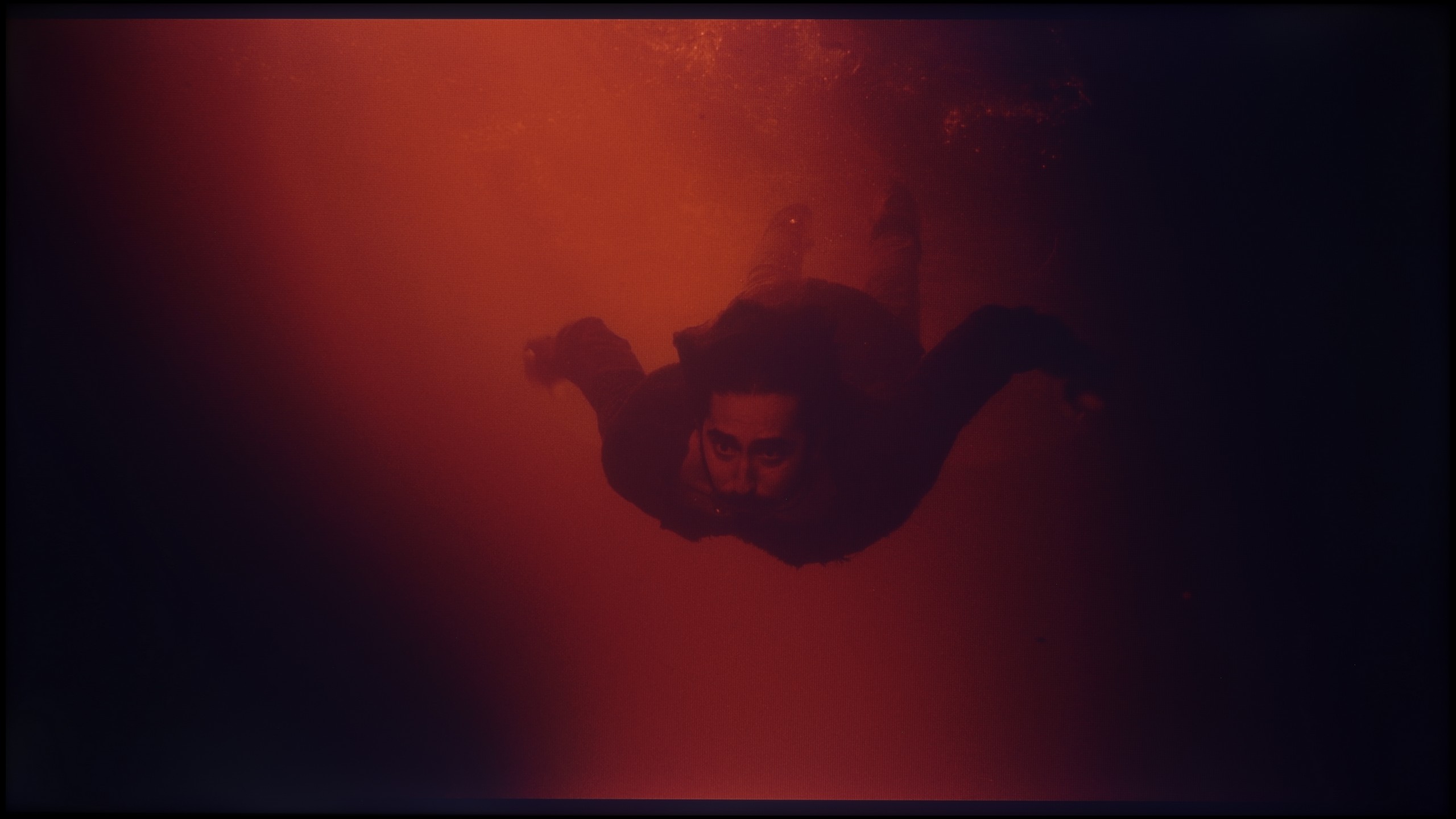
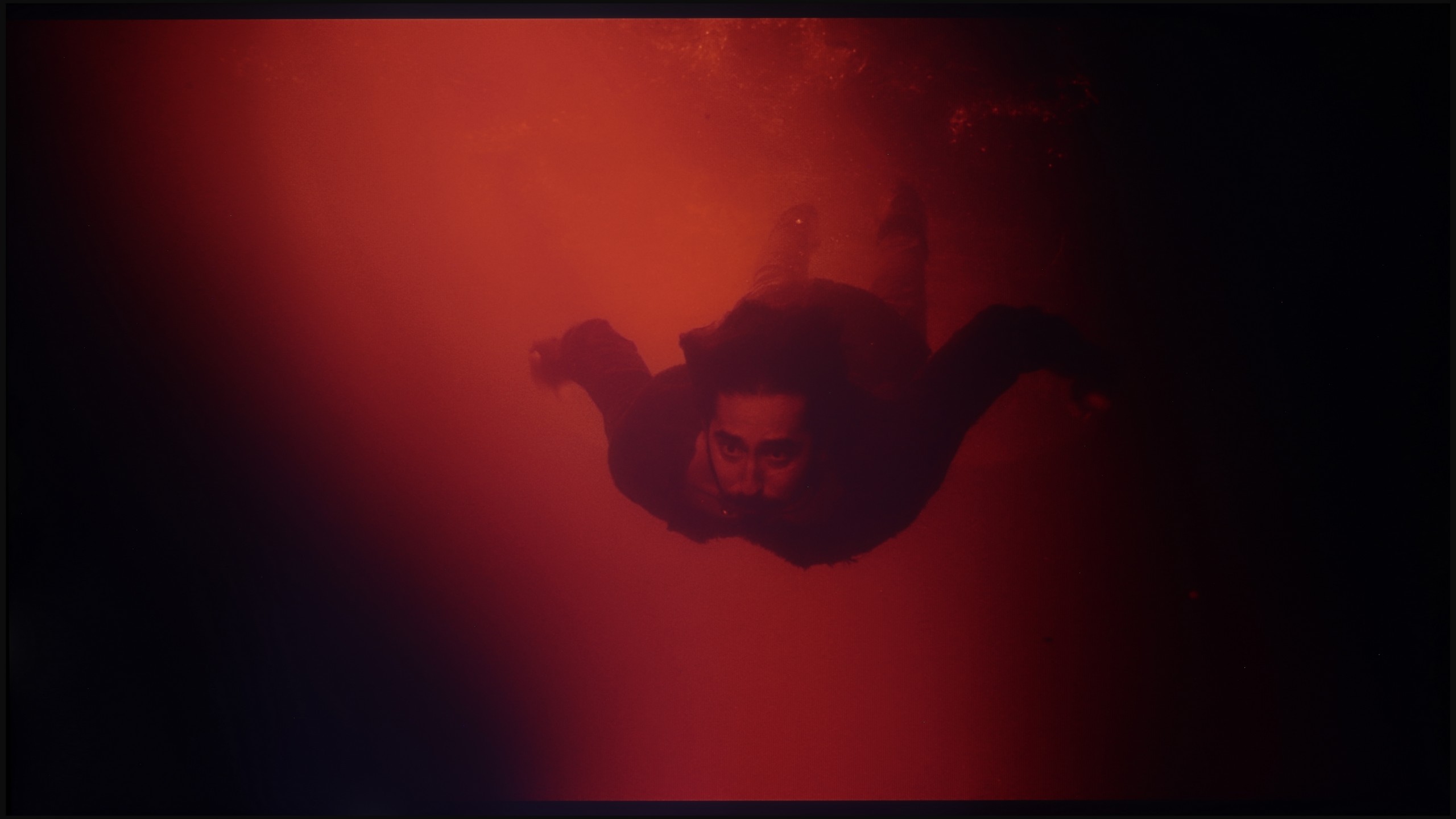




In the version with an IPS matrix, one can also speak of decent fluidity – in most scenes, the colour transitions were smooth, and few would pay attention to them during everyday viewing. However, it should be noted that compared to the VA variant, the image appeared more flattened, especially in darker areas, where the lower contrast did not allow for as many details to be extracted. Despite this, the colour transitions still looked correct and did not pose a significant problem in practice.
The colour blending is one of the stronger points of the QNED86A. During everyday viewing, the image is presented very smoothly, without noticeable "steps" or sudden transitions between colours. The television handles colour merging in a quite natural way, so with most material, it is difficult to spot issues with gradation. Any imperfections only appear under extreme conditions – for example, in the darkest parts of films, where even much more expensive televisions can encounter problems. There you might notice slight banding or characteristic stripes, but these are marginal situations that should not interfere during normal usage. Overall, the QNED86A performs quite well in this category and has nothing to be ashamed of in comparison to the competition.
Image scaling and smoothness of tonal transitions
5/10
7.8/10
Smooth transition function
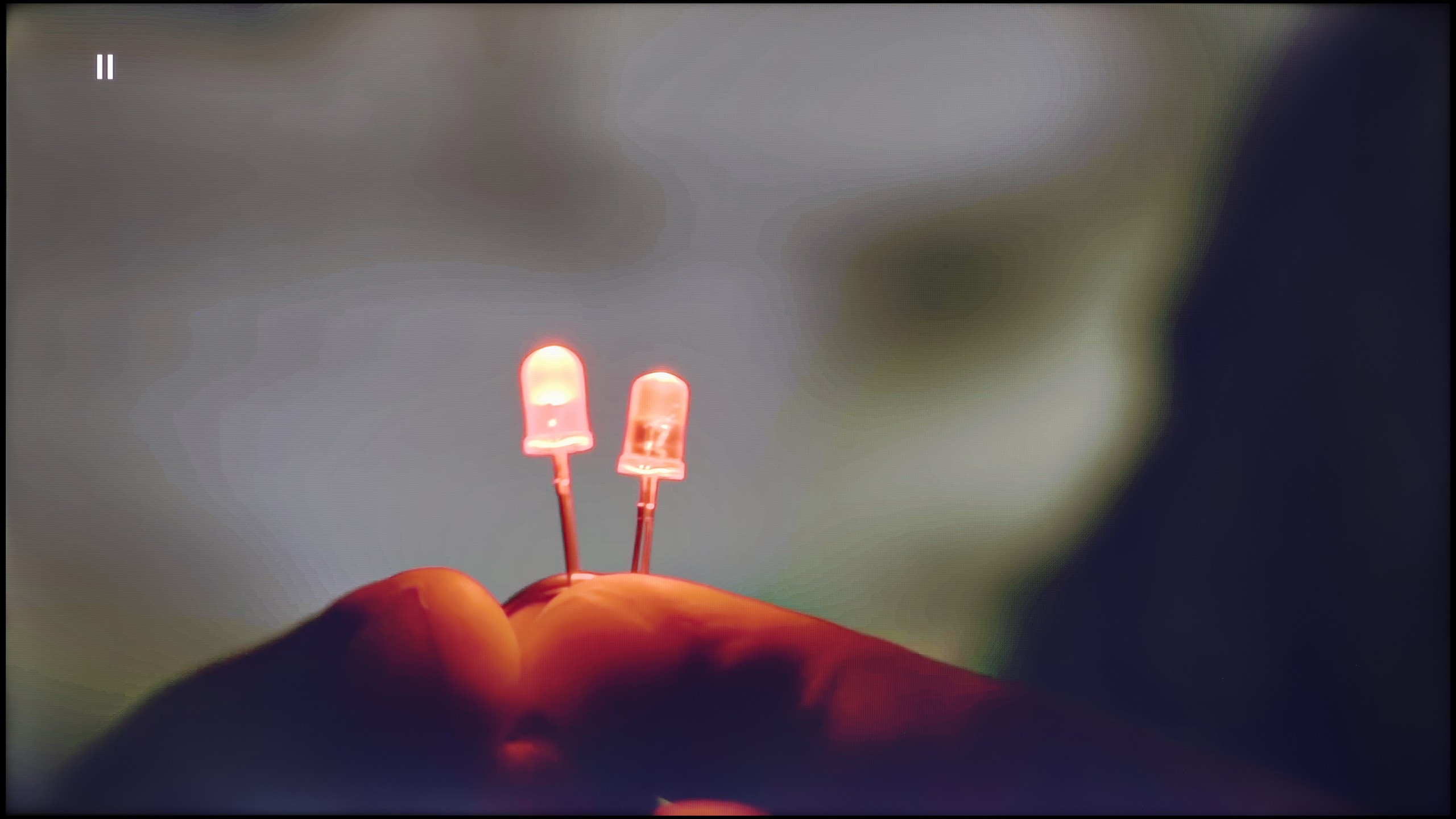
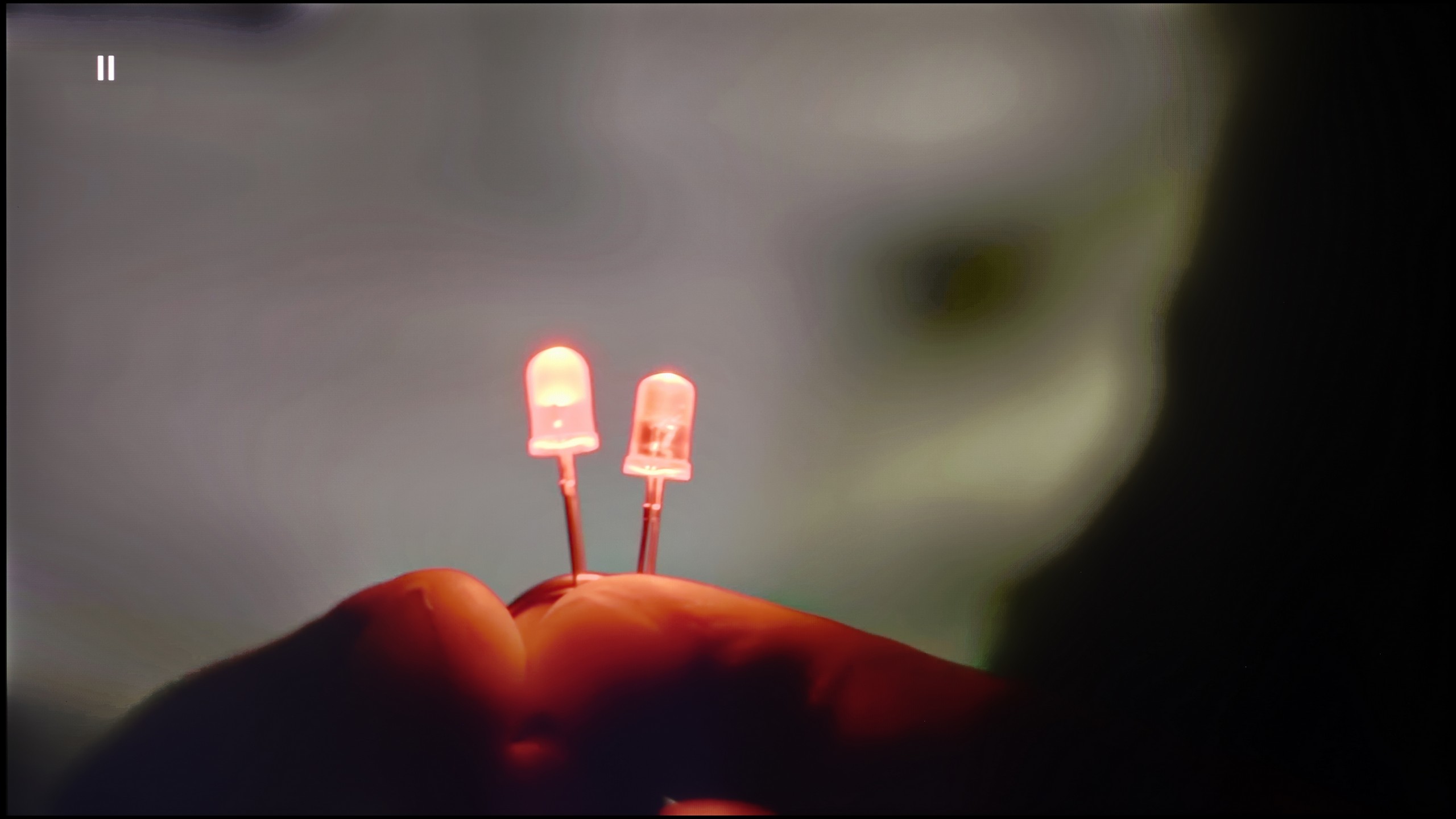
Image without overscan on the SD signal
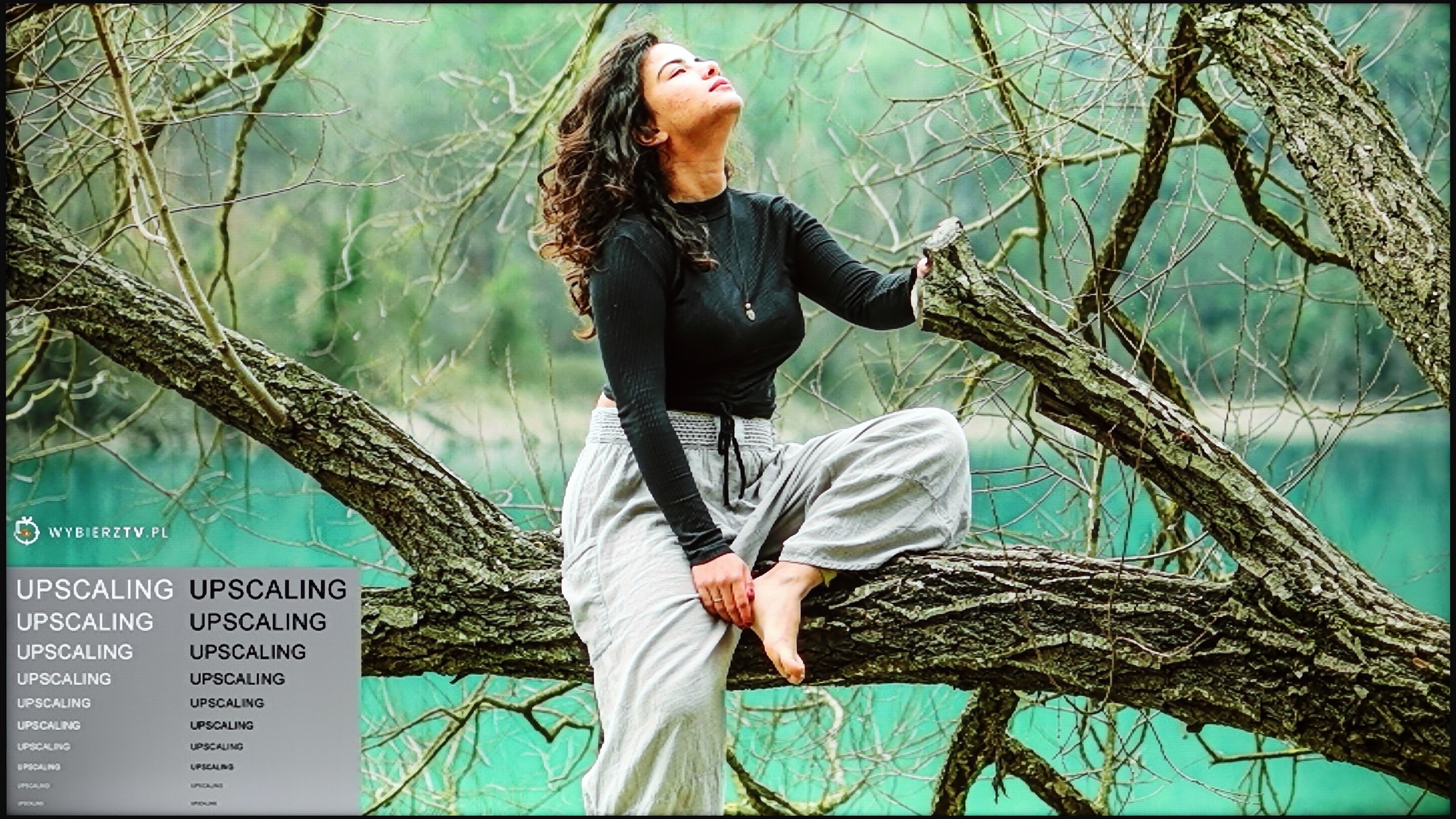
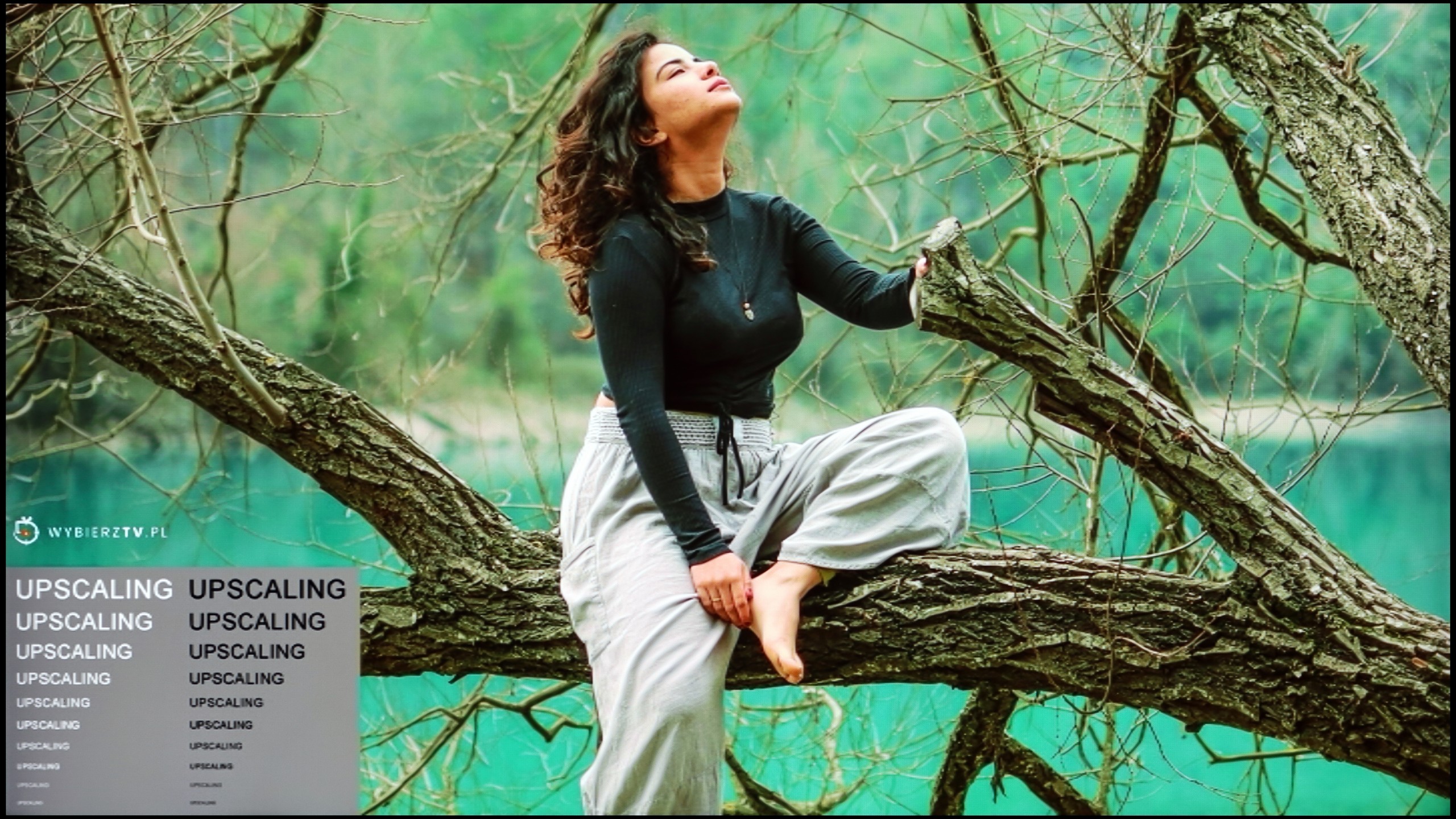
The version with the IPS panel performed noticeably worse here. Image scaling was uneven – this was particularly evident in lower quality materials, where edges became jagged and the image appeared less detailed. At times, there was also a slight blur that diminished sharpness and made the overall impression seem less refined than in the VA version. The solution proved to be the tonal transition smoothing function. On the medium setting, it worked very well – it did not spoil the image with excessive softening, while simultaneously smoothing colours in such a way that everyday content gained coherence. The difference was particularly noticeable with television programmes or streaming materials with poorer compression quality, where the television with the function on presented itself much better. This is one of those additions that are worth keeping active, as they significantly enhance the experience of daily content.
If someone is worried about potential "steps" when blending colours, there is a simple way in the QNED86A to address this. Just activate the feature called Smooth Gradation and set it to a medium level. Then the television really smooths out all those unwanted transitions quite well – especially in older productions – and it does so in a way that film grain doesn't disappear, nor do strange artefacts appear. In other words, it can be used without concern.
The upscaling itself also performs quite well. Of course, there are no miracles here – with lower quality sources, you can notice characteristic ringing. Fortunately, there is a sharpness slider in the menu, and if someone prefers a more "soft" image, it can be quickly adjusted to personal taste.
Blur and motion smoothness
4.5/10
7.8/10
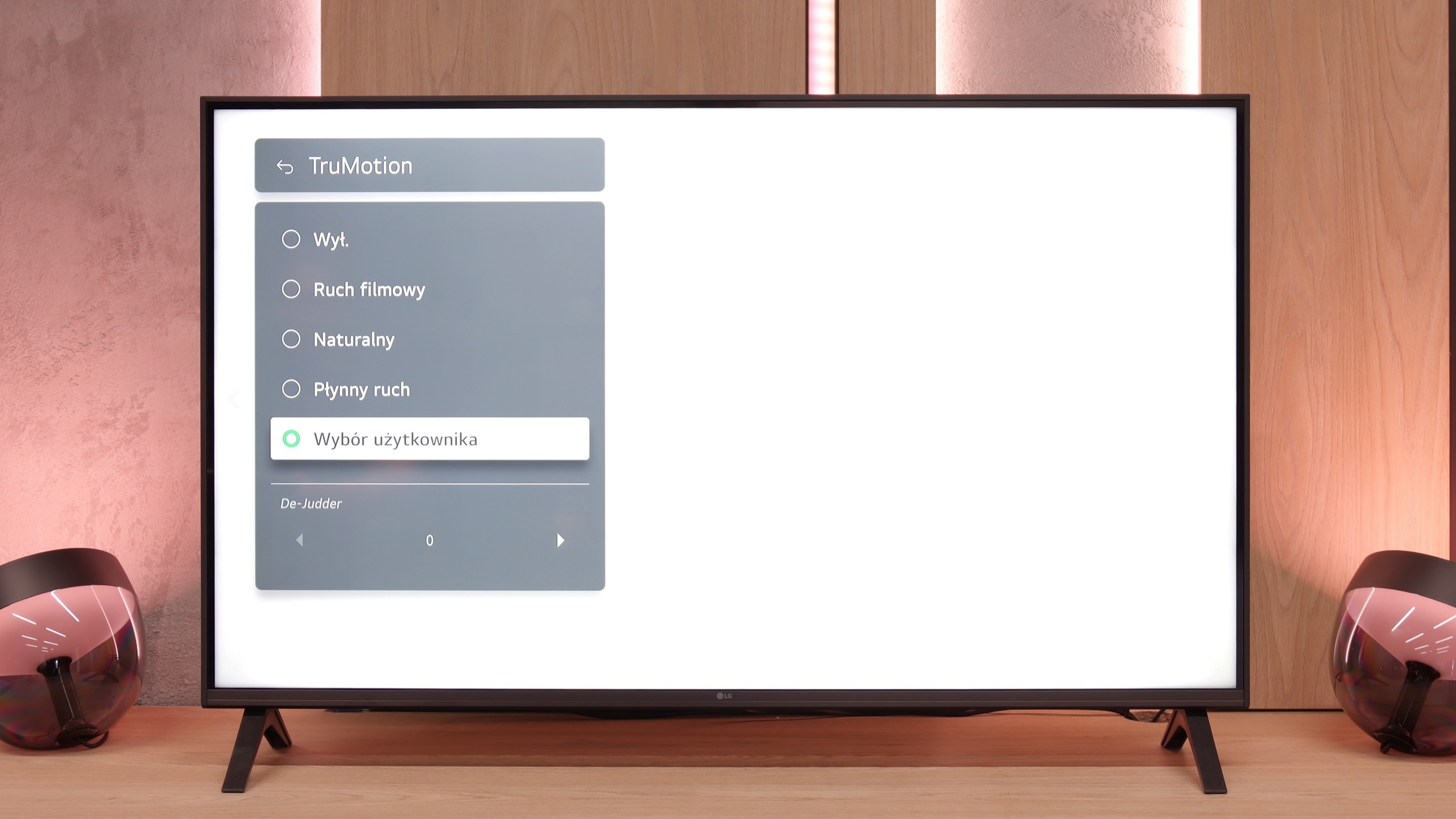
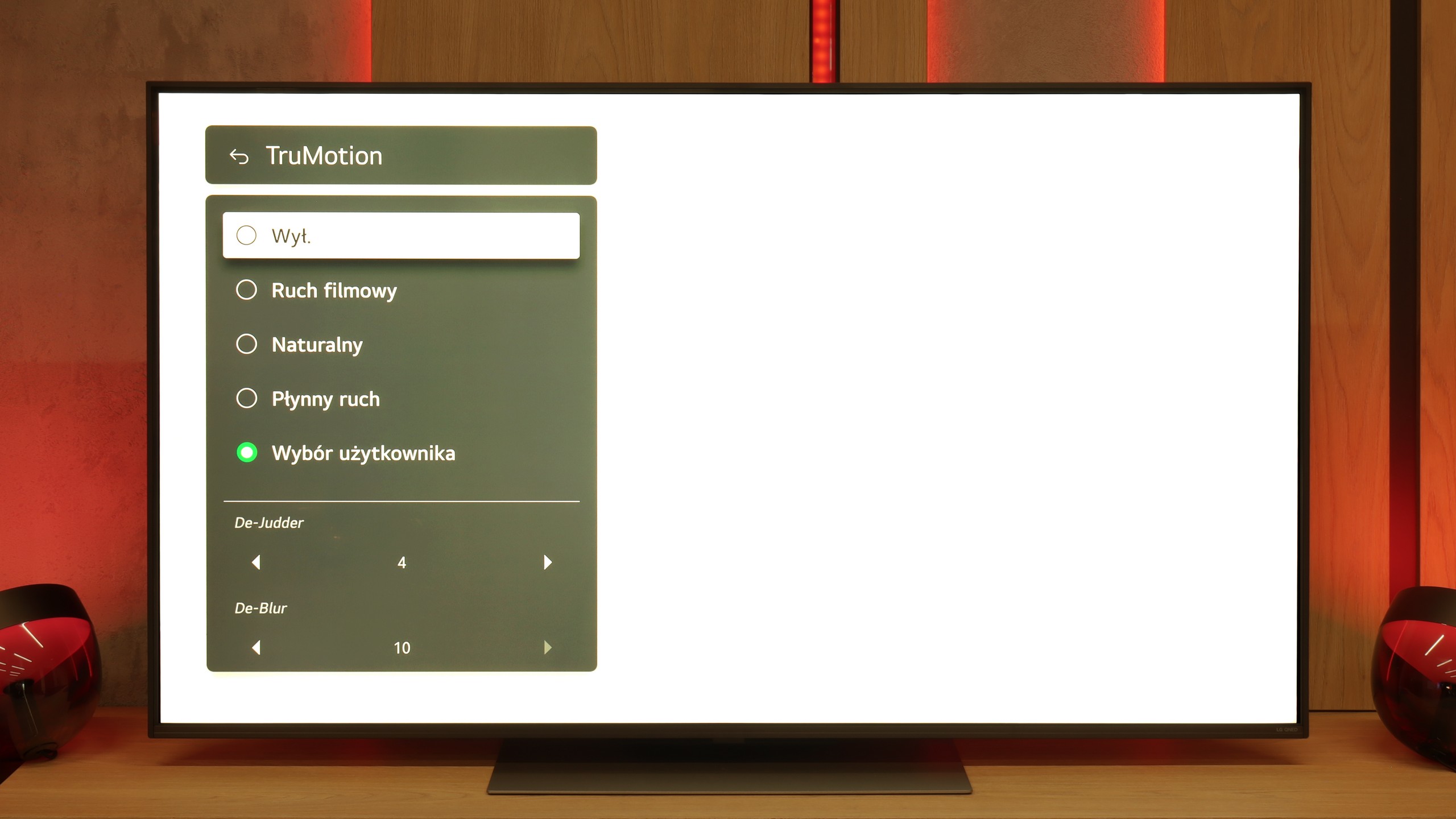
Blur (native resolution, maximum refresh rate):
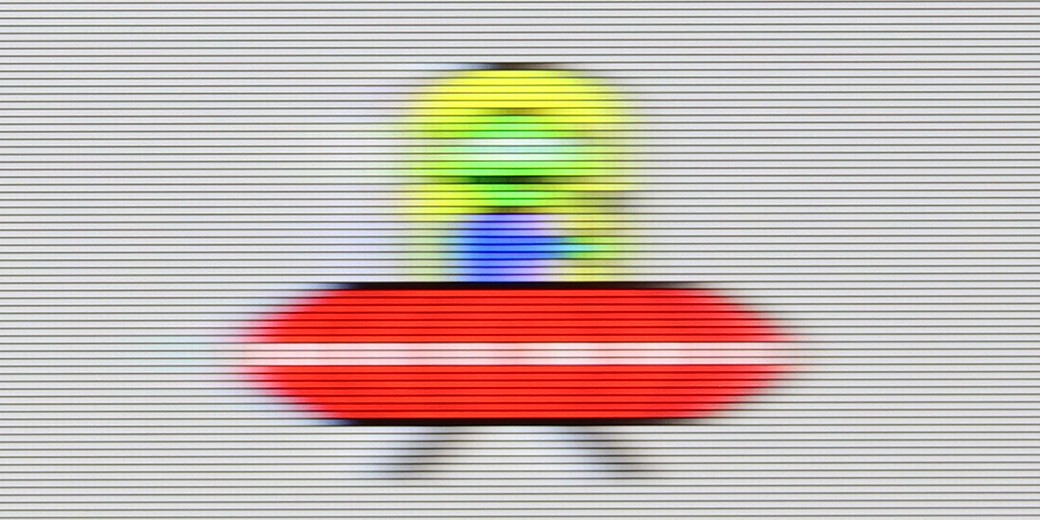
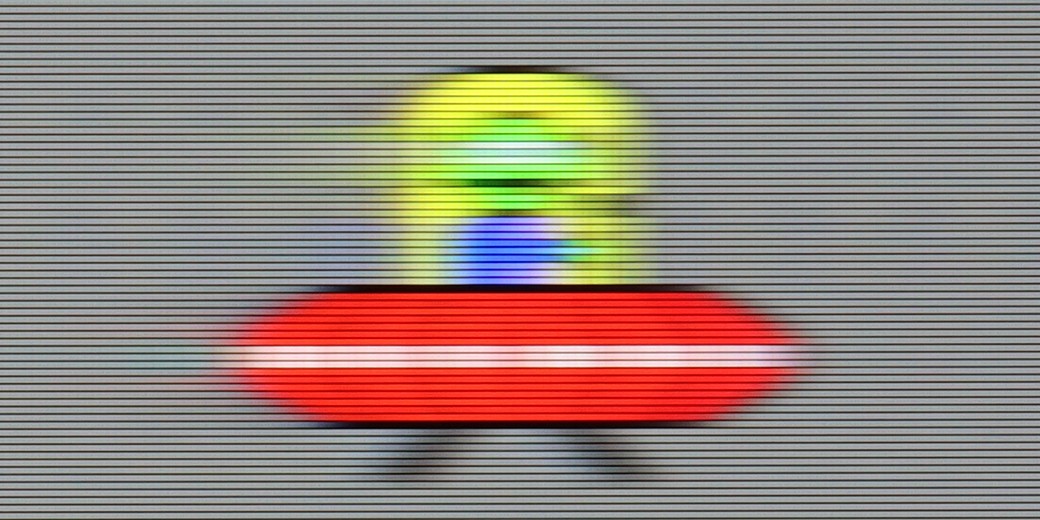
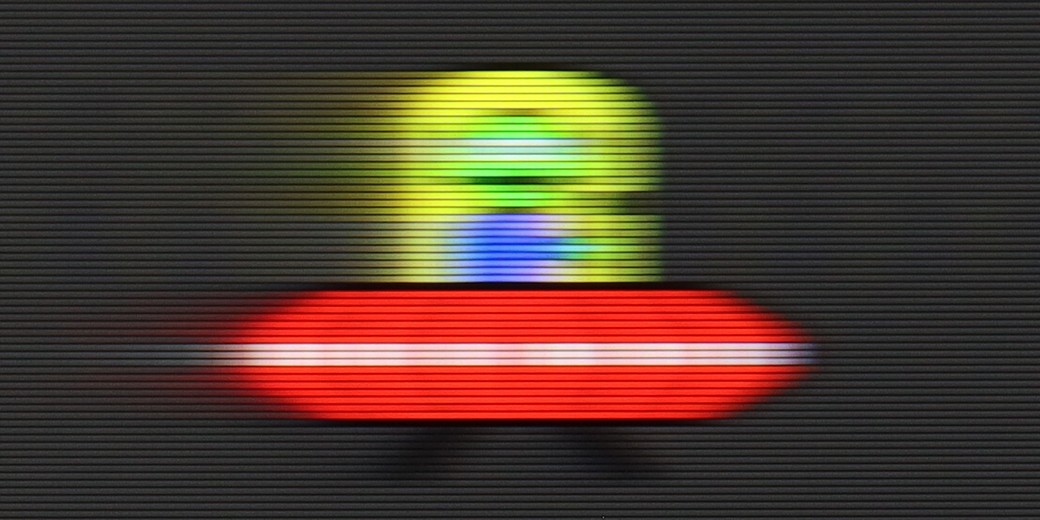
Blur (BFI function enabled):
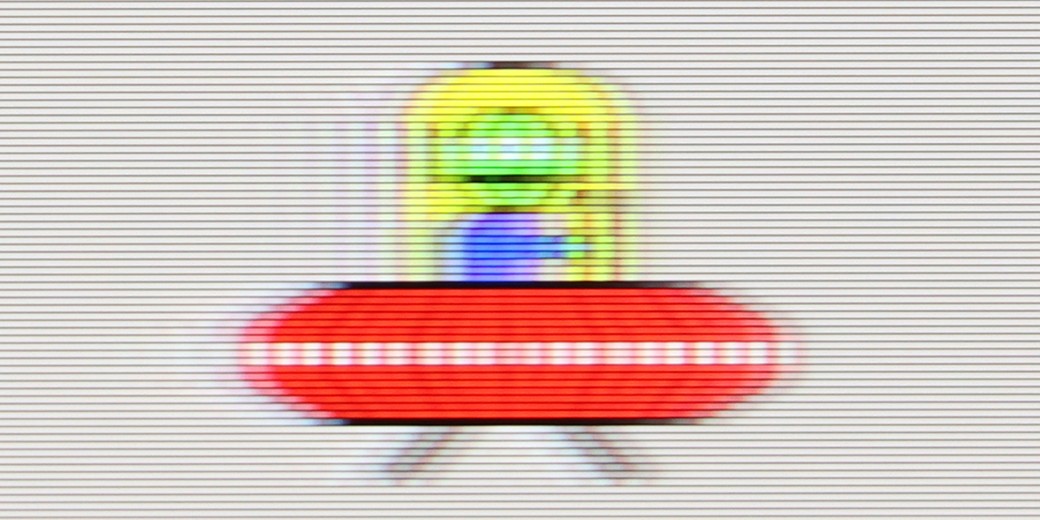
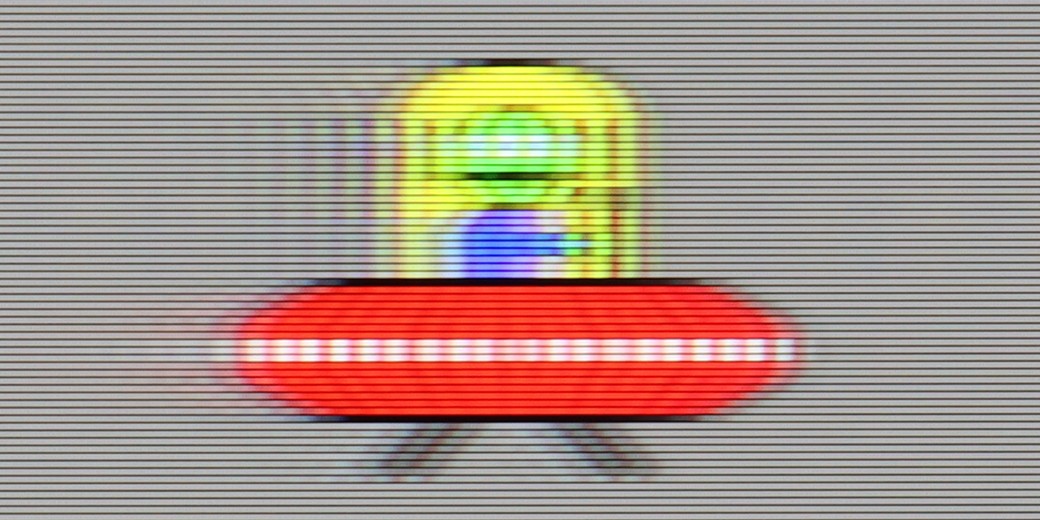
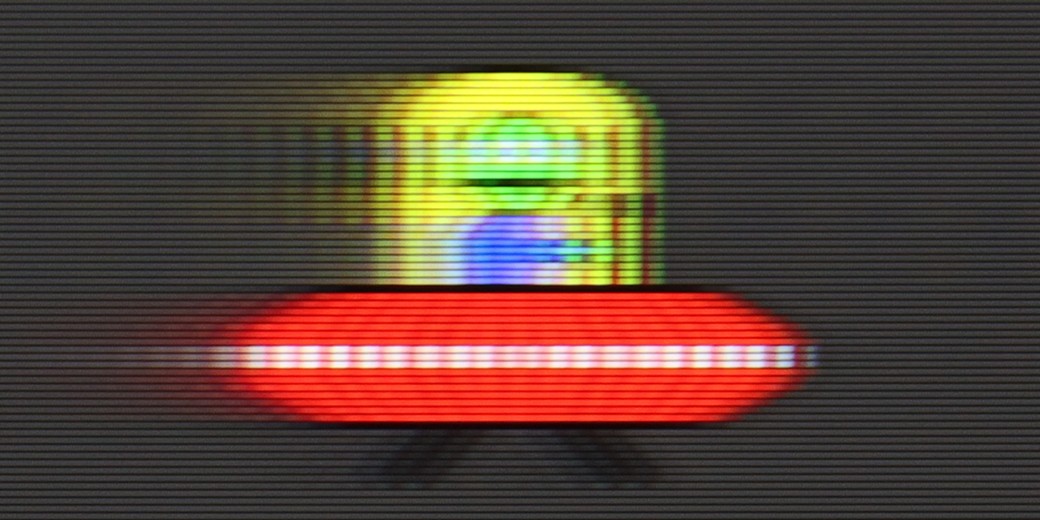
LG UA7500 is a television with a 60 Hz panel, so it is difficult to expect much excitement in this category. It is rather a screen designed for everyday content or an evening film screening rather than for following dynamic sports events or playing action games. It is clear that the manufacturer aimed this model at this group of consumers – and in this regard, it performs adequately. We have the TruMotion function available, which is a motion smoother. It is simple, has only one slider, but can make a noticeable difference. At the lower range, the picture looks more raw and cinematic, while at higher values, the motion becomes smoother and more pleasant to the eye.
The QNED86A is equipped with a panel boasting a refresh rate of 120 Hz, so it can be said from the outset that it is suitable for both sports and gaming. And indeed, it is – the image appears smooth, and motion blur is not particularly intrusive. IPS panels have always had some issues with this, and here too, slight blurring can sometimes be noticed, especially in very dynamic scenes, but it is not something that ruins the viewing of a match or a fast-paced game. For cinema and sports fans, LG has included the traditional TruMotion smoothness enhancer. In the menu, we have two sliders – one for movies (De-Judder) and the other for sports (De-Blur). The first adds missing frames and can be adjusted to modify the character of motion – from raw, cinematic to a smoother, more ‘theatrical’ look. The second improves sharpness during dynamic actions, so it's worth turning it up a bit if you watch a lot of sports.
Console compatibility and gaming features
6/10
9.8/10
- ALLM
- VRR
- VRR range48 - 60Hz48 - 120Hz
- Dolby Vision Game Mode
- Correct implementation of HGIG
- 1080p@120Hz
- 1440p@120Hz
- 4K@120Hz
- Game bar
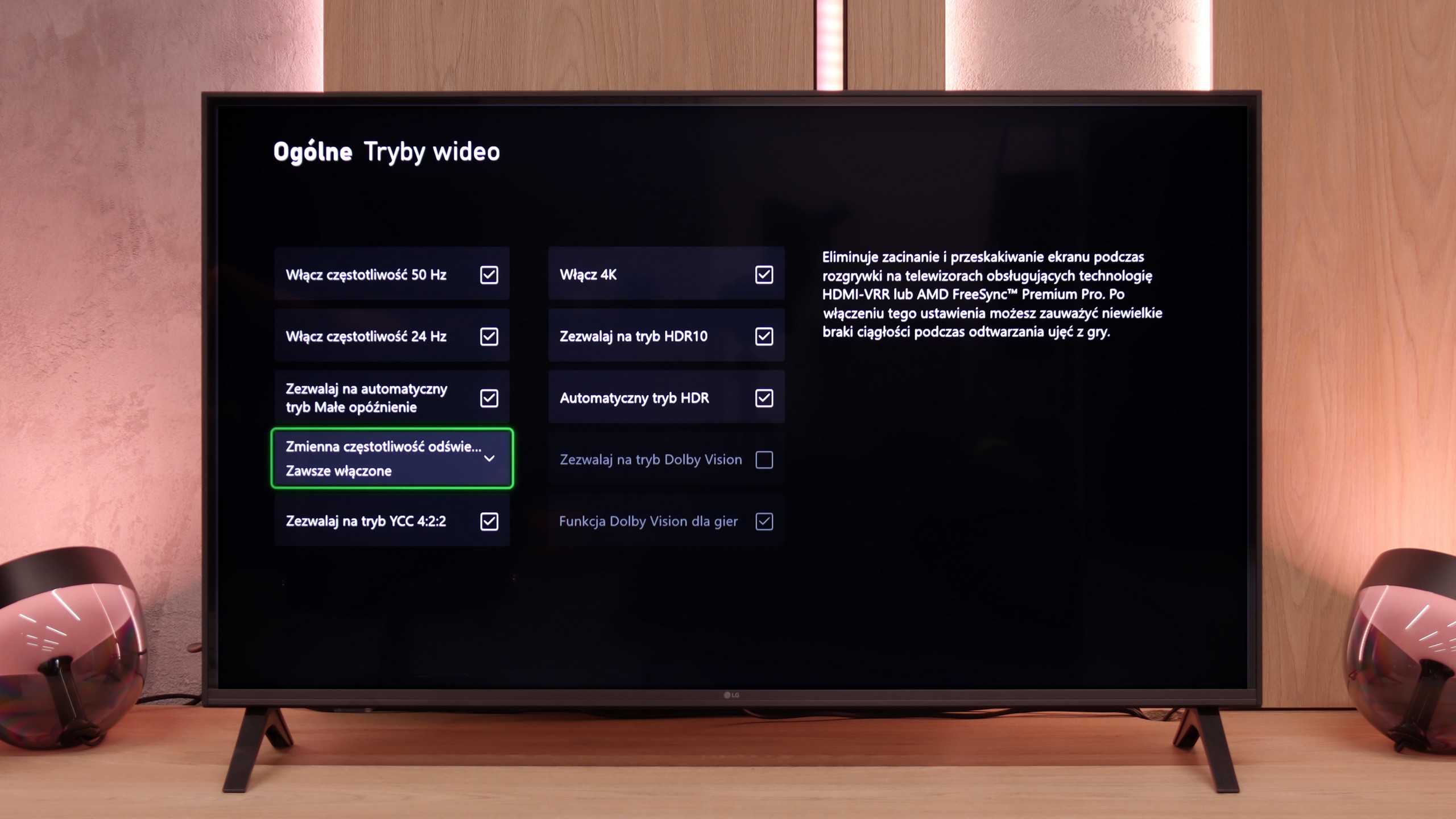
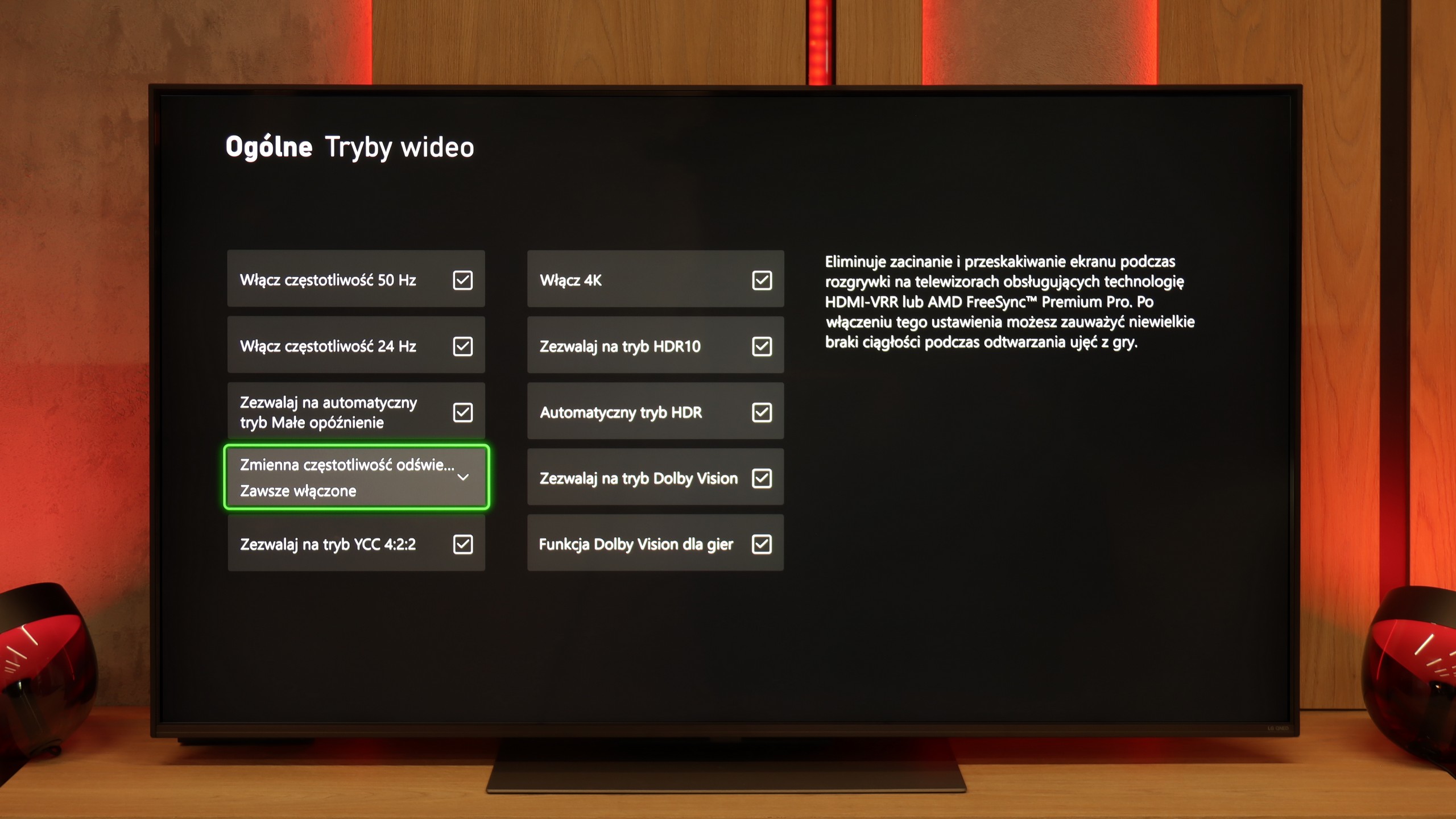
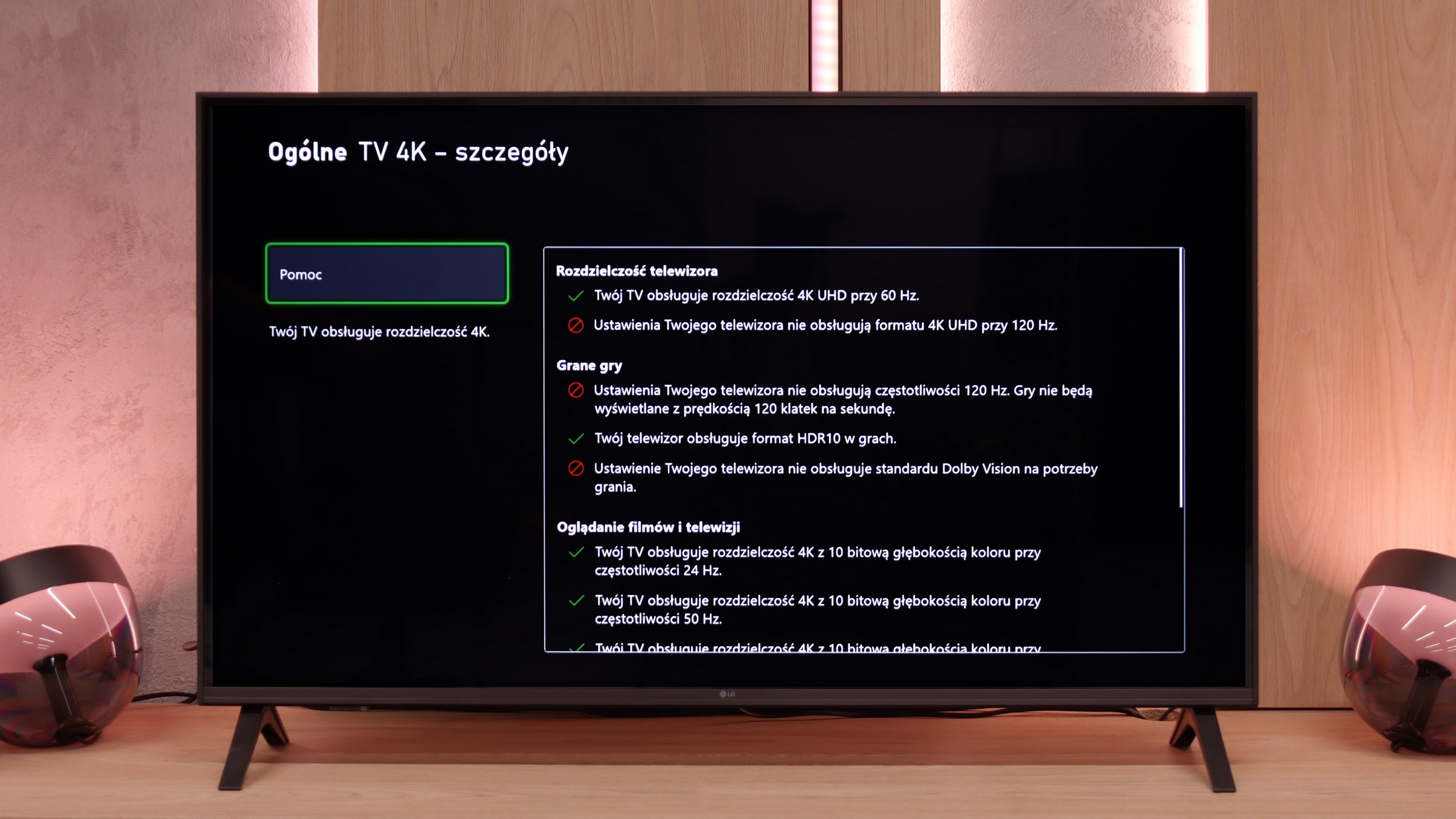
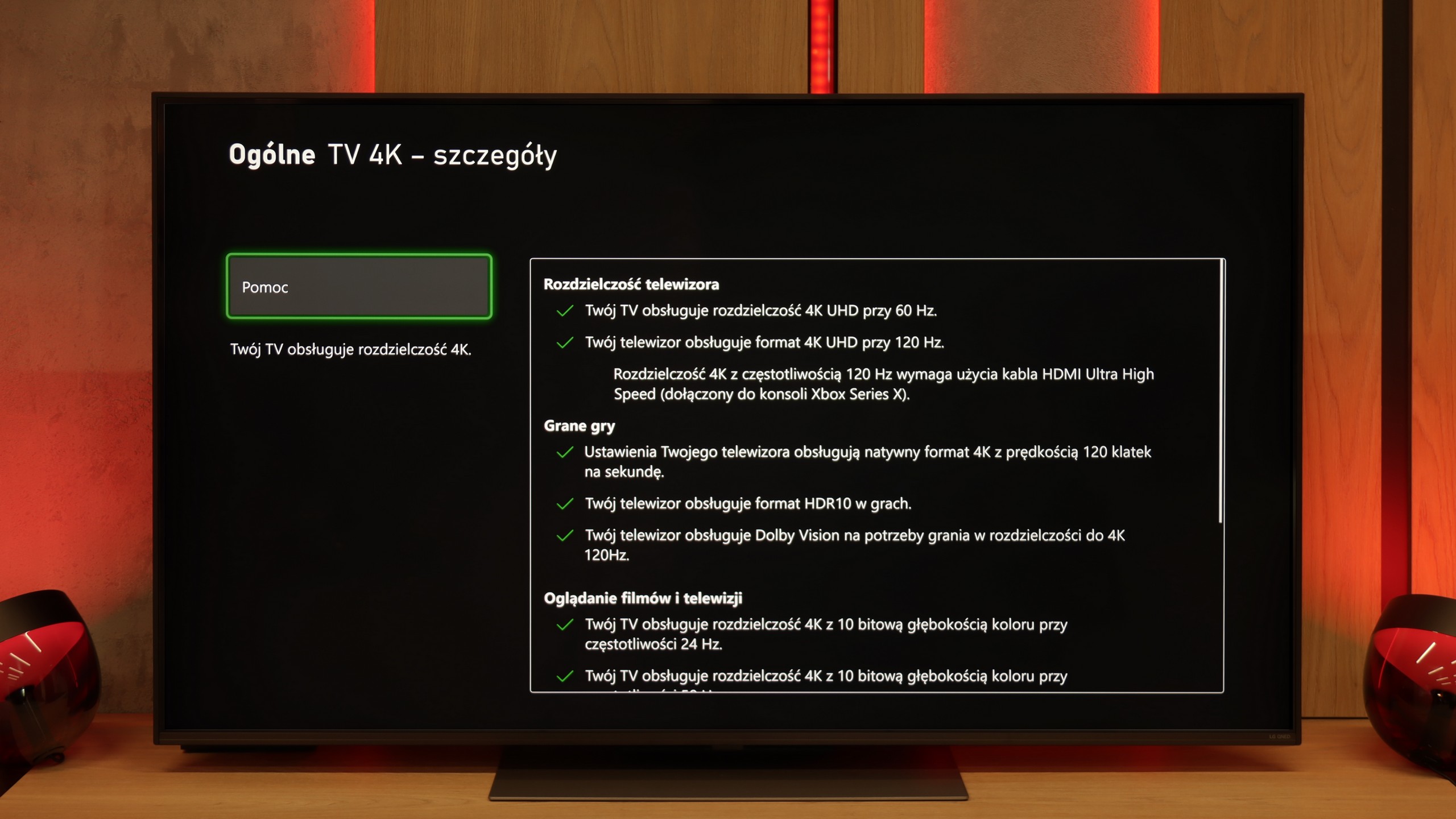
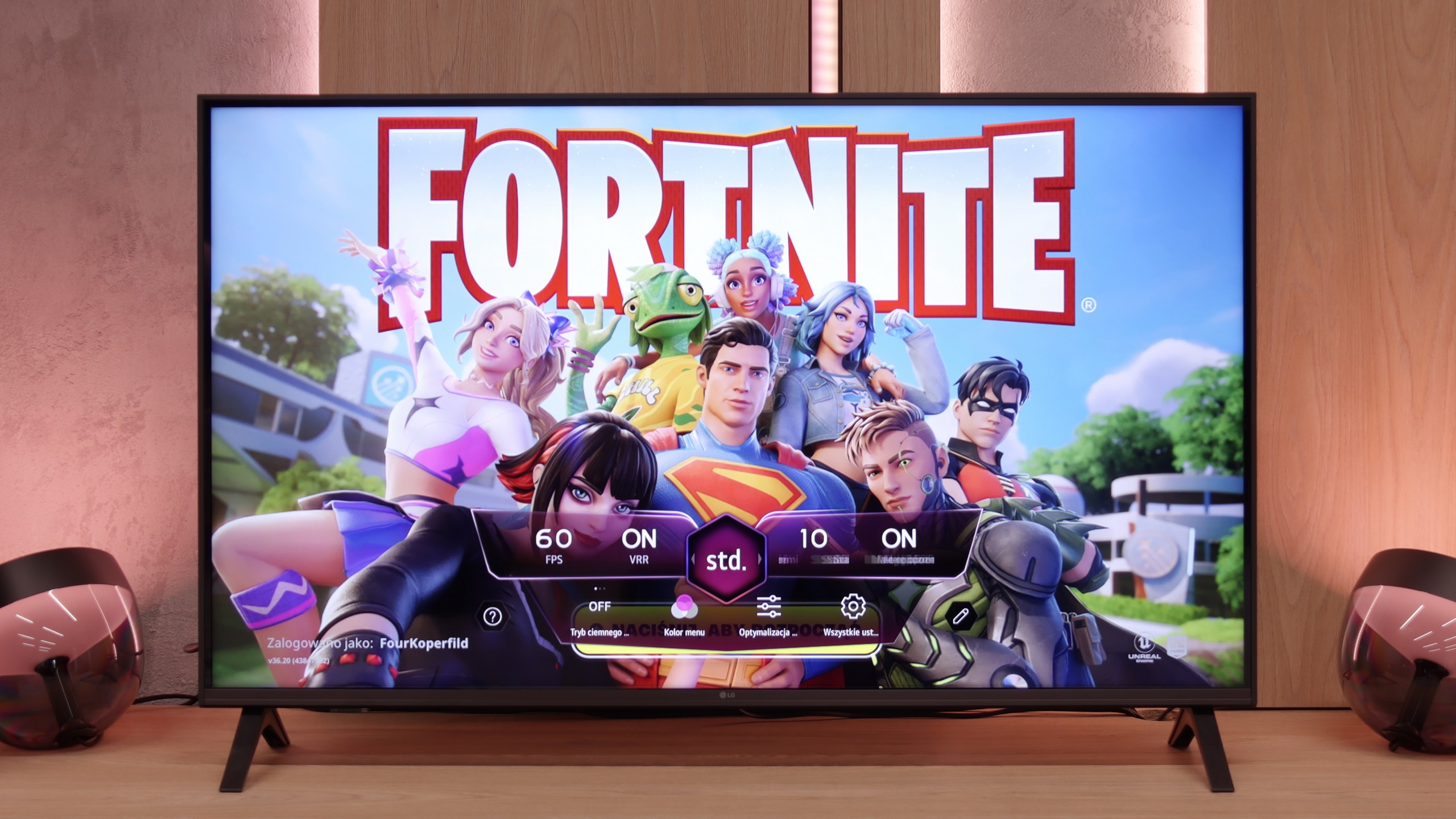
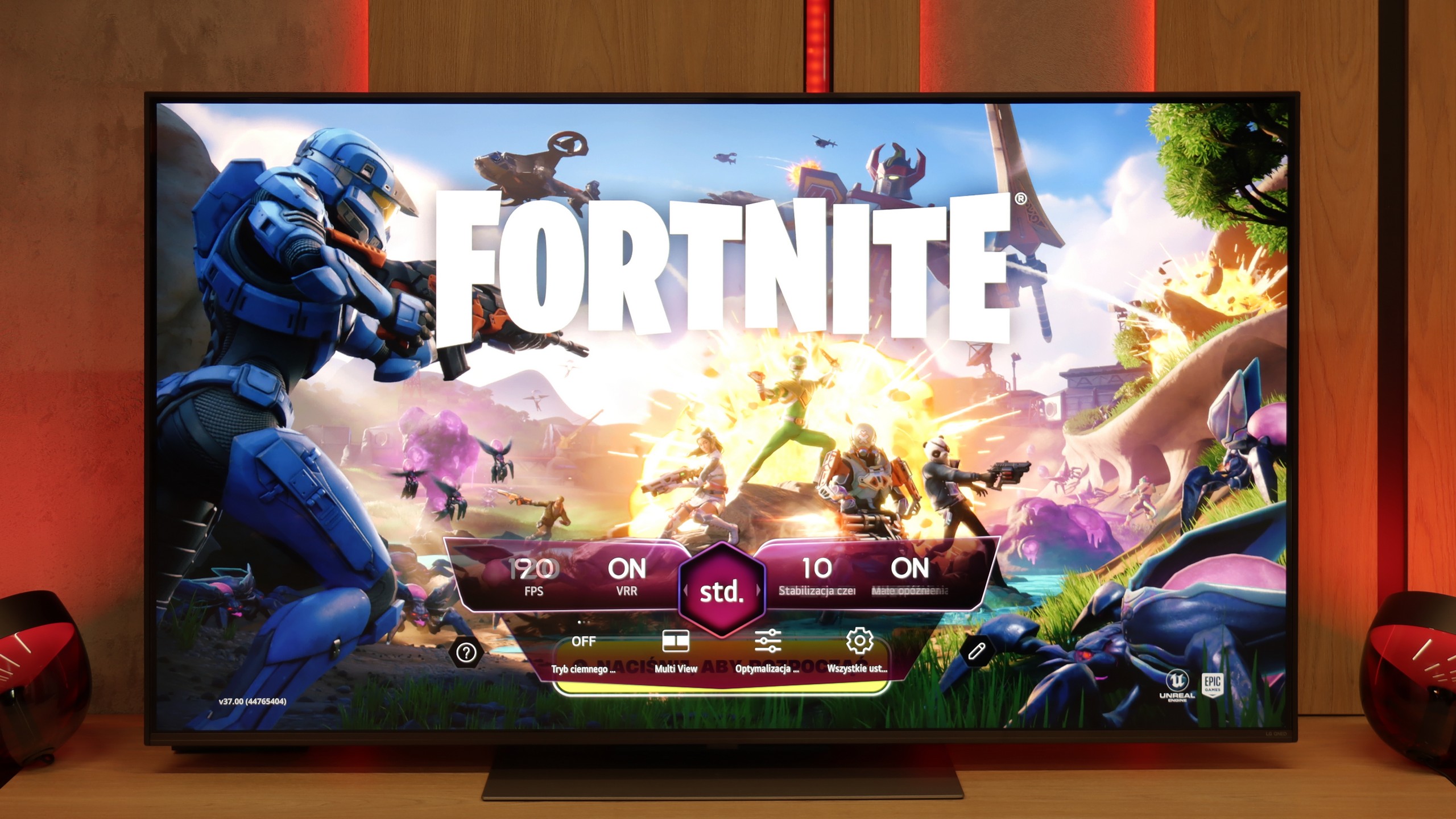
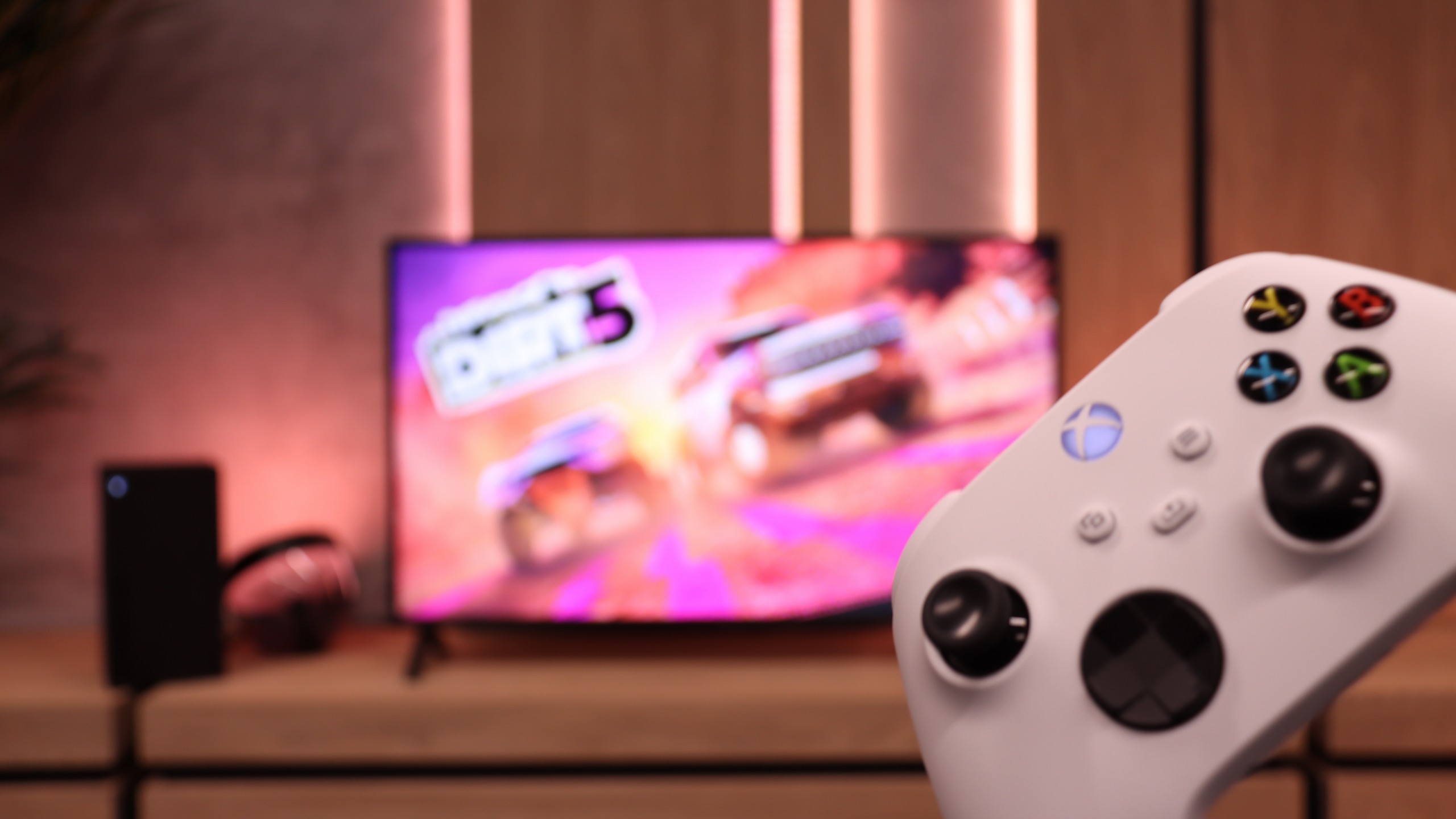
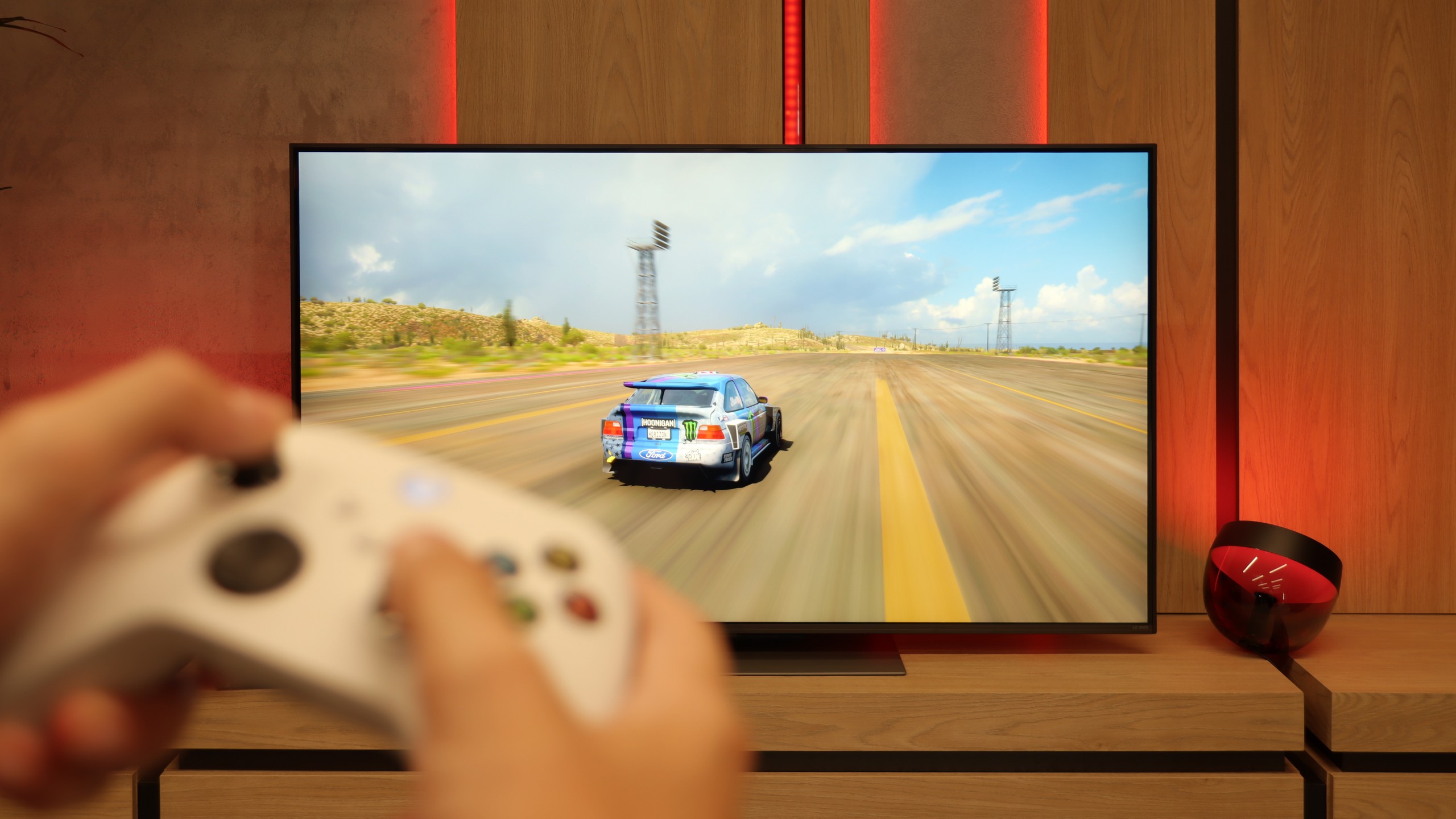
LG UA7500 is a television that can be confidently recommended to "casual" gamers. While it lacks a 120 Hz panel and HDMI 2.1 ports, so fully utilising the potential of modern consoles is out of the question. However, the manufacturer has included a few features that can enhance the gaming experience. Noteworthy is the Game Bar – a very well-designed panel where you can quickly preview and change the most important settings. From this panel, we have access to various features, including the ALLM mode (automatic switching to game mode) and frame synchronisation, namely VRR. The range of VRR is limited – it operates from 48 to 60 Hz – but the mere presence of this feature in such an affordable television leaves a positive impression.
Additionally, there is support for HGiG, which is the HDR calibration mode for gaming. This sounds good, but from our testing experience, we know that in the case of the UA7500, this option is not particularly useful. The television does not perform very well with HDR, so paradoxically better results were achieved with this mode turned off. This is another signal that the UA7500 is more of a screen for occasional gamers who value simplicity and convenience rather than for those seeking a full immersion experience with the latest consoles.
In terms of gaming, the LG QNED86A6A is a complete tool. It features four HDMI 2.1 ports with full bandwidth of 48 Gb/s, which means that whether you connect a PlayStation 5, Xbox Series X, or a powerful PC, everything will run in full 4K at 120 Hz with support for all functions. This is a significant advantage, as some competitors still only offer two such ports, which can be troublesome with multiple devices. It also includes VRR, or variable refresh rate, which eliminates screen tearing, as well as ALLM, which automatically activates game mode when the console is turned on. Dolby Vision Gaming is also included, along with proper implementation of the HGiG format, so titles that support these formats look more vivid and detailed. On top of all this, there is the Game Optimizer – a sort of control centre for gamers. From this interface, you can view picture parameters in real-time, quickly change modes, activate additional features, or adjust image settings to your personal preferences. The LG QNED86A6A essentially has everything one could expect from a modern gaming television.
Input lag
10/10
9.9/10
SDR
HDR
Dolby Vision
A delay of less than 10 ms is a result that more expensive models could easily envy. This means that games operate exceptionally responsively, and every action on the controller is immediately visible on the screen. This is one of the strongest points of this television, especially for those who enjoy firing up a console from time to time.
There is really nothing to complain about here. The QNED86A6A achieves excellent results – around 5 ms with 120 Hz content and roughly 15 ms with 60 Hz. These values will easily satisfy both console gamers and those who connect a PC to the television. The response to movements is instantaneous, so you can forget about delays between the image and the action on the controller.
Compatibility with PC
6/10
8/10
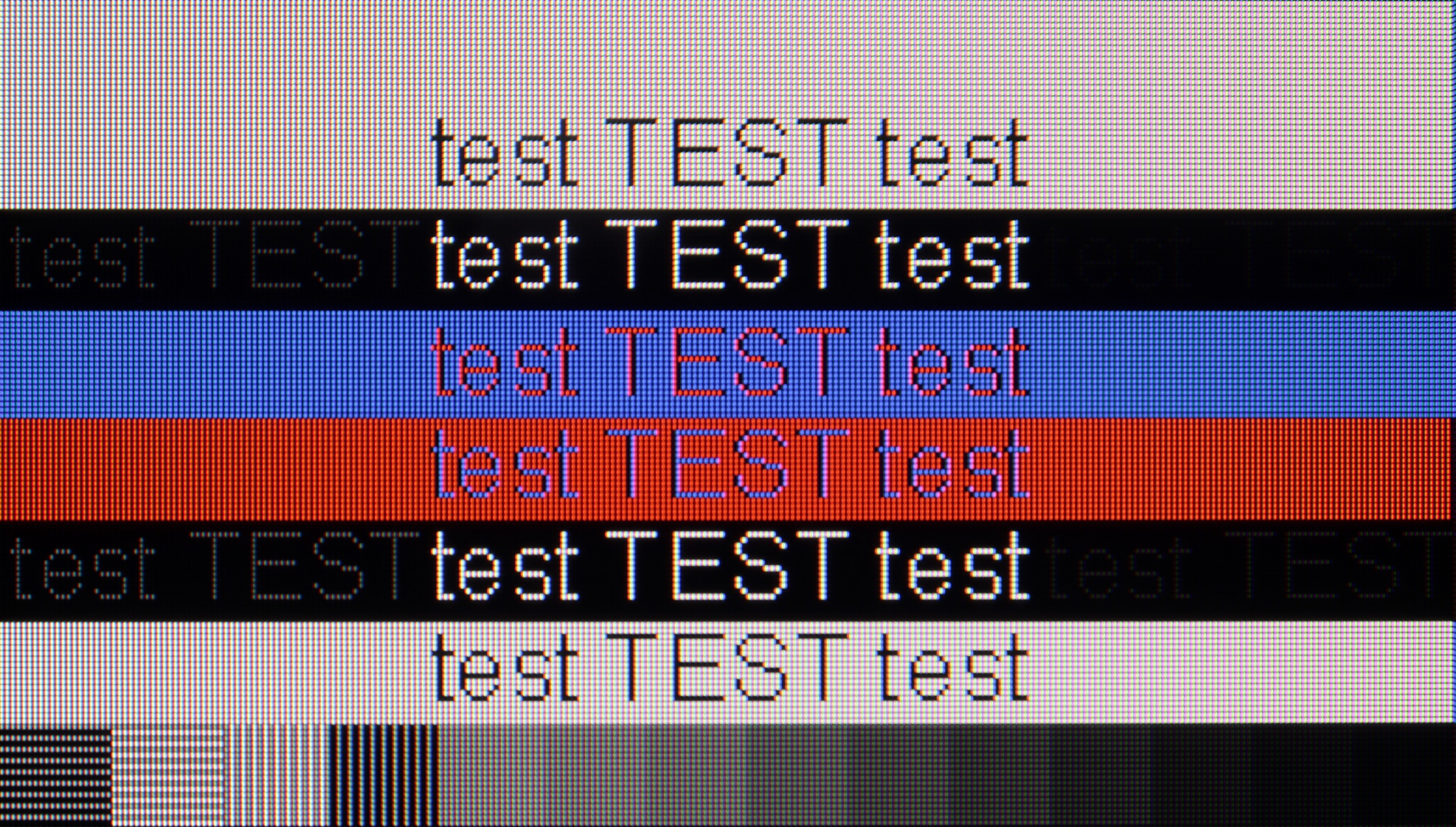
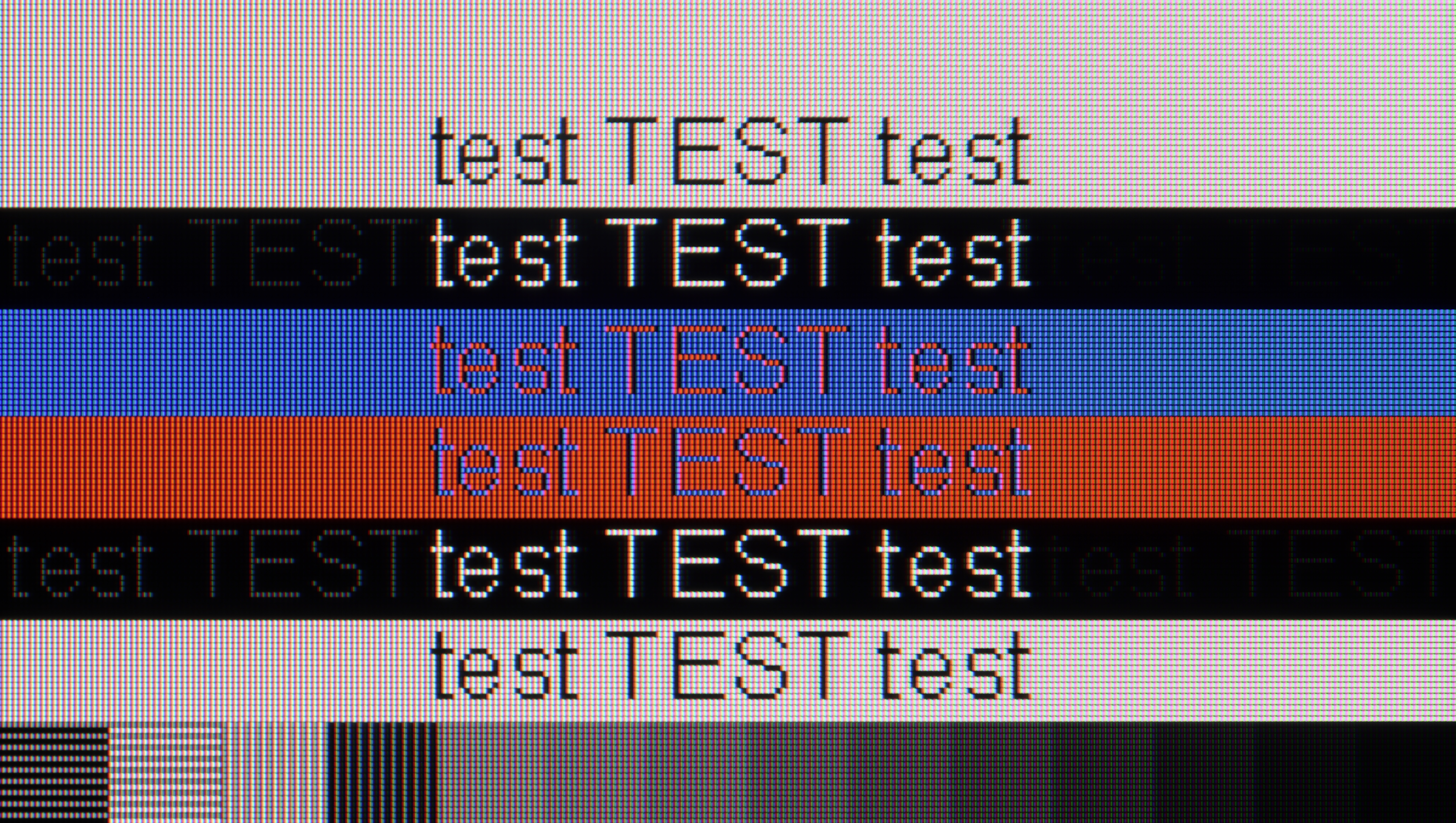
In the 43-inch variant, which is equipped with an IPS panel, the LG UA7500 has performed excellently as a tool for computer work. Thanks to the use of this specific panel, the readability of fonts is at a superb level – text appears sharp and clear even during extended office work. Additionally, it supports chroma 4:4:4, so coloured fonts, icons, and interface elements look phenomenal. This makes the UA7500 excel as an occasional monitor. It is not a screen designed for ardent gamers, but in the context of work and everyday use of a PC, it performs wonderfully.
LG QNED86A, thanks to the use of an IPS matrix, a full RGB subpixel layout, and correct implementation of chroma 4:4:4, makes fonts look fantastic on the QNED86A6A. The text is sharp, clear, and legible, making the television ideal for office work. This is important, as this year the model also debuts in a 43" size, and such a variant can easily land on a desk and serve as a large monitor. Of course, some users who opt for the 43" version will be gamers, and here too there are no reasons for complaints. The television supports 4K at 120 Hz, so gameplay is smooth and enjoyable. It's a bit of a shame that there is no higher refresh rate mode like the 144Hz declared by the manufacturer, as PC gamers would surely appreciate that. Despite this, the QNED86A6A performs really well as a monitor for gaming and work.
Viewing angles
6.4/10
6.9/10
The greatest advantage of the IPS variant in the LG UA7500 is the viewing angles. Even when we sit quite far to the side, the image retains its consistency – colours do not fade abruptly, and the brightness of the screen remains at a decent level. This type of panel makes the television suitable for rooms where people often watch TV together, sitting in different places. It is evident that IPS does not struggle to maintain stable colours at larger angles, which facilitates viewing with a larger group. However, it should be added that the contrast is still limited, so even if the image from the side looks even, it still lacks depth, especially in dark scenes. IPS compensates for this with a wide range of angles but at the cost of average blacks, regardless of perspective.
QNED86A6A performs very well in this regard. The IPS panel used here ensures that the image maintains its brightness and colour saturation even when viewed from an angle. There is none of the fading effect often seen in cheaper TVs with VA panels. Of course – there is no point comparing this to the level offered by organic panels, where colours and contrast remain perfect from almost every angle. But as far as LCD TVs go, this is definitely one of the better results and is more than sufficient for watching films or sports together on the sofa with a larger group.
TV efficiency during daytime
4/10
5.8/10
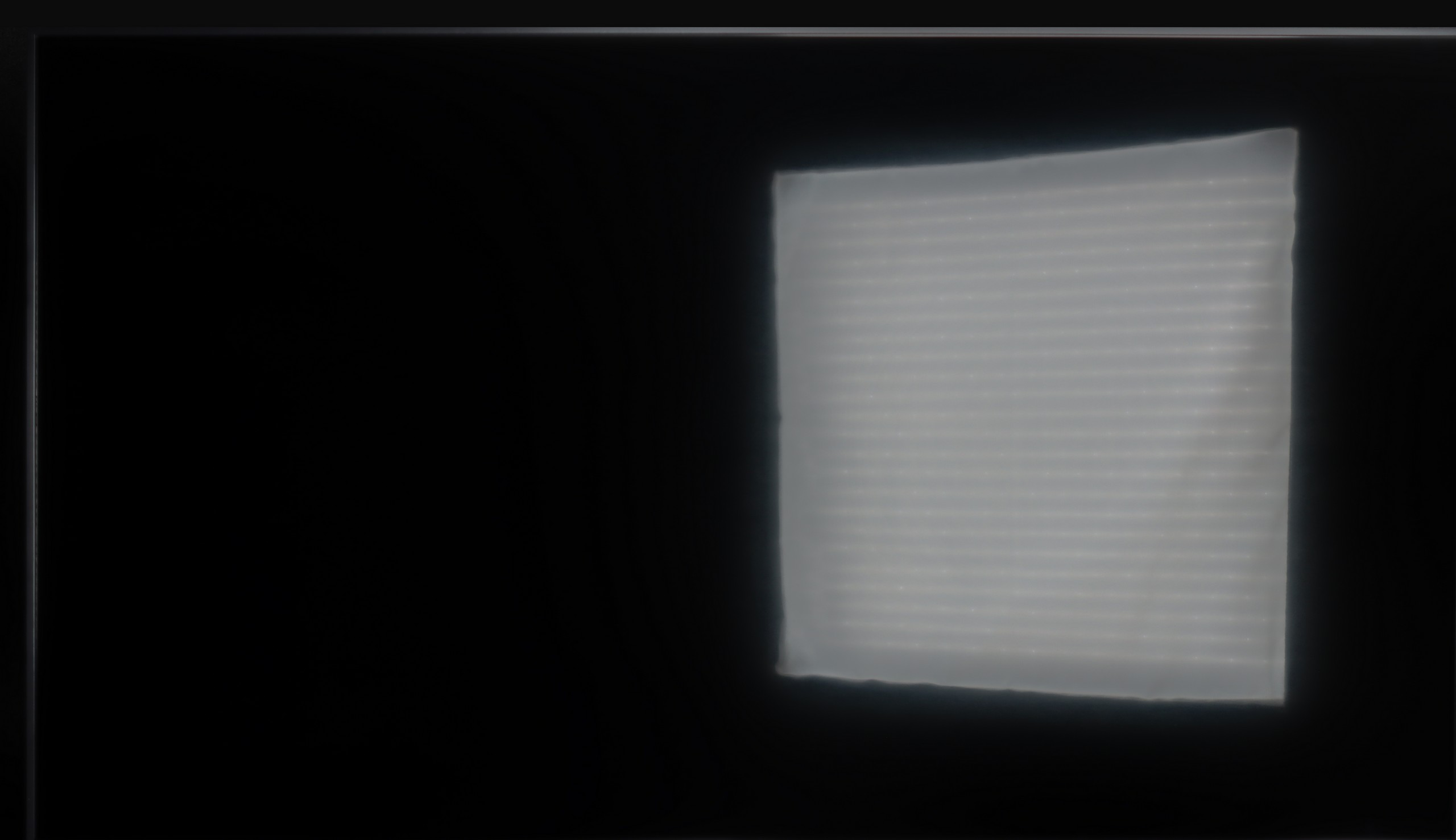
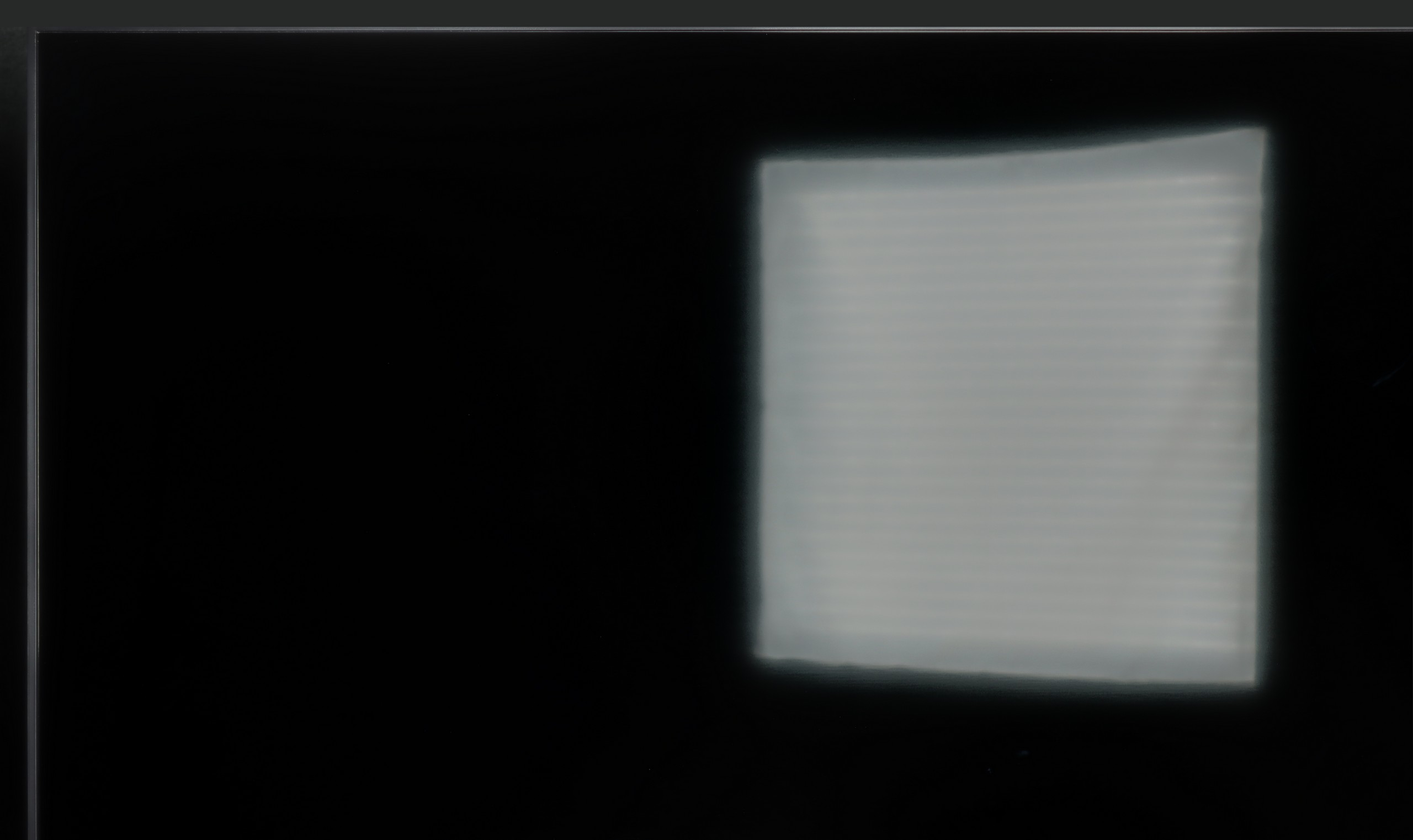
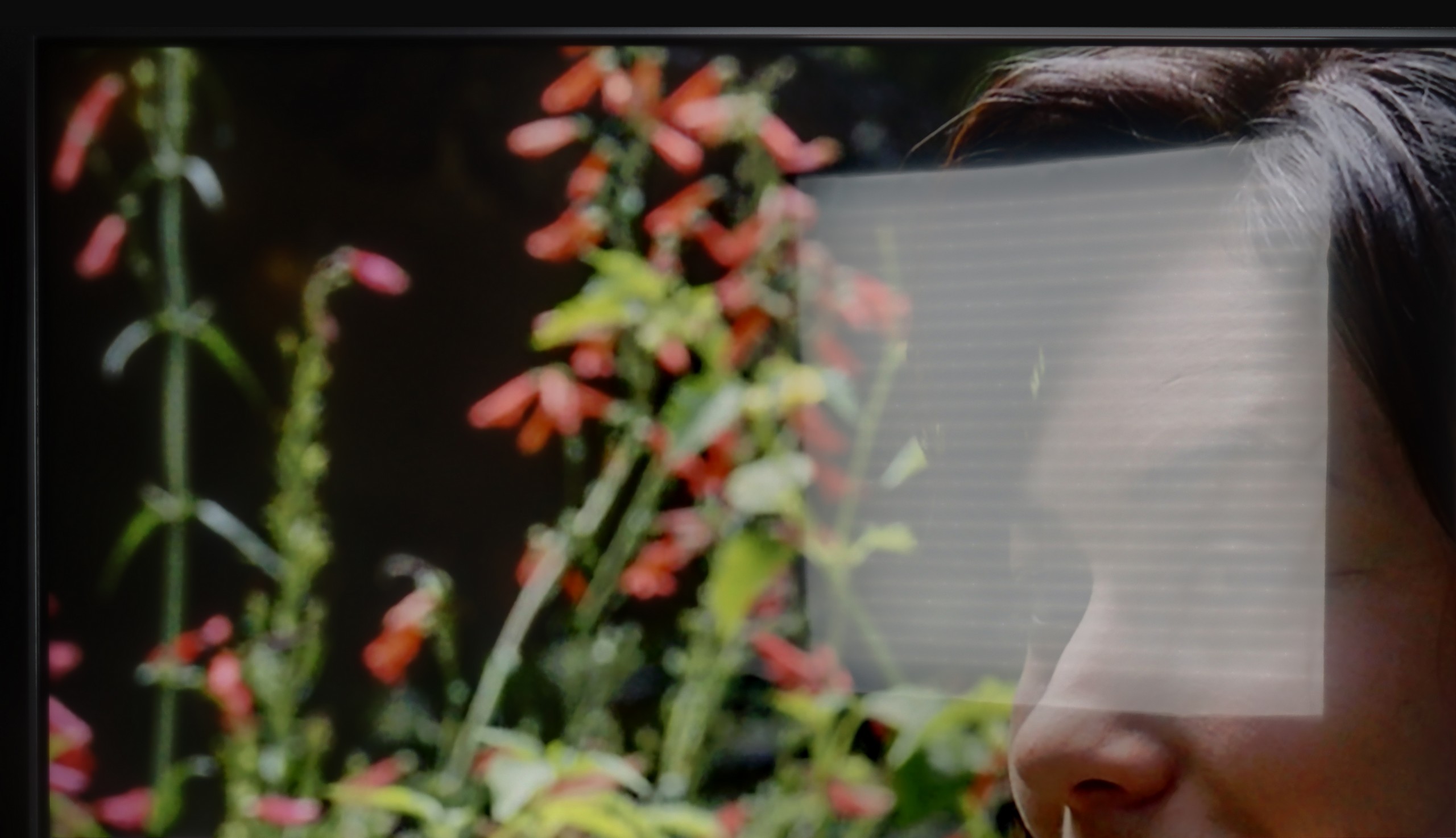
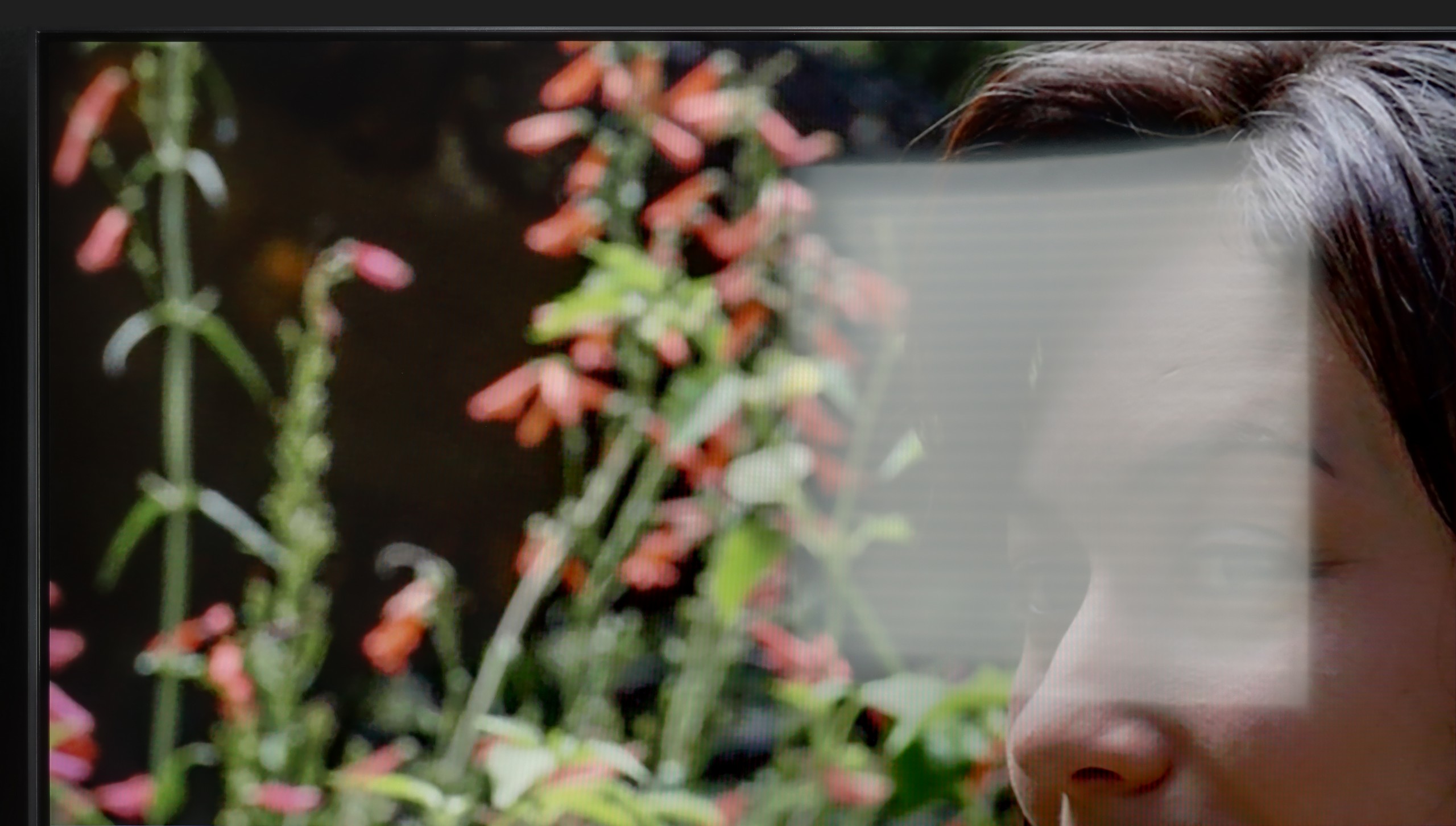
Matrix brightness
Average luminance SDR
LG QNED86A / QNED85A / QNED87A: 462 cd/m2
LG UA75006LA (IPS): 247 cd/m2
The IPS variant performs worse in this regard. The coating is the same – it average suppresses reflections – but the brightness is lower, at around 250 nits. This means that on sunny days the screen appears noticeably darker and is easier to lose readability. The colours still maintain their accuracy and do not fade excessively, but the lack of additional brightness reserve is noticeable. In practice, the television will perform well in rooms where light does not hit the screen directly, whereas in brighter conditions, IPS can quickly show its limitations.
QNED86A6A is not a champion of brightness, but it manages adequately. Thanks to the moderately high brightness of the panel and quite decent reflection handling, the television will perform well in typical, moderately lit living rooms. The image remains clear, and the colours do not lose their intensity in daylight. However, let's not fool ourselves; this is not a screen that will cope in extremely bright conditions, where sunlight streams through large windows and floods the room.
Details about the matrix
Subpixel Structure:
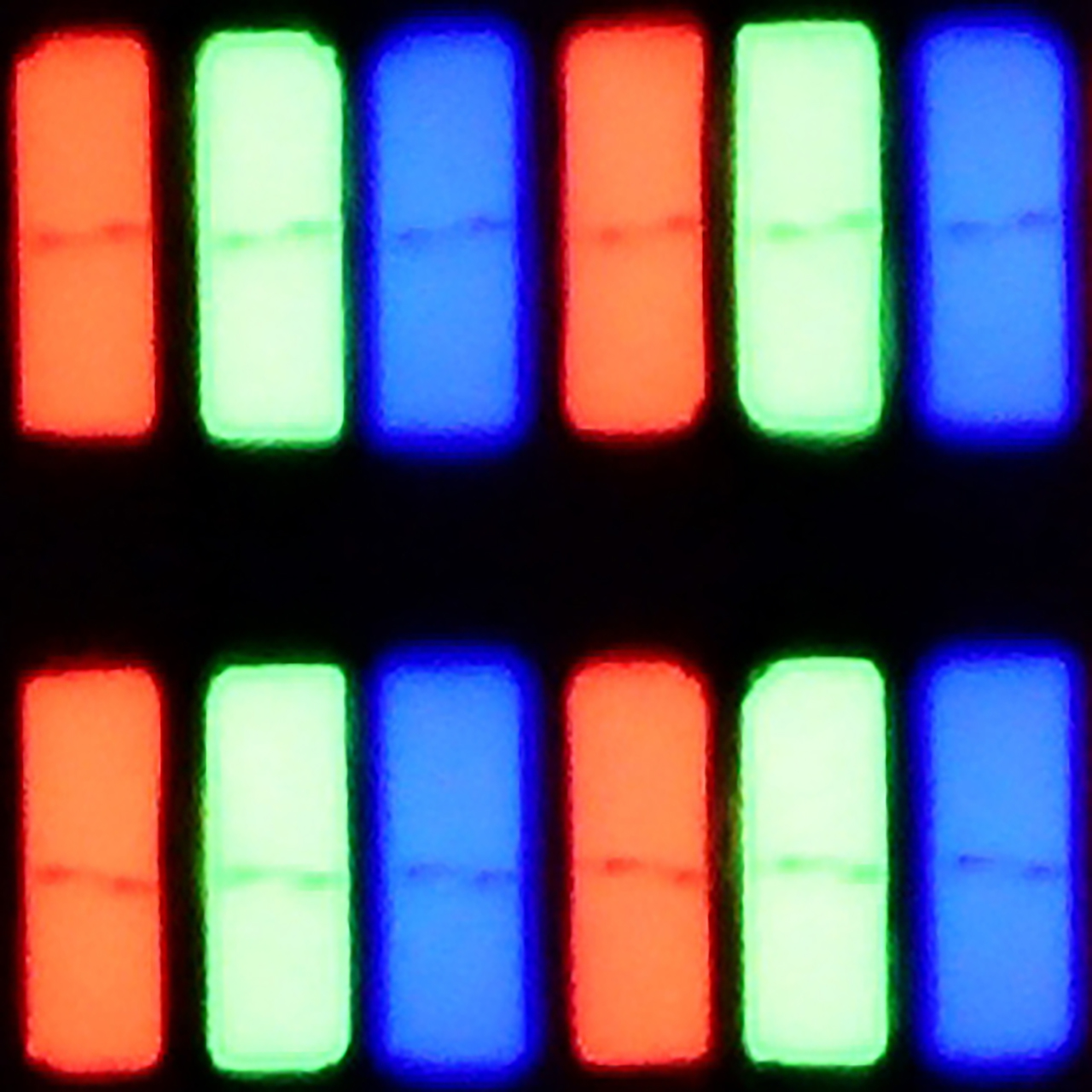
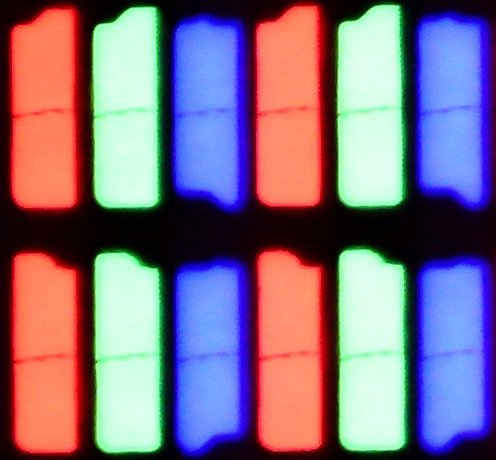
Panel uniformity and thermal imaging:
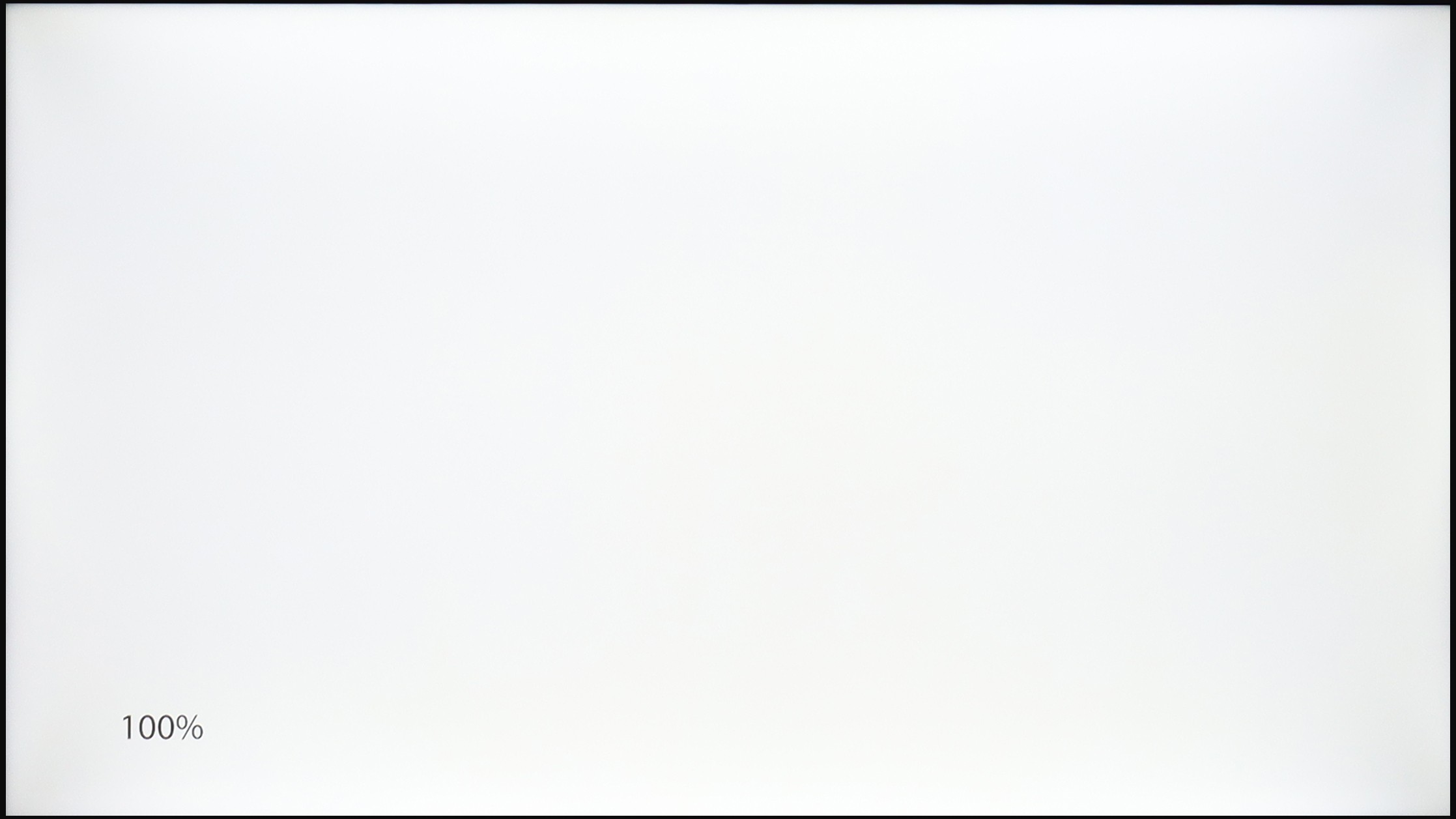
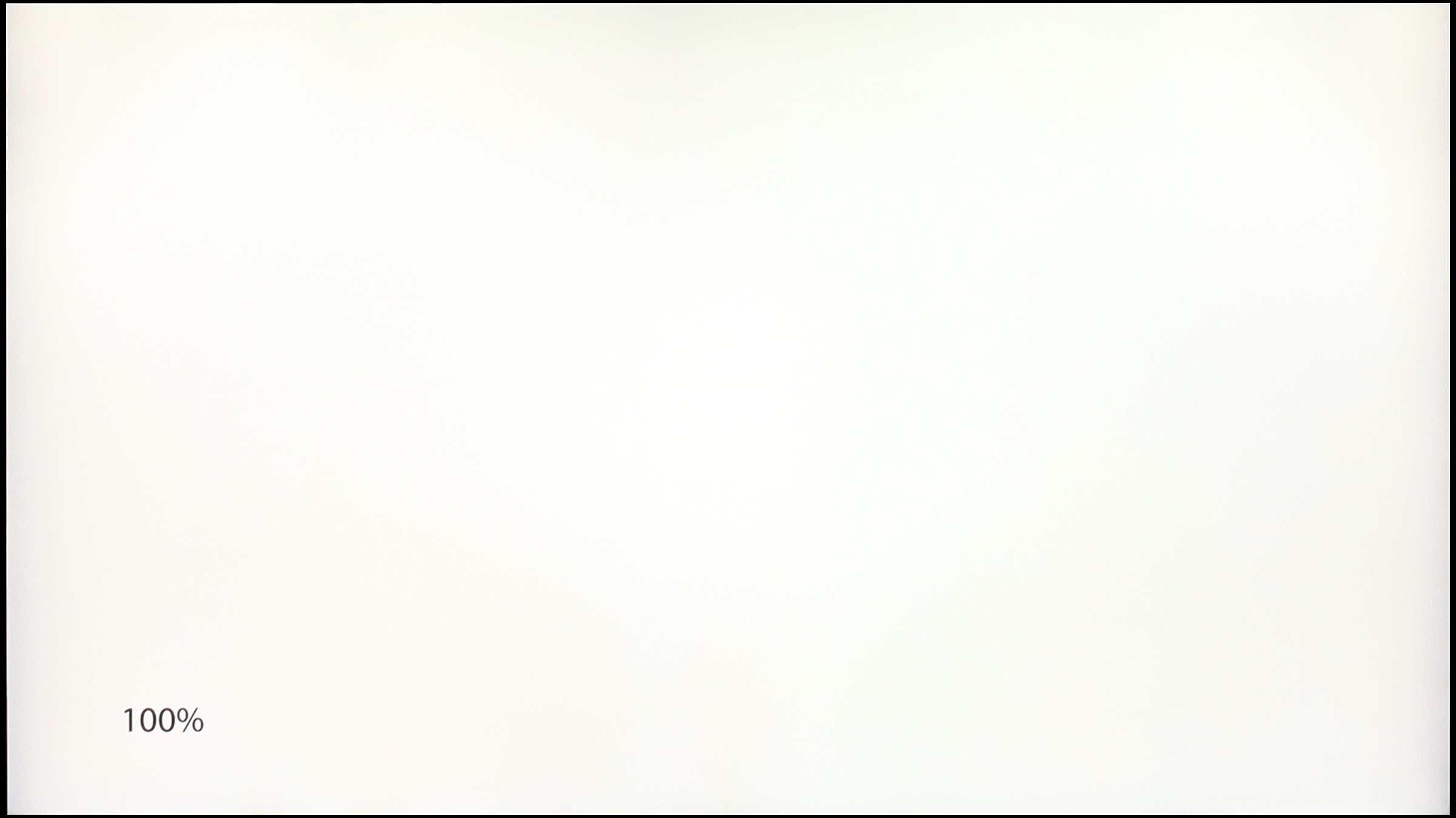
LG UA75006LA (IPS)
LG QNED86A / QNED85A / QNED87A
TV features
7/10
8.4/10
- HDMI inputs3 x HDMI 2.0, 0 x HDMI 2.10 x HDMI 2.0, 4 x HDMI 2.1 48Gbps
- OutputsToslink (Optical audio), eARC (HDMI), ARC (HDMI)Toslink (Optical audio), eARC (HDMI), ARC (HDMI)
- Network InterfacesWi-Fi 2.4GHz, Wi-Fi 5GHz, Ethernet (LAN) 100MbpsWi-Fi 2.4GHz, Wi-Fi 5GHz, Ethernet (LAN) 100Mbps
- TV receptionDVB-T, DVB-T2, DVB-S, DVB-S2, DVB-CDVB-T, DVB-T2, DVB-S, DVB-S2, DVB-C
Classic features:
- Recording to USB (terrestrial TV)
- Recording programming
- Picture in Picture (PiP)
- RF remote control (no need to aim at the screen)
- Backlit remote control
- Teletext
- Audio only mode
- Bluetooth headphones support
- Simultaneous Bluetooth headphones & TV audio
Smart features:
- AirPlay
- Screen mirroring (Windows Miracast)
- Voice search
- Voice search in native language
- Ability to connect a keyboard and mouse
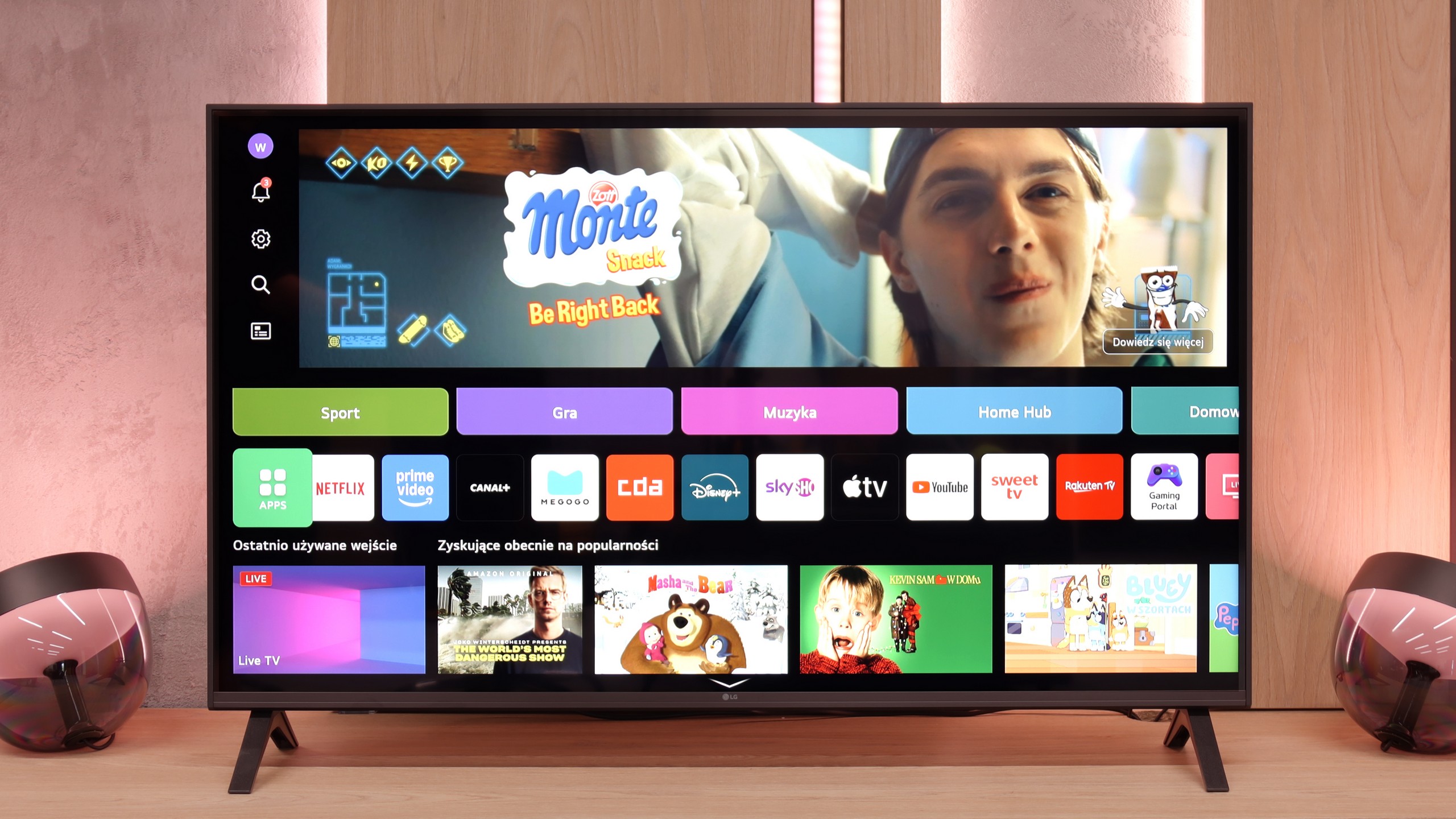
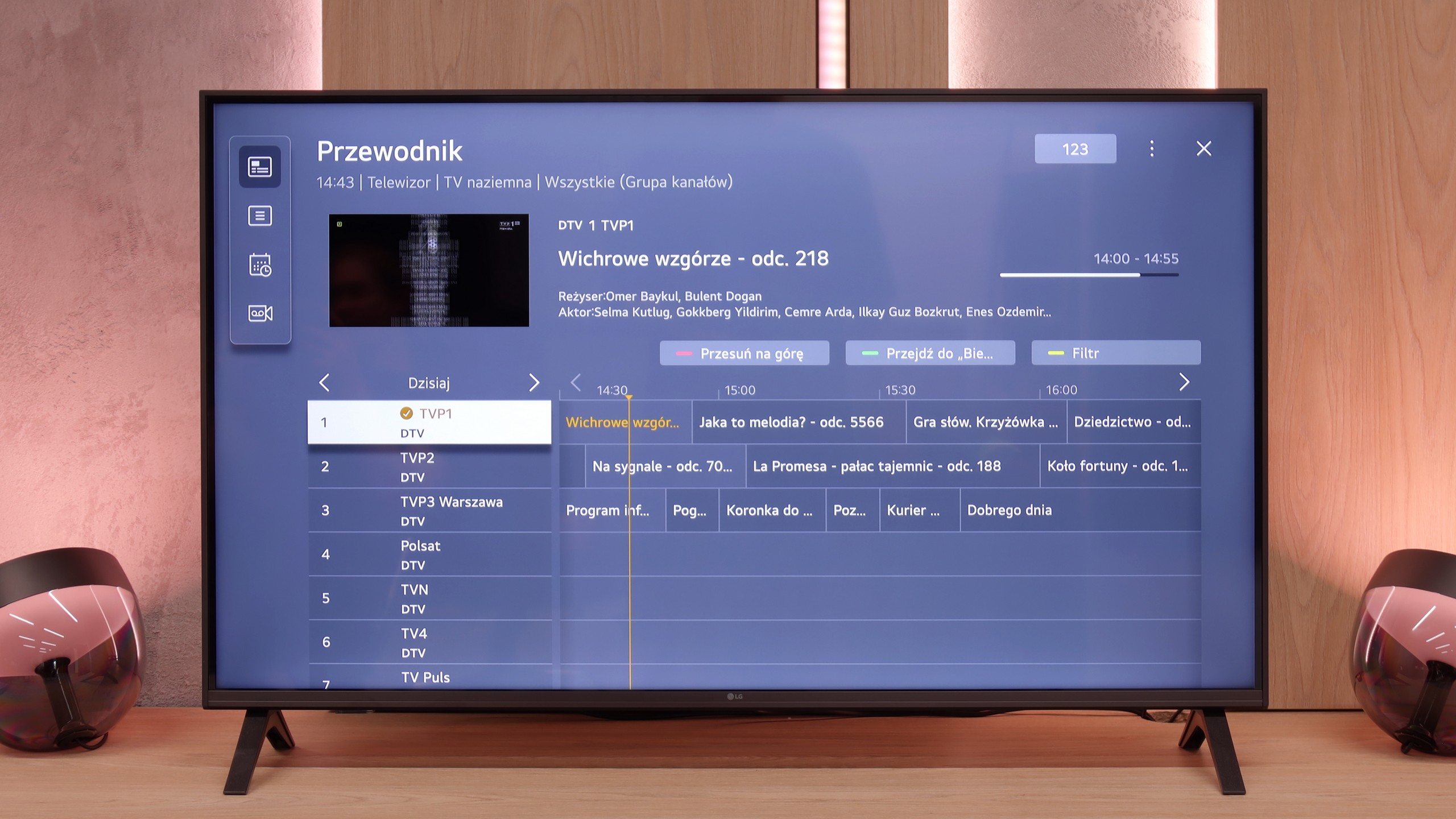
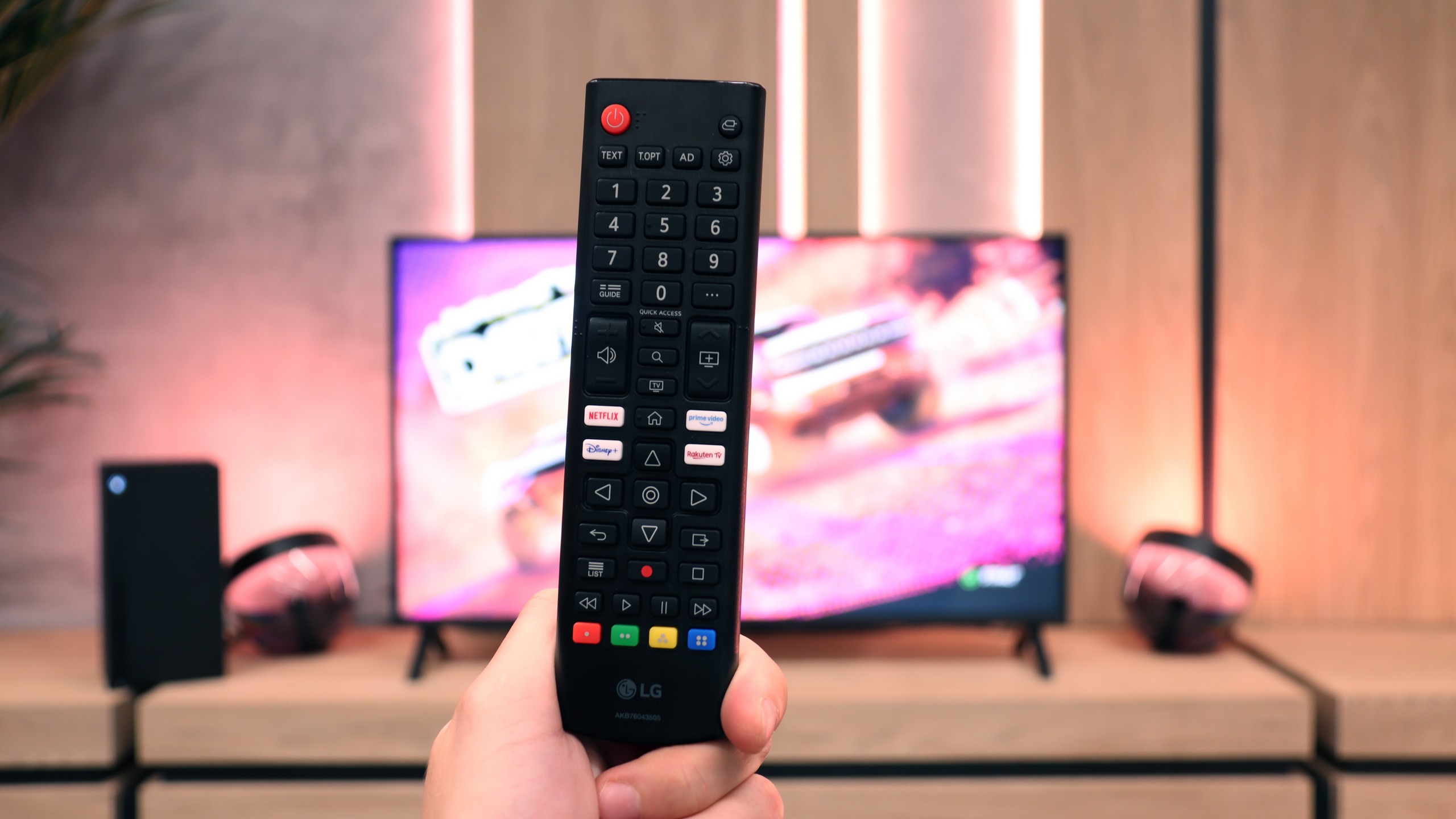
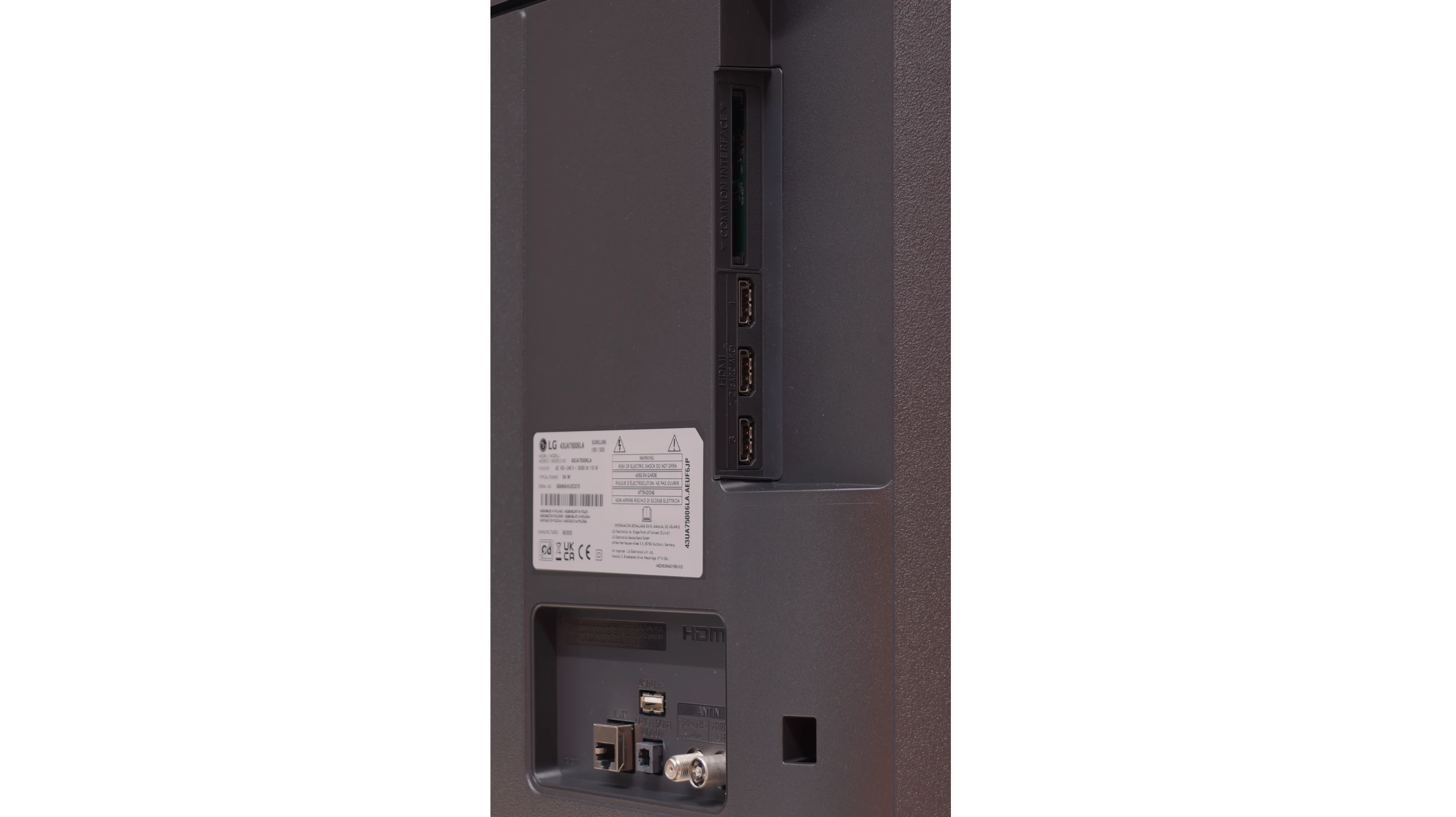
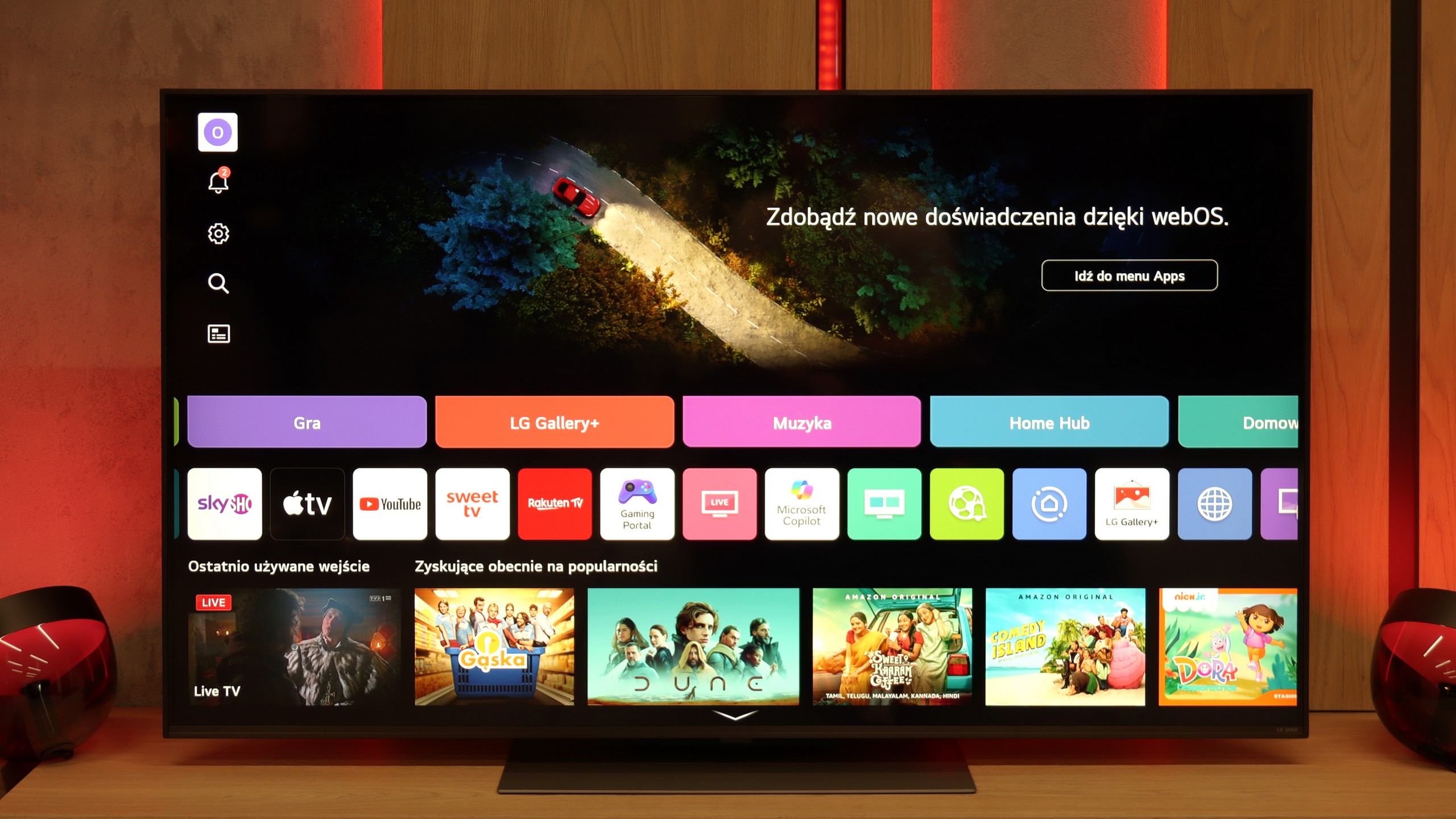
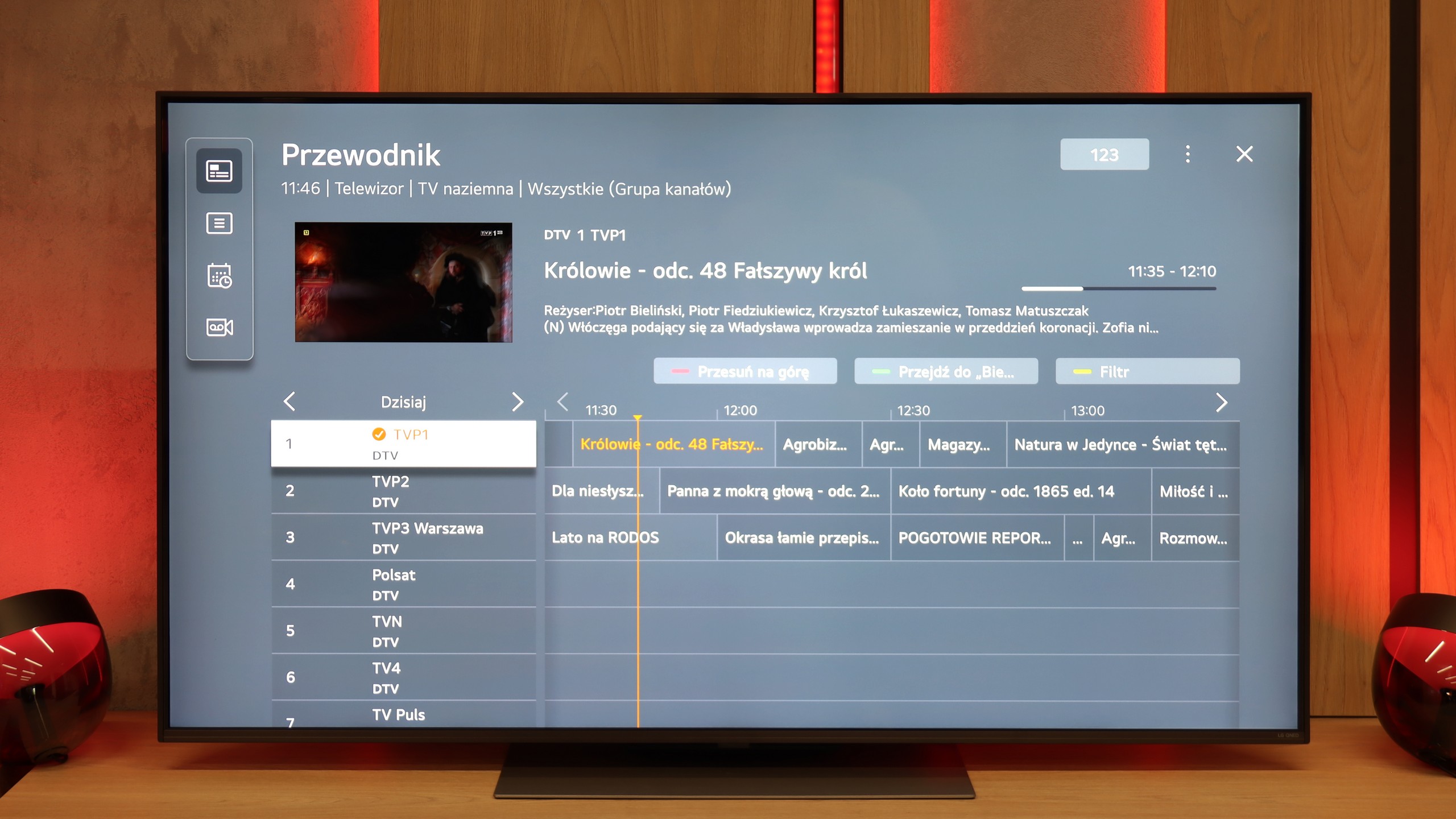
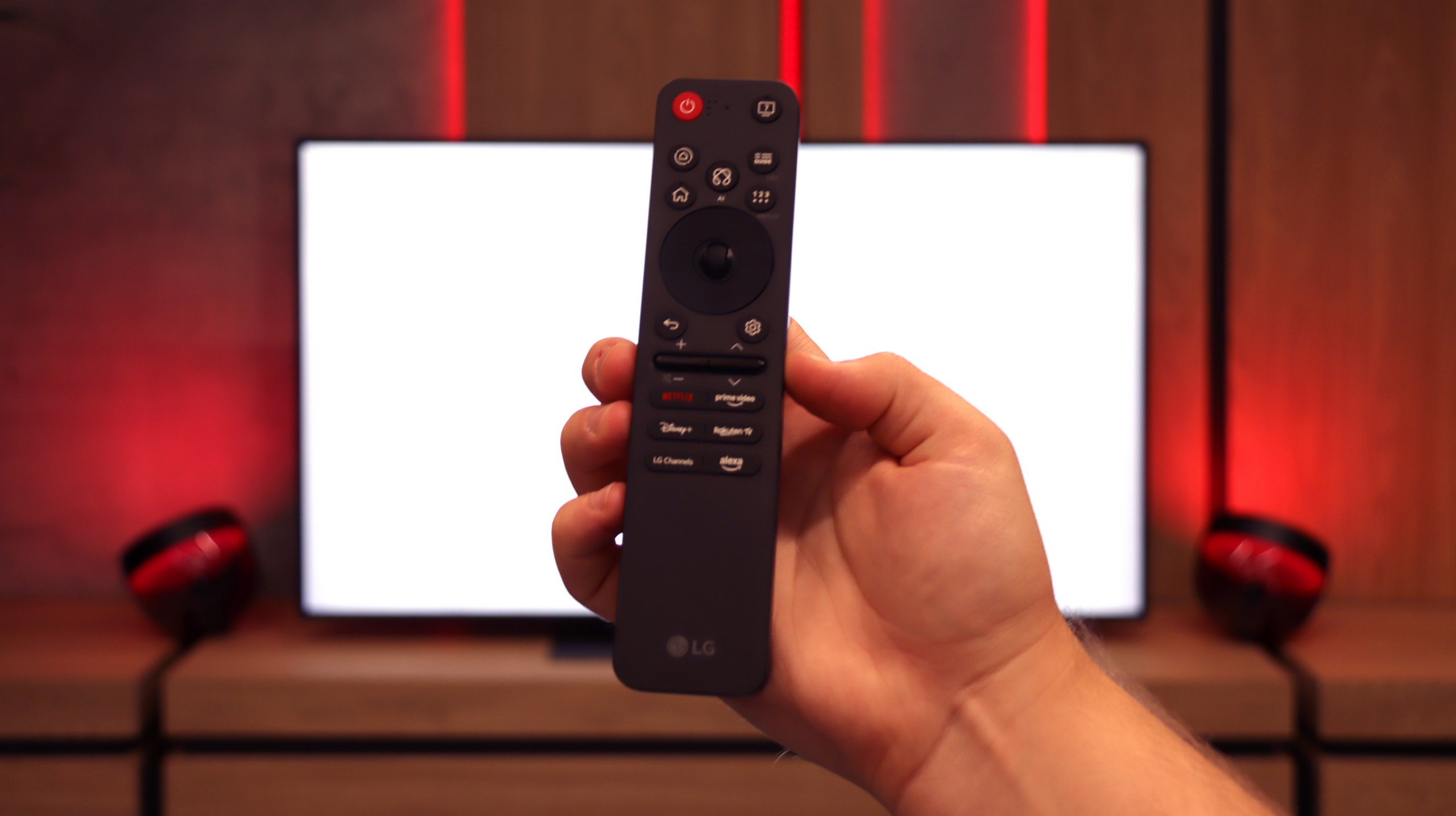
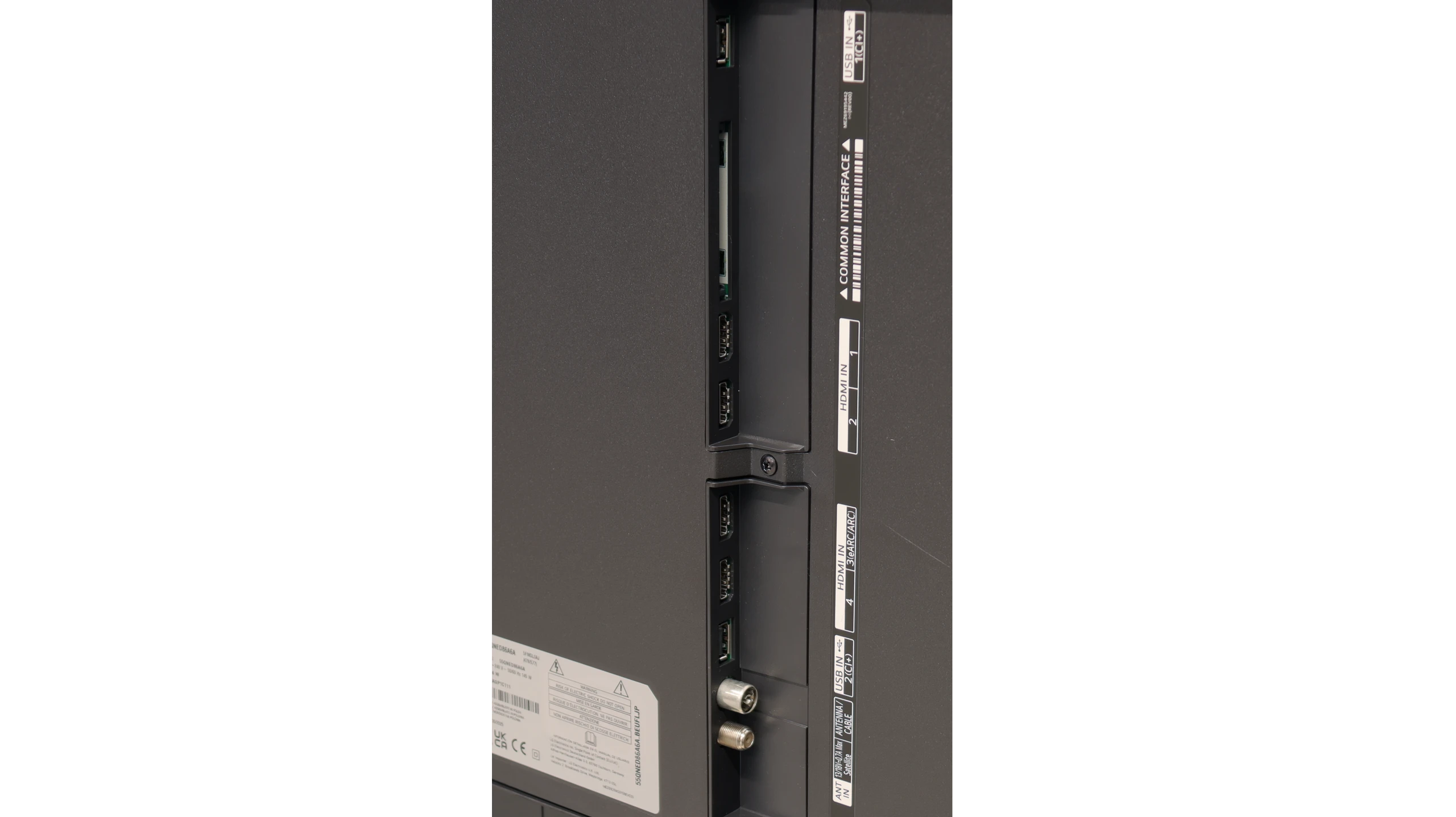
Smart Features: WebOS
A major plus of the LG UA7500 is the use of the webOS system. We gain access to a rich library of applications, support for AirPlay, screen mirroring, and many additional features that allow us to use the television in a truly convenient way. Therefore, it is easy to connect a smartphone, watch something from streaming services, or use music applications. However, a downside is that webOS remains quite a "heavy" system and does not perform as smoothly on the UA7500 as it does on more expensive models. The situation is not helped by the fact that the manufacturer has not equipped us with a Magic remote with a cursor, which significantly speeds up navigation. We get a standard infrared remote control, lacking that "magic" wand. Of course, it can be purchased separately, but considering the cost, it is often better to pay extra for a higher LG model that already comes with such a remote.
Classic Features
In more traditional use, the LG UA7500 does not disappoint either. The remote control is equipped with a numeric keypad and a considerable number of buttons, which will certainly be appreciated by users accustomed to older solutions. Additionally, there is the ability to record programmes to USB from the built-in tuners and a fairly readable EPG interface, which makes planning a television viewing session easier. A downside remains the fact that the remote always requires aiming at the screen – but we believe that most more traditional users can forgive this, treating it as a familiar and tried-and-true tool.
Smart Features: webOS
QNED86A6A operates on the well-known webOS – a system that has been a strong point of LG televisions for years. Everything runs quickly and stably, applications launch without significant delays, although the interface can occasionally feel a bit overwhelmed by advertisements. Fortunately, on a day-to-day basis, convenience outweighs these shortcomings. A significant advantage is the Magic Remote control, which allows you to operate the cursor like a mouse – it's one of those solutions that you quickly get used to and find it hard to give up later. In the new version, the remote is slimmer, as it has been stripped of the numeric keypad. Some will appreciate the simplicity, while others will miss the classic set of buttons; it's more a matter of habit.
Classic Features
We also find a few features on board that may not always be obvious in 2025. There is the ability to record programmes from the built-in DVB-T2 tuners to USB, so you can easily return to a match or series at any time. In the evening, Bluetooth headphone support will come in handy – especially if someone in the house falls asleep quicker than we do. Additionally, there is a full set of HDMI 2.1 ports with eARC support and audio formats such as Dolby Digital and Dolby Atmos.
Playing files from USB
8.2/10
8.9/10
Supported photo formats:
Maximum photo resolution:
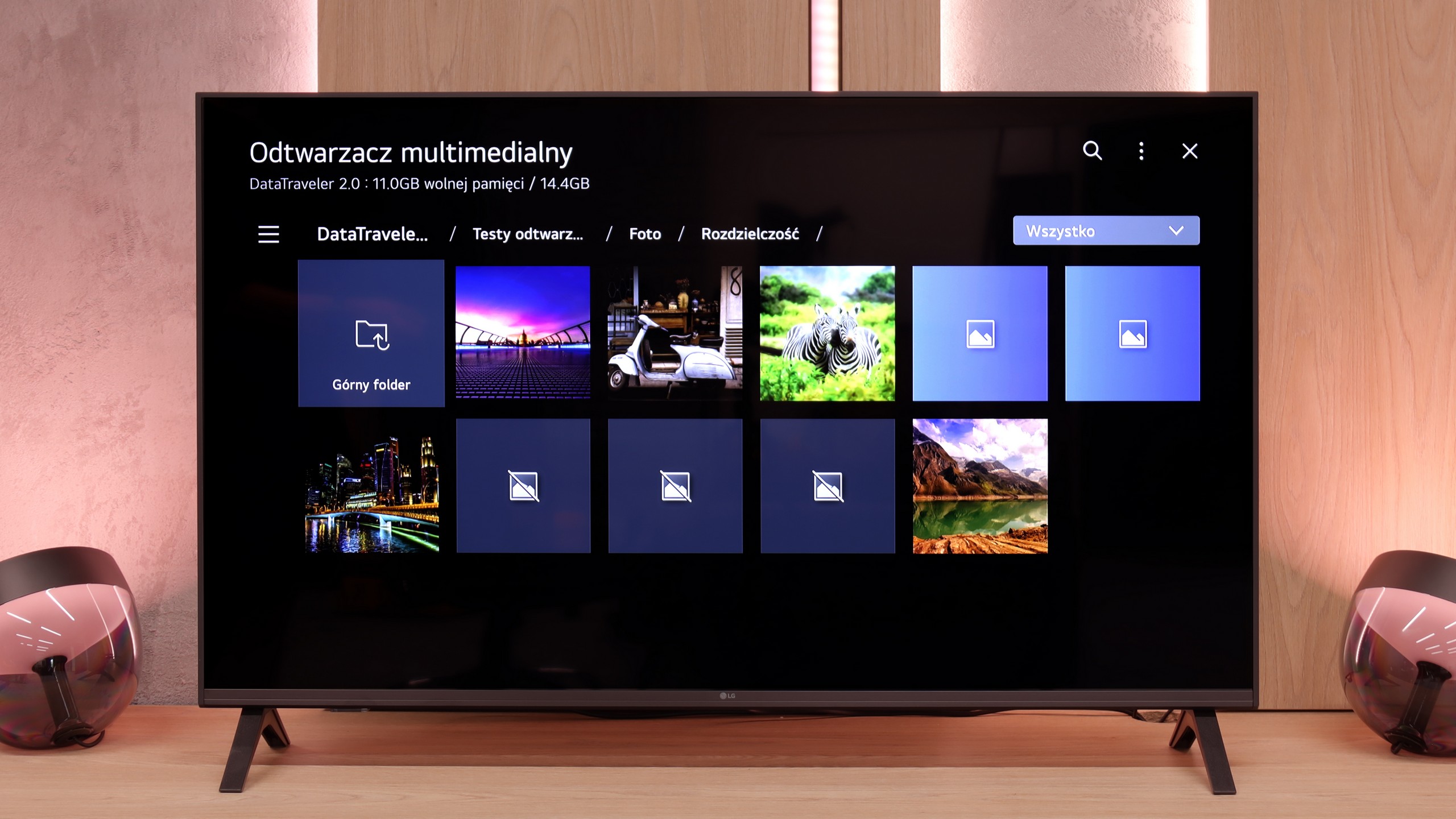
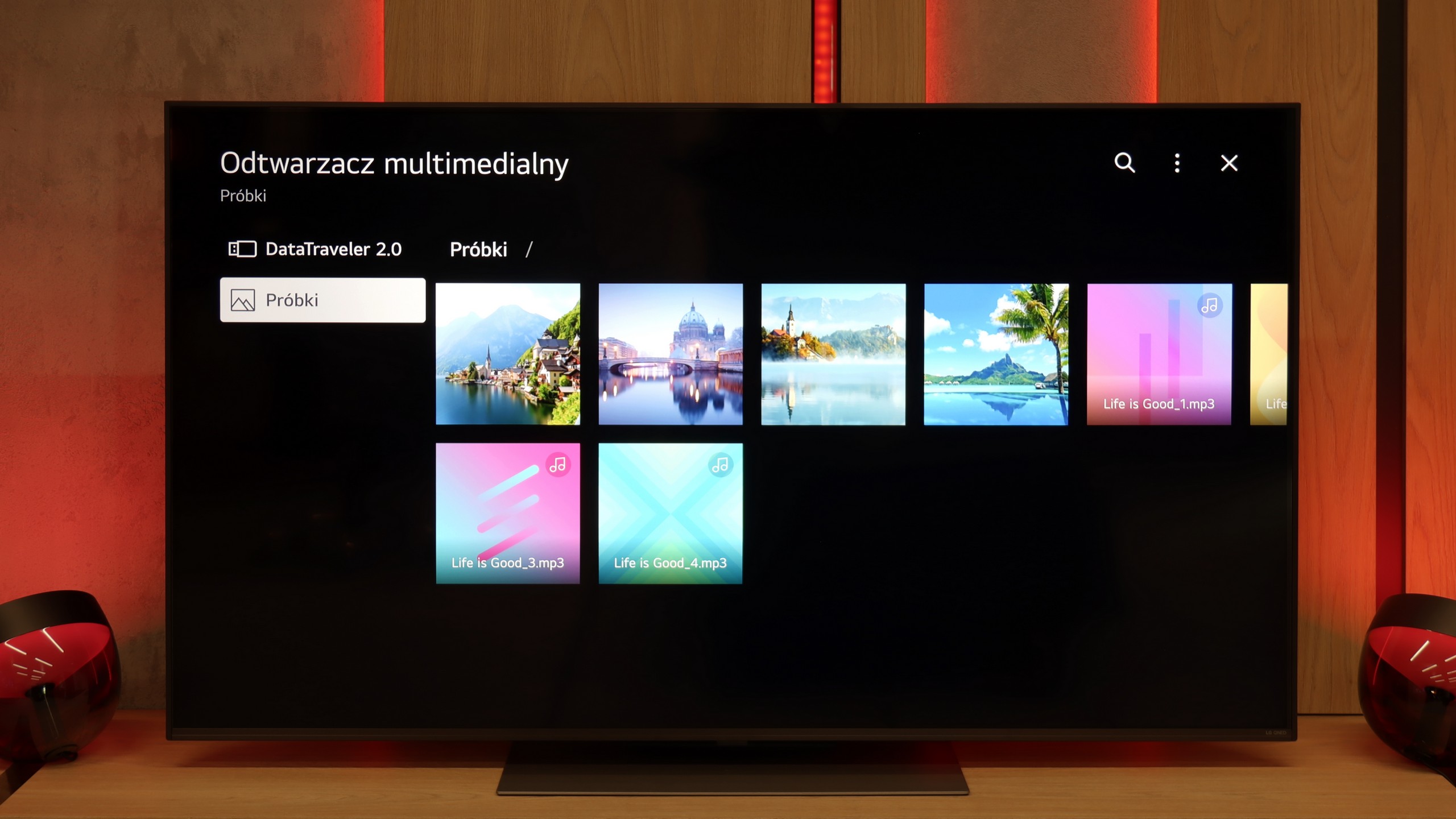
The media player on the UA7500 works fine – films or music play without major issues and this should suffice for most people. However, one thing caught our attention: the television does not support all photo formats. In practice, this means that if we upload photographs straight from our smartphone onto a pen drive, some may simply not open. It’s a minor detail, but it’s worth keeping in mind. Fortunately, you can always use wireless streaming to display photos on the screen in another way.
The built-in media player in the QNED86A6A performs quite well with the most popular audio and video formats. During testing, we had no issues playing MP4, MKV, or MP3 files; everything played smoothly and without stutters. The television also handled most images, although we encountered a typical barrier for many manufacturers – lack of full support for the HEIC format from Apple. So if you use an iPhone daily and store photos in this standard, you will need to convert them beforehand or, better yet, transfer them using AirPlay. Other than that, it’s hard to find fault as, for a built-in solution, it's really decent.
Apps
9.1/10
9.1/10














































Sound
6/10
6/10
- Maximum volume81dB84dB
- Dolby Digital Plus 7.1
- Dolby True HD 7.1
- Dolby Atmos in Dolby Digital Plus (JOC)
- Dolby Atmos in Dolby True HD
- DTS:X in DTS-HD MA
- DTS-HD Master Audio
In terms of sound, the LG UA7500 does not impress with powerful bass or the highest volume, but it performs surprisingly well. Our impression was that it is better than most of the cheapest budget televisions and works quite well in everyday use. It will be just right for news, programs, or series.
In terms of sound quality, the QNED86A6A performs quite decently, but there's no denying that it isn't at a level that would impress home cinema enthusiasts. The sound is clear and distinct, with dialogues easy to hear, but overall it sounds rather flat and definitely lacks solid low tones. For everyday television viewing, streaming services, or news, this level is acceptable; however, if you plan to watch movies or play games more often, even a basic soundbar will make a significant difference.
Sound Quality Test
No sound test video
Acoustic Measurements
81dBC (Max)
75dBC
84dBC (Max)
75dBC
